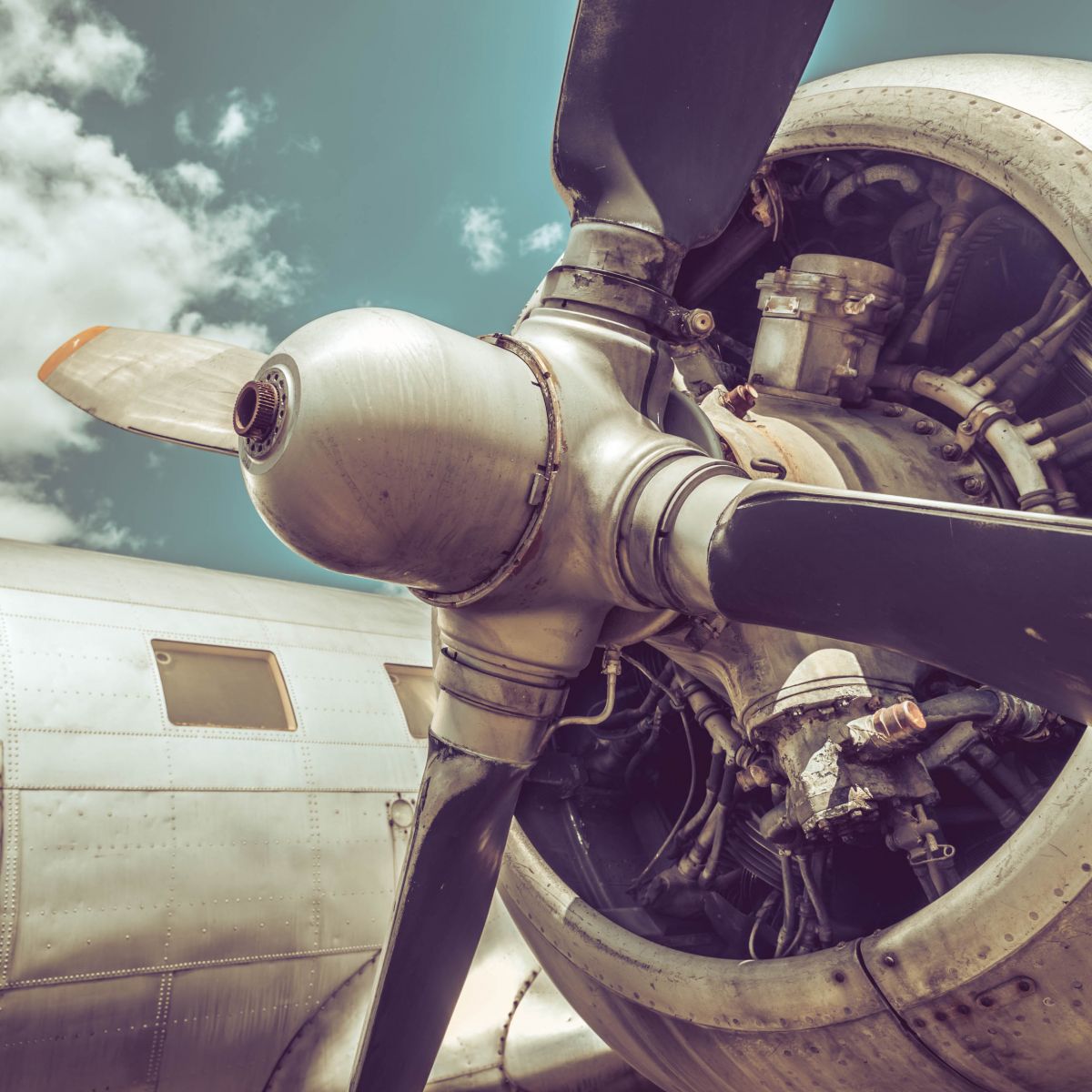
Western North Carolina is known for its rich history, and aviation is no exception. A multitude of pilots call our region home. By sharing a piece of their stories, we pay tribute to these individuals that played an active role in shaping aviation in WNC.
We welcome the opportunity to honor pilots in our area. If you would like to share a local pilot’s history, contact us at pr@flyavl.com.
United States Air Force
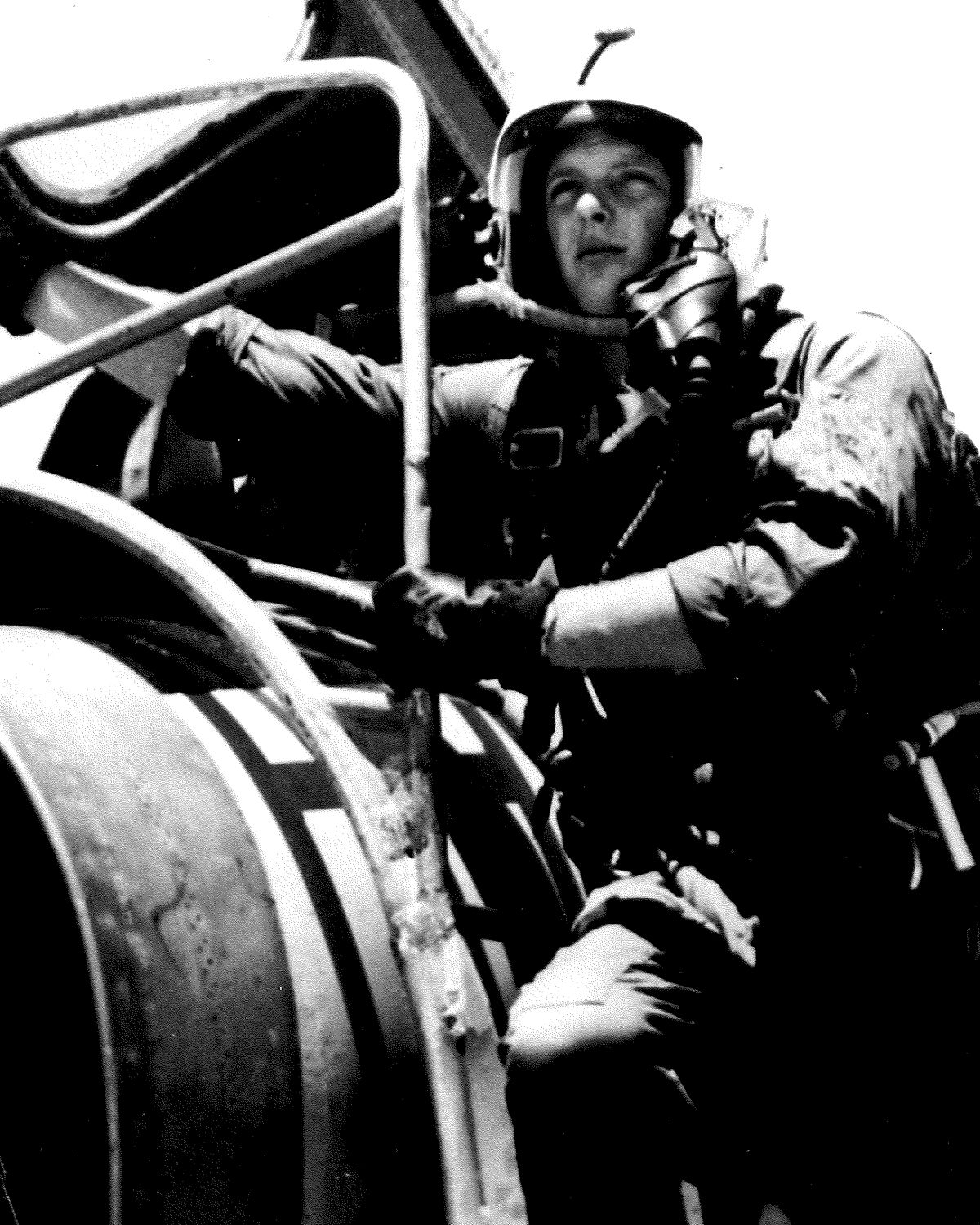
Lieutenant Glenn Dalton Allen Jr.
Lieutenant Allen was born on September 27, 1939, in Hendersonville, NC, to Glenn and Jennie Allen. He graduated from Etowah High School (now Etowah Elementary) on May 17, 1957; attended Clemson University graduating with a Bachelor of Science degree in mechanical engineering in 1961. While at Clemson, he was a member of the Air Force ROTC and a member of the W.J. Stamey Squadron of the Arnold Air Society.
He entered the Air Force as a Second Lieutenant. He received his flight training at Craig Air Force Base in Selma, Alabama and was assigned to Perrin Air Force Base in Denison, Texas for air combat training.
Lt. Allen was assigned to Clark Air Force Base in the Philippines in 1963 during the Vietnam War where he flew the F-102A “Delta Dagger” (aka “The Deuce”). He received the Air Medal “while participating in sustained aerial flight from September 18, 1964 to November 22, 1964…under constant exposure to enemy ground fire.” He was also awarded the Air Force Commendation Medal “for meritorious service” from August 5, 1964 – September 1, 1965. Lt. Allen was reassigned to the former Donaldson Air Force Base in Greenville, South Carolina as a test pilot. His plans included completing a master’s degree at Furman University in order to continue his career as a test pilot in the United States Air Force.
Lieutenant Glenn Dalton Allen, Jr. died while in the service of our country as a member of the United States Air Force in a plane crash on December 31, 1965. He is survived by his wife, Wanda Kay; two sons, Erick and Chris; his parents and older brother.
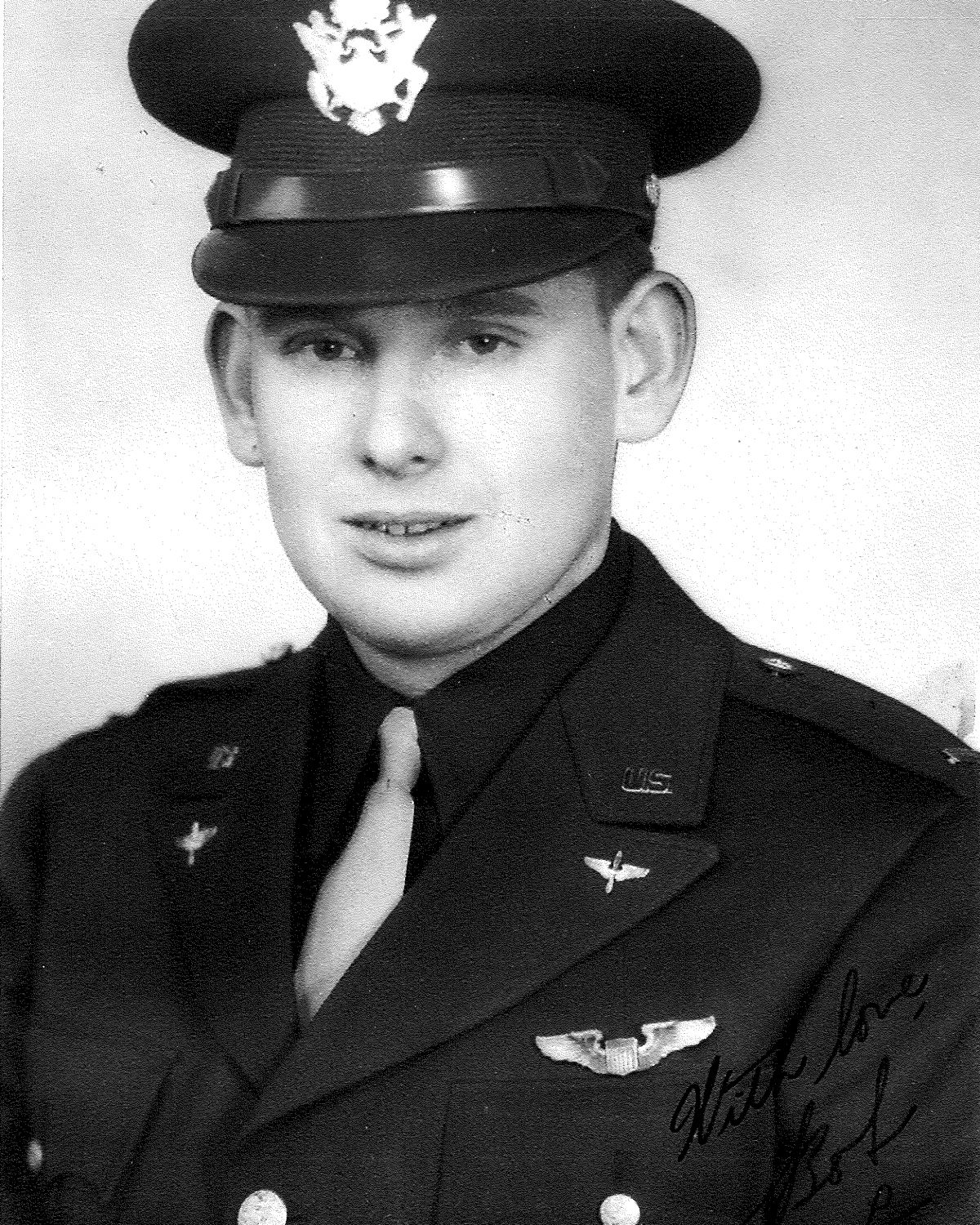
Lieutenant Colonel Robert E. Augur
Lt. Colonel Robert E. Augur was born January 6, 1922 in Lynn, MA. He graduated for Lynn English High School in 1940 and enlisted in the Army Air Corp on September 5, 1940.
Basic training was completed at Ft. Devens, MA and he was assigned to newly activated Westover AFB in Springfield, MA. In 1941, he was assigned to newly activated Dow Field in Bangor, ME, where he fell in love with the B-24’s as they passed through on their way to Canada and England. He was still based in Bangor when the Japanese attacked Pearl Harbor and spent many nights on guard duty.
Lt. Colonel Augur was accepted in flight training in early 1942, attended Aviation Cadet School (Preflight) at Montgomery, AFB, AL, assigned to Class 43-B. Primary flight training in Decatur, AL where he flew the Stearman PT-17; basic flight training at Walnut Ridge, AR where he flew the Vultus BT-13; advanced flight training at George Army Airfield, IN where he flew the Beech AT-10.
Commissioned as a 2nd Lieutenant and awarded Army Air wings on February 15th , 1943; trained in the B-24 at Smyrna Army Airfield, TN; assigned to Clovis NM as B-24 pilot. He was assigned to Biggs AAF, TX as a B-24 and B-17 instructor, later transitioned to the B-29. He bailed out of a B-29 over NM in April 1945.
He was assigned a B-29 Combat Crew and was traveling, by train, to California to deploy to the Pacific when the atomic bomb was dropped. He left active duty between was but was recalled as a B-29 instructor when the Korean War broke out; was assigned to McDill AFB, FL and was eventually grounded due to a knee injury sustained in bailout. He was then assigned as a Personnel Officer and spent the rest of his career moving between Headquarters Tactical Air Command at Langley AFB, VA and the Tactical Air Warfare Center at Eglin AFB, FL.
Lieutenant Colonel Augur retired from the USAF on May 31, 1967 at Eglin, FL and moved to Asheville, North Carolina, where they spent many summer vacations in previous years. Living in Asheville, he worked for the Social Security Administration as a claims representative until 1977 when his wife and mother of his three sons, Eleanor Lois Grant Augur died. He remarried in 1981 to Leona Moreau, she died in April 2009.
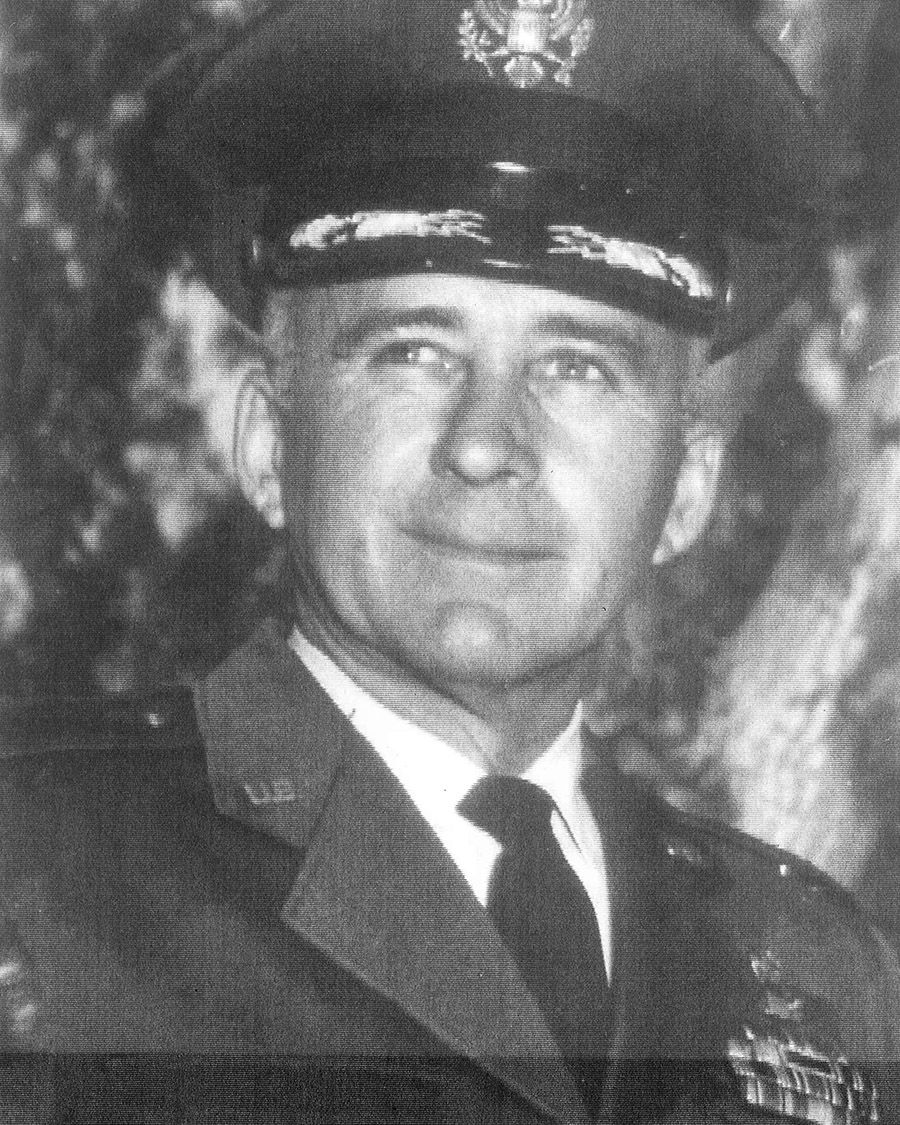
Colonel Clyde W. Bradley, Jr.
Colonel Bradley was born and raised in Asheville, North Carolina, enlisted in the Air Force during World War II and flew out of England with the 8th Air Force.
He flew 25 missions over Germany, was requested to fly 5 additional missions and was shot down on the last one over Berlin, flew for hours trying to get to the English Channel, crash landed in Northeast Germany. He tried to escape but was captured three days later. He was imprisoned in the Stalag Luft #3 for 1 year and 11 days.
Colonel Bradley retired from the Air Force after almost 30 years of service and moved to Montgomery, Alabama.
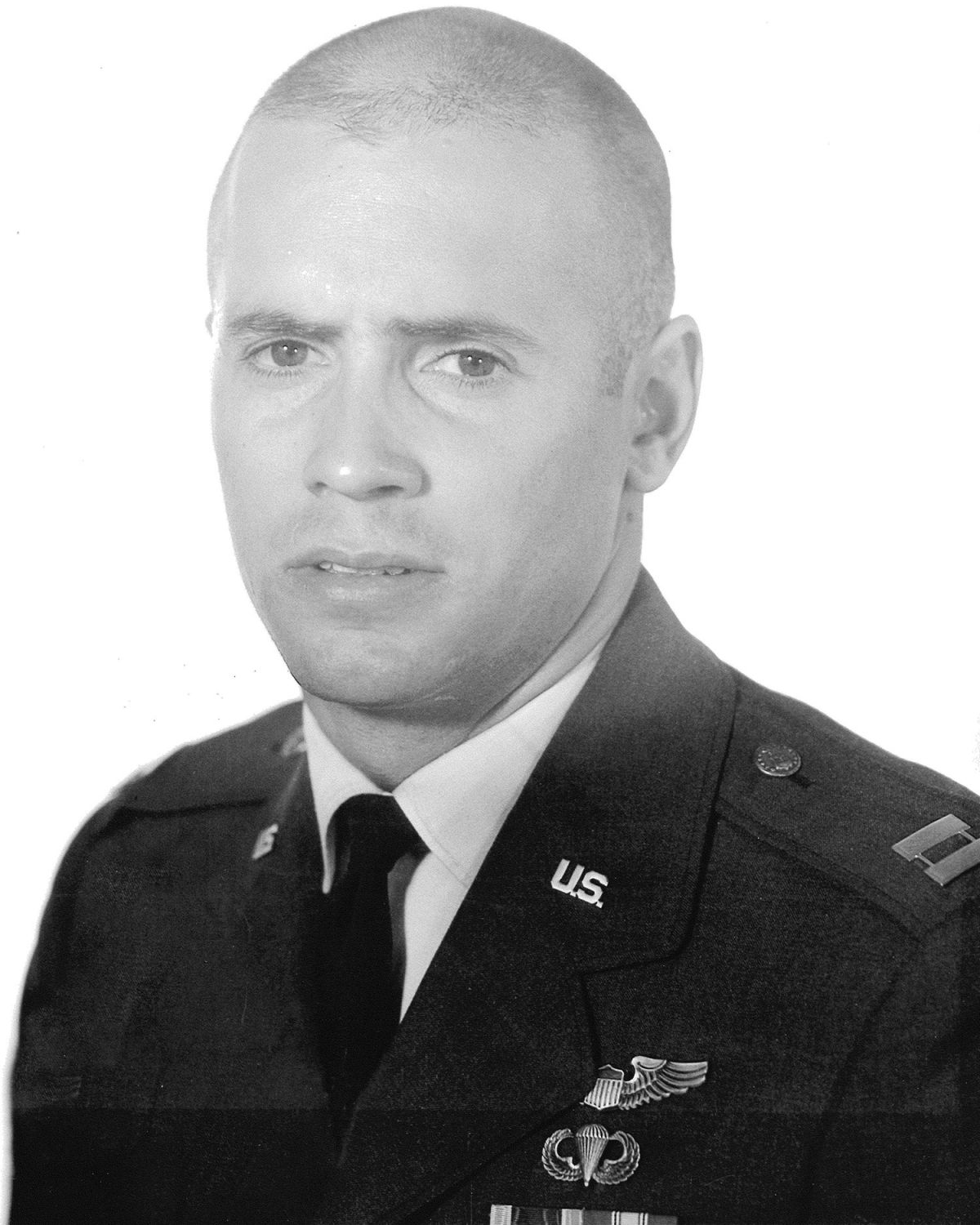
Lt. Colonel William Joseph Brooks,III
Lt. Colonel Brooks was born July 4th, 1943 in Canton, North Carolina. He attended Western Carolina University where he received a Bachelor of Science degree in chemistry and was a member of the Theta Xi fraternity and was commissioned in 1967 through the Air Force Officer Training School. He completed Squadron Officers School, Air Command and Staff College and Air War College.
He received his pilot wings in 1968 after completing Undergraduate Pilot Training at Webb Air Force Base, TX. He completed fighter training at Nellis Air Force Base, NV, served as a pilot in the 428th F-III Tactical Fighter Squadron; the 306th F-100 Tactical Squadron; the 353rd A-7 Tactical Fighter Squadron and the 3rd A-7 Tactical Fighter Squadron.
Lt. Colonel Brooks entered the USAF Test Pilot school in 1975 at Edwards Air Force Base, CA, after graduation, he completed an assignment as an A-7 and F-4 test pilot at Elgin Air Force Base, FL, then was selected to serve as an exchange test pilot with the Royal Canadian Air Force (RCAF) at Cold Lake, Alberta.
During his tour he participated in the selection of the F-18 Hornet as the new fighter aircraft for the RCAF. He was assigned to the USAF Test Pilot School in 1981 as Director of High Angle Attack and Spins Division; assigned in 1983 as Deputy Director of the F-15 Eagle Combined Test Force and was instrumental in defining the spin characteristics of this new fighter. He was selected to serve as Director of the F-15 Anti satellite Test Force in 1984, this culminated with the first ever successful intercept of an actual orbiting satellite in 1985.
He resumed his duties in September 1985 to Headquarters Air Force Systems Command.
Lt. Colonel Brooks is a command pilot with more than 4000 flying hours, including 400 combat hours. His military awards include: the Distinguished Flying Cross, nine Air Medals, two Meritorious Service Medals and the Republic of Vietnam Gallantry Cross with palm.
He is married to Catherine Jayn they have two sons, Billy and Bobby. He is presently the instructor of the Aerospace Science AFJROTC program at Tuscola High School in Waynesville, NC.
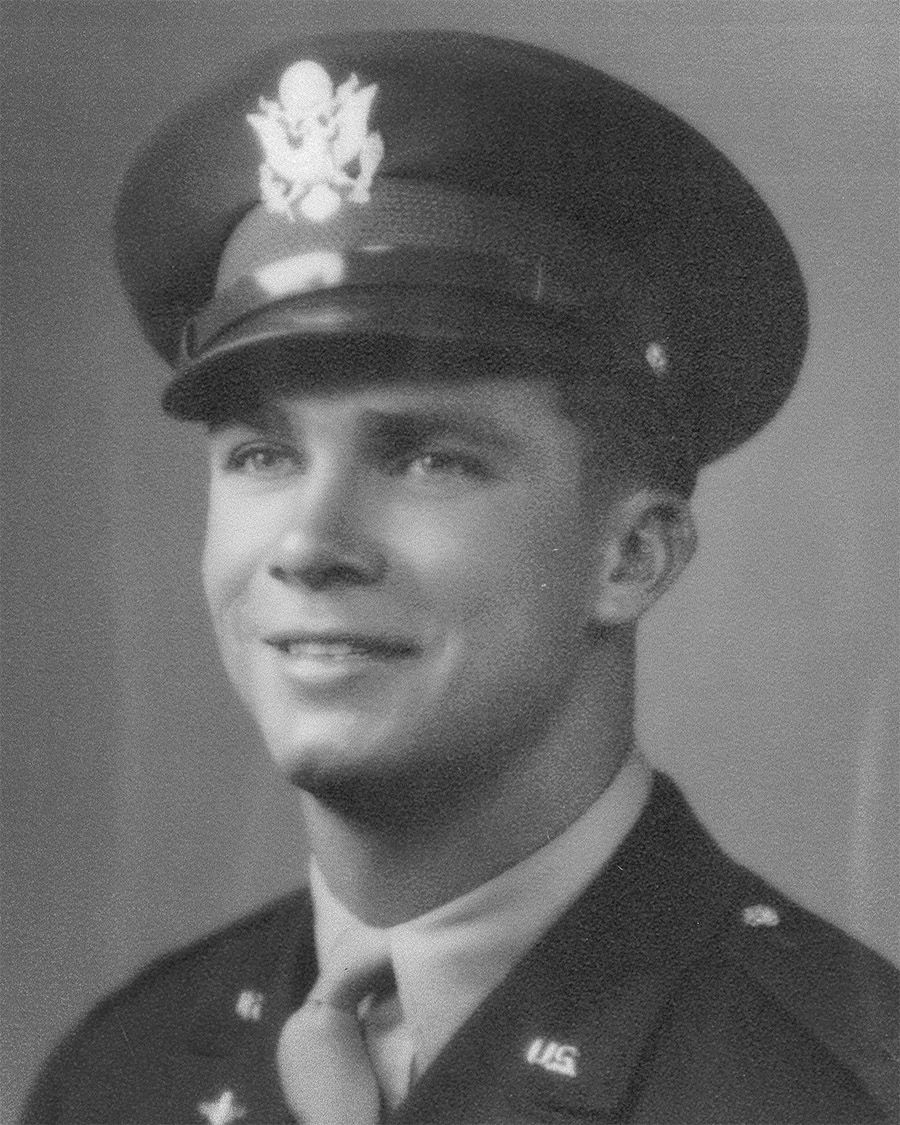
First Lieutenant William L. Callahan, Jr.
William Callahan, Jr. was born in Asheville, North Carolina in 1922. He graduated from Asheville High School in 1939, attended University of North Carolina, 1940-1942. He entered the United States Army Air Force in 1942, serving in World War II.
He trained in the U.S. as a pilot flying B-24’s over the Atlantic to Italy in the 15th Air Force Division at the age of 19. On the seventh bombing mission, their plane was shot down. Fortunately, the crew was safe. They were able to land in Russian territory and make their way back to base by way of Budapest, Hungary and other points by freight train. They were missing in action about three months.
1st Lt. Callahan was honorably discharged and awarded Four Battle Stars; Air Medal and Oak Leaf Cluster.
He returned to Asheville and the University of North Carolina in 1946 and was president of Delta Sigma Pi Fraternity. He attended Emory University School of Dentistry, 1947-1951 and graduated in the upper 15% of class.
1st Lt. Callahan married Margaret Andis Hyder in 1947. They have two sons, William M. Callahan, DDS and Robert Callahan and four grandchildren. Father, William L. is known as “Dr. Dad” and son William M. share a dental practice.
He has served on many committees and councils at universities and in his local community as well as being a devoted family man.

Lieutenant Colonel Oliver Carscaddon

Lieutenant Colonel Philip E. Colman
Born December 1, 1921 in Roanoke, Virginia; enlisted in the Army Air Corps in January 1941 and graduated with Class 42-1. He was assigned to tow targets at Eglin Field, Florida, checked out in Fighter Aircraft in April 1943 and was shipped to China where he was assigned to the 26th Squadron, 5th Fighter Group of the Chinese-America Composite Wing, flying the P-4 ON.
Colonel Colman scored his first combat victory in July 1943 while escorting B-24’s to Yochow, nearing their target, Japanese fighters attacked and he downed a Tojo as it turned in front of him. He destroyed another Tojo in August, in October he shot down an Oscar and also claimed a probable and two damaged thus becoming the only Ace in the group. Colman scored his last victory in WWII in January 1945 when he downed a Tojo near Hankow while escorting B-24’s.
After World War II, he joined the Georgia Air National Guard and at the outbreak of the Korean War in 1950, Lieutenant Colonel Colman returned to the Georgia Air National Guard and was named Commander of the 158th Fighter Squadron in Savannah while flying F-84’s until he retired in 1958.
He established a Volkswagen dealership but sold it in 1974. He became active is real estate and ultra-light aircraft sales.
Lieutenant Colonel Colman is the recipient of the Distinguished Flying Cross with Four Oak Leaf clusters and the Air Medal with Five Oak Leaf clusters.
He now resides in Flat Rock, North Carolina.
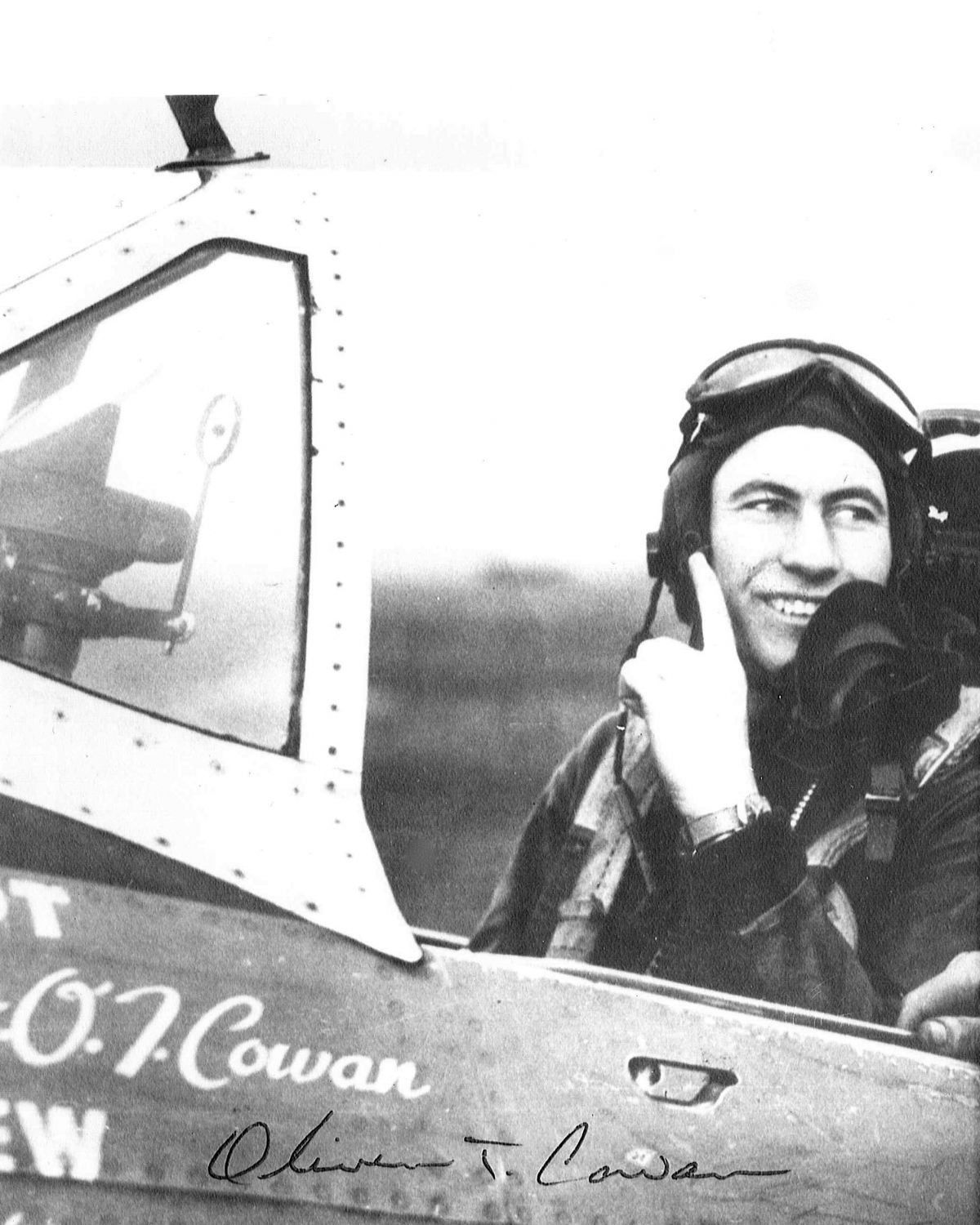
Captain Oliven T. Cowan
A resident of Waynesville, North Carolina, Captain Cowan is a retired superintendent of Burlington, North Carolina Public Schools and now active in community service.
Captain Cowan received his B.S. Degree from Western Carolina University; his Masters from Vanderbilt University; and his Ph.D. from the University of North Carolina. He has held many positions in the field of education.
He flew with the “Hell Hawks” fighter group, 388th Squadron at Omaha Beach and his unit was the first American fighter group to fly combat missions in Europe, based on German soil in World War II. He flew P-47s on 88 missions in the European Theater Captain Cowan is the recipient of two President Unit Citation with Oak Leaf clusters and has been decorated by the governments of France and Belgium.
Captain Cowan has the distinction of shooting down one of the few ME-262s destroyed by piston driven planes (the fastest aircraft in the world at the time) on February 22nd, 1945 which he received the Distinguished Flying Cross although he destroyed several planes on the ground. His fighter group encountered four more ME-262s, resulting in Germany’s loss of their greatest fighter pilot, Colonel Gunther Lutzow.
At the time he downed the ME-262, Captain Cowan had more than 150 combat hours and received the Air Medal with nine oak leaf clusters and came home a 21 year old Captain.
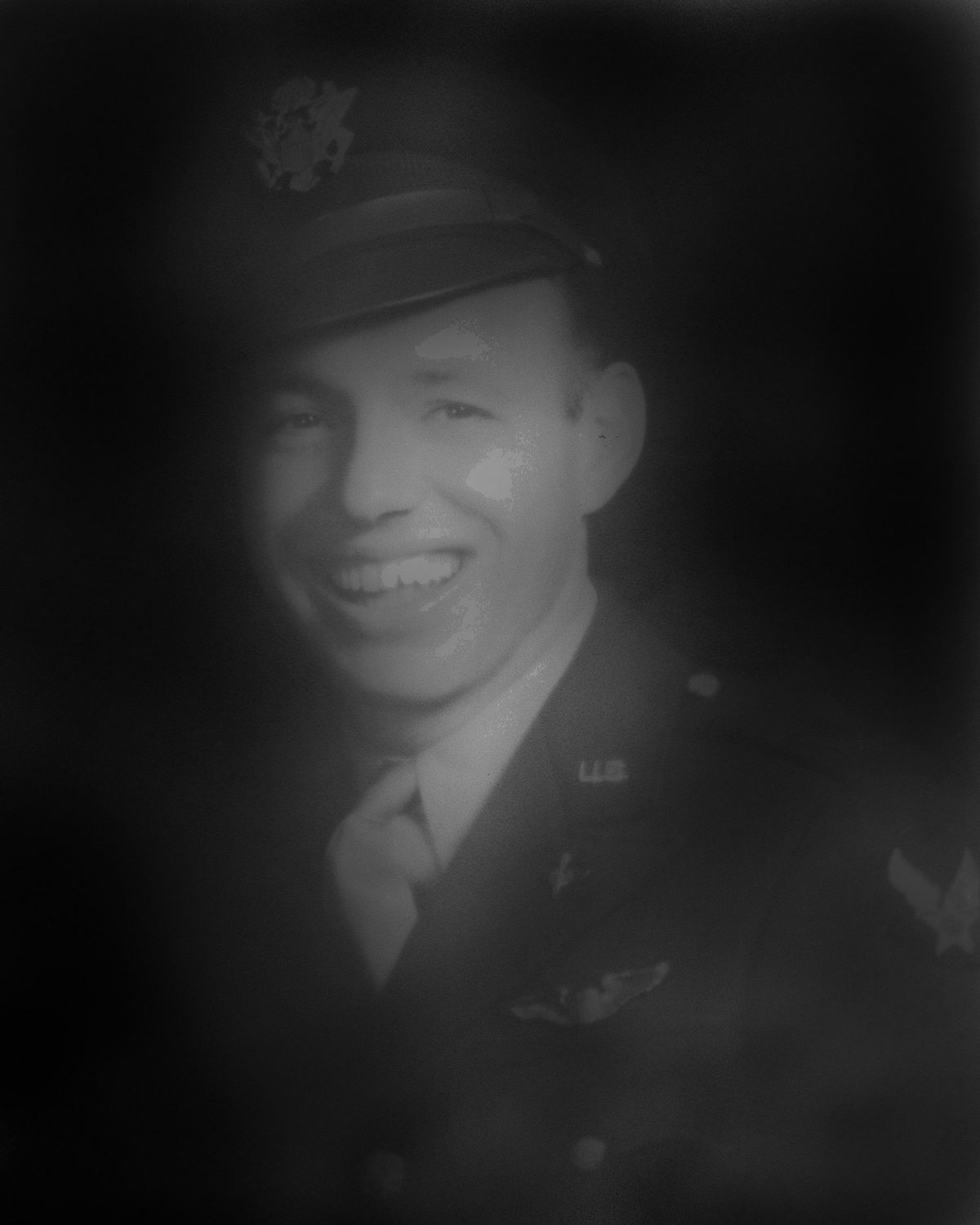
Colonel Floyd Russell Creasman
Colonel Floyd Russell Creasman was born in 1917, lived in Haywood County, North Carolina. He attended Farm School (now Warren Wilson College).
He joined the United States Army in 1934 and remained in the Reserves after his tour of duty.
He was called to active duty in the early 1940’s, received his wings and commission from the Air Force base in Valdosta, Georgia.
He flew forty plus combat missions during World War II in the European theater of war, commanding a B-52 bomber. His plane was christened “Salvo Sally”, in honor of his oldest daughter.
He served as base commander of an Air Force base new Merced, California and also at Fairchild Air Force base near Spokane, Washington.
He retired after thirty (30) plus years of service. His rank at retirement was colonel.
After retirement from the Air Force, he managed the airport at Spokane, Washington.
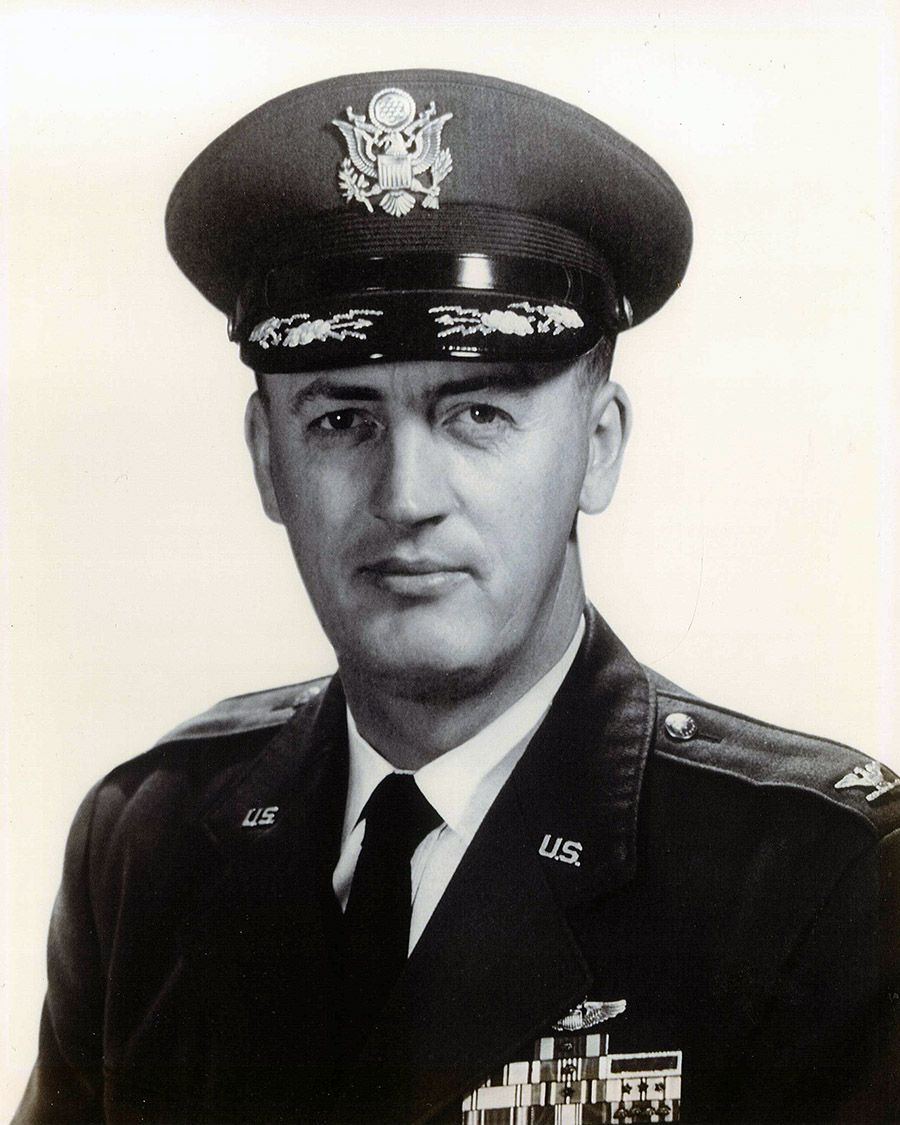
Colonel Rex Dowtin
Colonel Dowtin was born in Asheville, North Carolina, attended Asheville High School and Wake Forest College. He entered the Army Aviation Cadet program in September 1940; completed pilot training in April 1941, was commissioned 2nd Lt.
His first assignment was to an observation squadron at Fort Riley, Kansas. Squadron deployed to Panama in January 1942, transferred to bombers and flew long range patrol for 18 months over the Pacific from Central and South American bases. Returned to the United States in June 1943 to instruct B-24 crews in Tucson, Arizona.
January1945, he transferred to B-29 group as operations and squadron commander, was deployed to Guam and flew combat over Japan until the end of the war.
Colonel Dowtin received a regular commission in 1946 for the US Army, was assigned to a Navy research project in New Mexico “shooting-up” airplanes to determine the optimum size and shape of anti-craft armaments.
He was assigned to 1st experimental guided missile group, Elgin Field, Florida. This organization operated drone aircraft in support of the atomic test in the Pacific. He was Operations Officer on the Greenhouse test in 1951. This test proved the capability to build the H-Bomb.
Some of his other assignments were to a NATO HQS in Norfolk, VA for 18 months; assigned to war plans in Pentagon as Chief of Missile Plans Division for 3 ½ years and was selected to attend War College 1957 -1958. He then was assigned to Vandenberg, AFB, SAC to plan and train personnel to operate and maintain SAC’s Missile Force, based there for 6 years; became Wing Commander of the 341st Missile Wing (which was the first operational minute man wing in SAC and the USAF) in Great Falls Montana, 1964; last assignment was to SAC Headquarters as Director of Missile Maintenance for 3 ½ years, retiring in 1970 after 30 years.
Aircraft flown: 0-47, B-17, LB-30, B-24, B-29, C-47, C-54, C-97 and many others. Logged 6700+ hours.
Colonel Dowtin returned to Asheville in 1970, entered real estate sales and is employed with Beverly Realty.
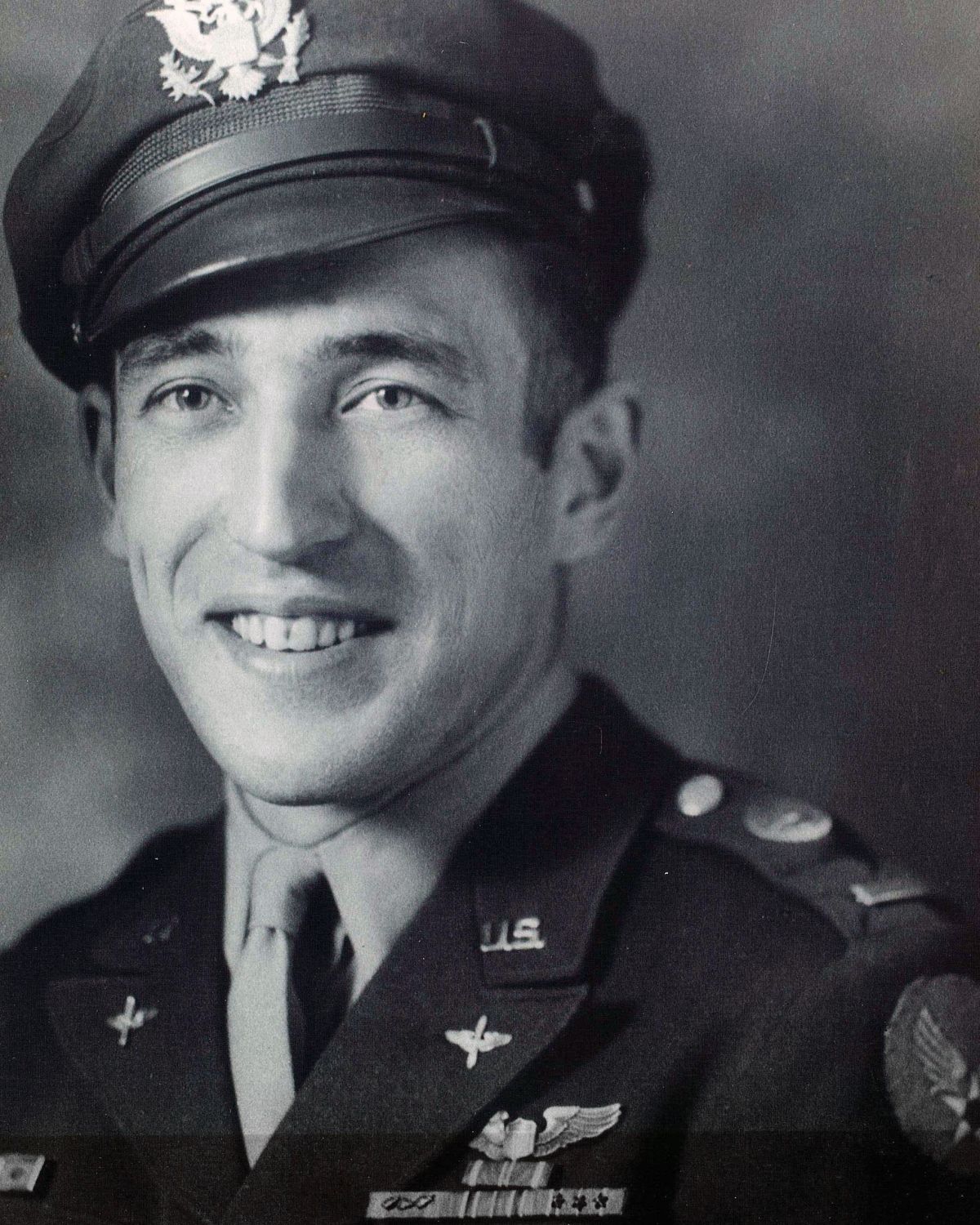
First Lieutenant Kenneth Draper
Born August 28, 1920 in Marilla, New York, graduated high school went to work on family farm.
He enlisted in the Air Force December 7, 1941 to become a pilot. He trained at the Academy at Kelly Field, Texas; from there he went to Cameron Field, Oklahoma for primary pilot training (PT 19). His next assignment was basic training (BT 13) at Enid, OK, from there to Frederick, OK. for advanced pilot training
(AT17 –Twin Engine). Lt. Draper won his pilot wings and was commissioned 2nd Lieutenant. This was all accomplished in about one year.
Lt. Draper earned a short leave, then was assigned to Maxwell Field, Alabama then was sent to Westover Field, Massa chutes to pick-up a crew of nine men: his Co-Pilot, Bombadier, Navigator, Engineer, Radio Operator and four gunners. They were dispatched to Savannah, Georgia to train as a crew to go overseas. This was all accomplished in about 6 months.
They were ordered to Mitchell Field, New York to pick-up new B-24, then to Morrison Field, Florida for their orders and routed to their base in Italy.
The crew flew the southern route via Natel, Brazil, across Atlantic to Dacar, North Africa and 2 or 3 other stops before arriving at base in Italy on May 27th, 1944. They flew their 50th mission on August 27th 1944, while attached to the 376th Heavy Bomber Group 514th Squadron.
Missions completed, he instructed new crews about combat formation, etc. Lt. Draper returned to the States and was assigned to Air Transport command at Romulus Air Force Base in Michigan and eventually became Flight Commander in charge of all aspects of flights in and out of the field.
Lt. Draper was released from active duty with honors: the Presidential Unit Citation with 2 Oak Leaf clusters, the Air Medal with 3 Oak Leaf clusters to name a few.
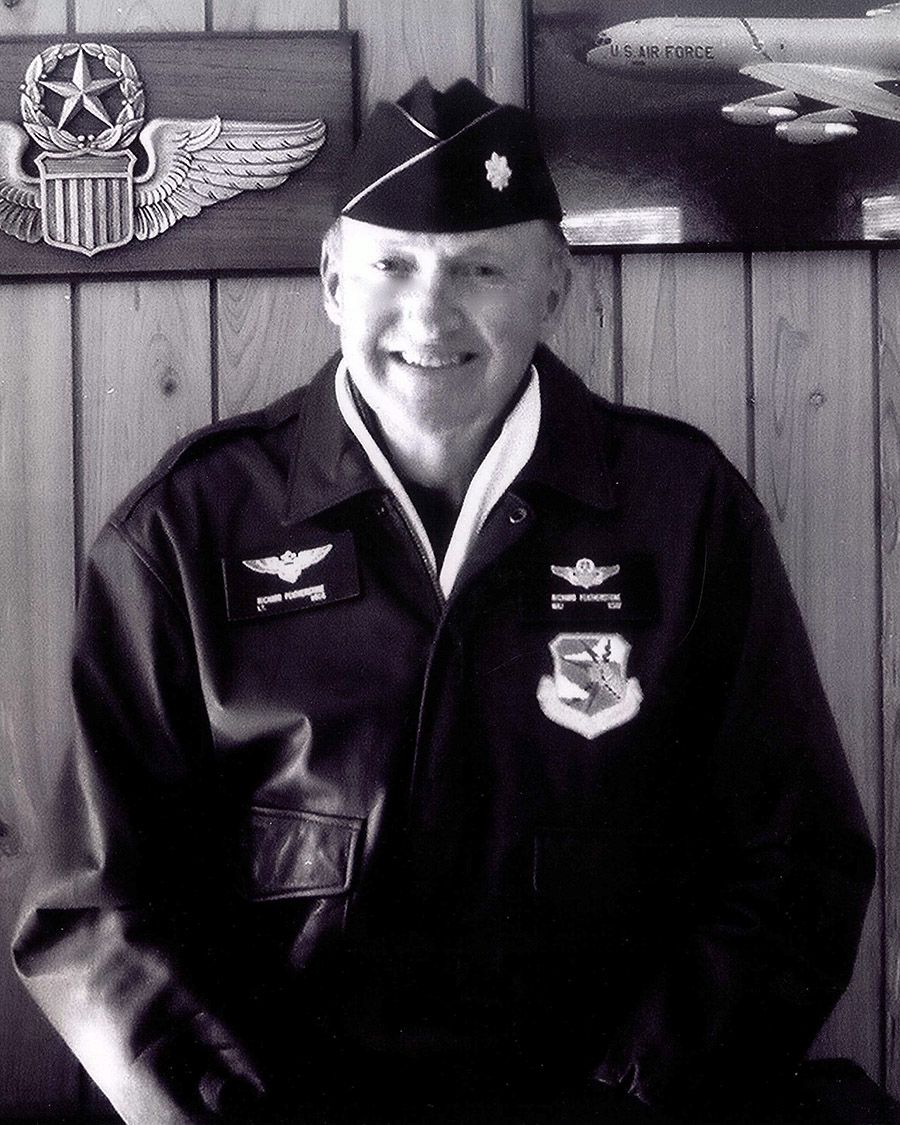
Major Richard A. Featherstone
Major Featherstone joined the Air Force in 1954, Pilot Training in Wings and Commissions through 1955. He then went to USAF Strategic Air Command, Combat Crewmember, and Command Pilot instructor from 1955-1964.
In 1964-1967, he was in US Coast Guard. Appointed to a 12 member pilot team to establish the first and only pilot advanced training base in USCG history. US Coast Guard Air Station Mobile still doing all advanced pilot training for USCG for the past 38 years.
He was commissioned USCG Officer, awarded the Navy Wings, completed USCG Sea Plane Search and Rescue Instructor Pilot School. He was selected for this position because of his knowledge and experience with Defense Department of Surplus property utilization, the USCG had 30% of necessary funding to establish the training base and he was able to find a base and fully furnish it at no additional cost to the USCG.
Major Featherstone located, signed for and transferred an Air Force Reserve Base in Mobile, AL to the Coast Guard at no cost, traveling throughout the US with the use of three C130 CG aircraft. His team obtained almost enough equipment, for free, to furnish and support the entire training base and it opened a year ahead of schedule. For the past 38 years every USCG pilot has completed fixed wing or helicopter advanced training at USCG Air Station Mobile.
He transferred back to USAF and active duty to attend C-141 Air Commanders School, in 1967-1975, joined Associate Squadron McGuire AFB, NJ beginning dual role as USAF Pilot and Commercial Airline Pilot with Pan Am, based at Kennedy Airport, NY. His USAF missions, which took about eight to ten days, consisted of supply and troop movement into Saigon and Cam-Ron-Bay and air evacuation of injured , back to Travis Air Force Base and were followed by a typical twelve day Pan Am trip to Tokyo, then five days in Saigon flying rest and recuperation Flights for USAF Civilian Contract. This continued for eight years until he retired in 1975. He continued his career in aviation.
Major Featherstone was assigned Training Captain at Pan Am on B-707 upon being hired in June 1967, because he was one of the first pilots to fly KC-135, a prototype of the B-707, in the USAF.
He left the training department in NY and moved his family to Hendersonville, NC and commuted to New York, Miami and Berlin for the next 23 years, flying over 35,000 hours accident free.
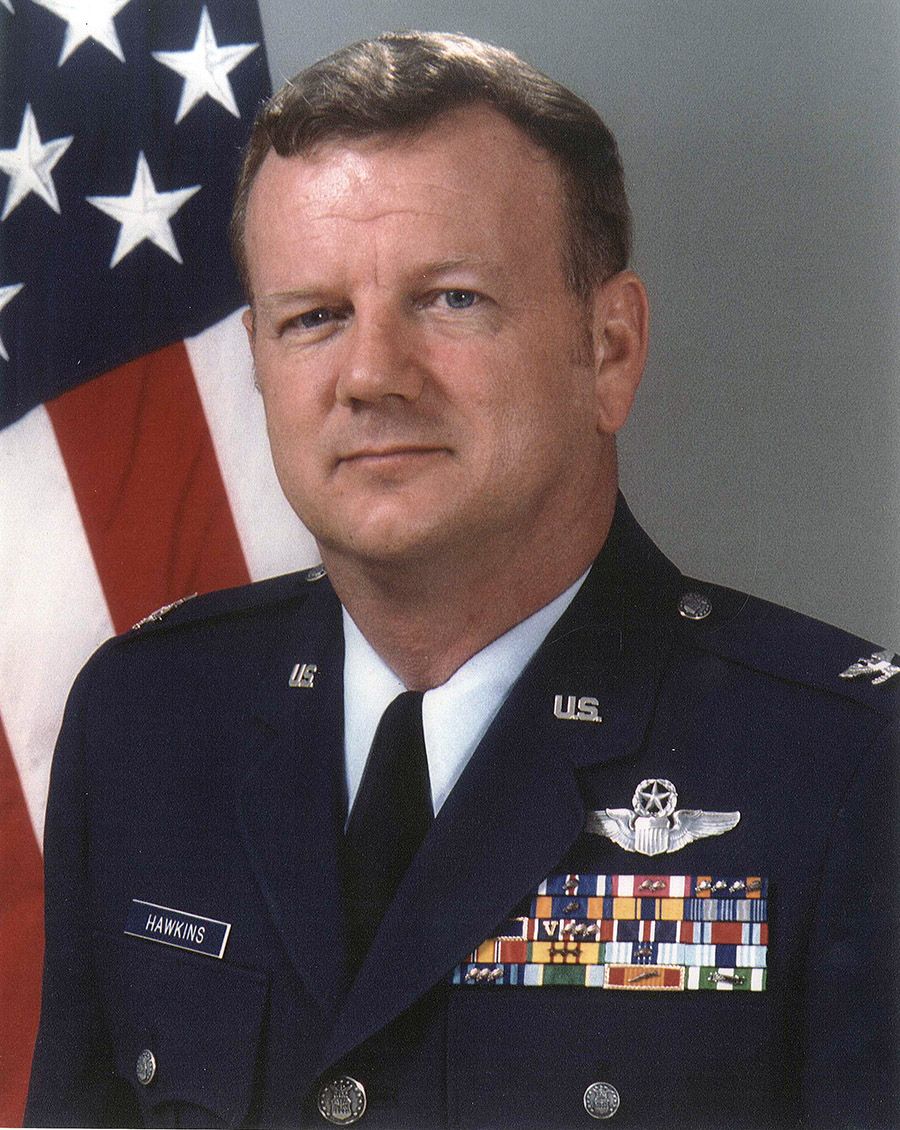
Colonel Grady Hawkins
Colonel Hawkins was born in Asheville, North Carolina, November 28, 1942. He attended Enka High School in Candler, North Carolina; received his BA at the University of North Carolina at Chapel Hill and Master of Public Administration at the University of Oklahoma.
He began his military career as an Airman Basic in the USAF Reserve and was commissioned a Second Lieutenant after four years in the Reserve Officer Training Corps. He was assigned to the 405th Fighter Wing, Clark Air Base in the Philippines, under the command of General Chuck Yeager.
He transferred with the 8th Tactical Bombardment Squadron to Phang Rang Air Base to join the 35th Fighter Wing. He flew over 300 combat missions in North and South Vietnam, Laos and Cambodia.
Colonel Hawkins was awarded for exceptional heroism, February 1968, the Distinguished Flying Cross for destroying 6 enemy trucks in a heavily defended area in a night attack and in April of the same year, a second Distinguished Flying Cross while attacking a heavily guarded truck convoy, destroying 5 hostile supply trucks and causing numerous secondary explosions. Colonel Hawkins was decorated with The Air Medal with 19 Oak Leaf Clusters; The Republic of Vietnam Gallantry Cross with Palm; The Republic of Vietnam Campaign Medal with Three Bronze Stars and the United States Air Force Legion of Merit.
Colonel Hawkins’ last tour was at Osan AB Korea where he served with the 314th Air Division command advisory function and counter intelligence. He holds a triple aeronautical rating of command pilot, navigator and bombardier.
He retired as base commander at Mather Air Force Base in California and moved back to Hendersonville, North Carolina and is currently involved in many civic activities in Henderson County.
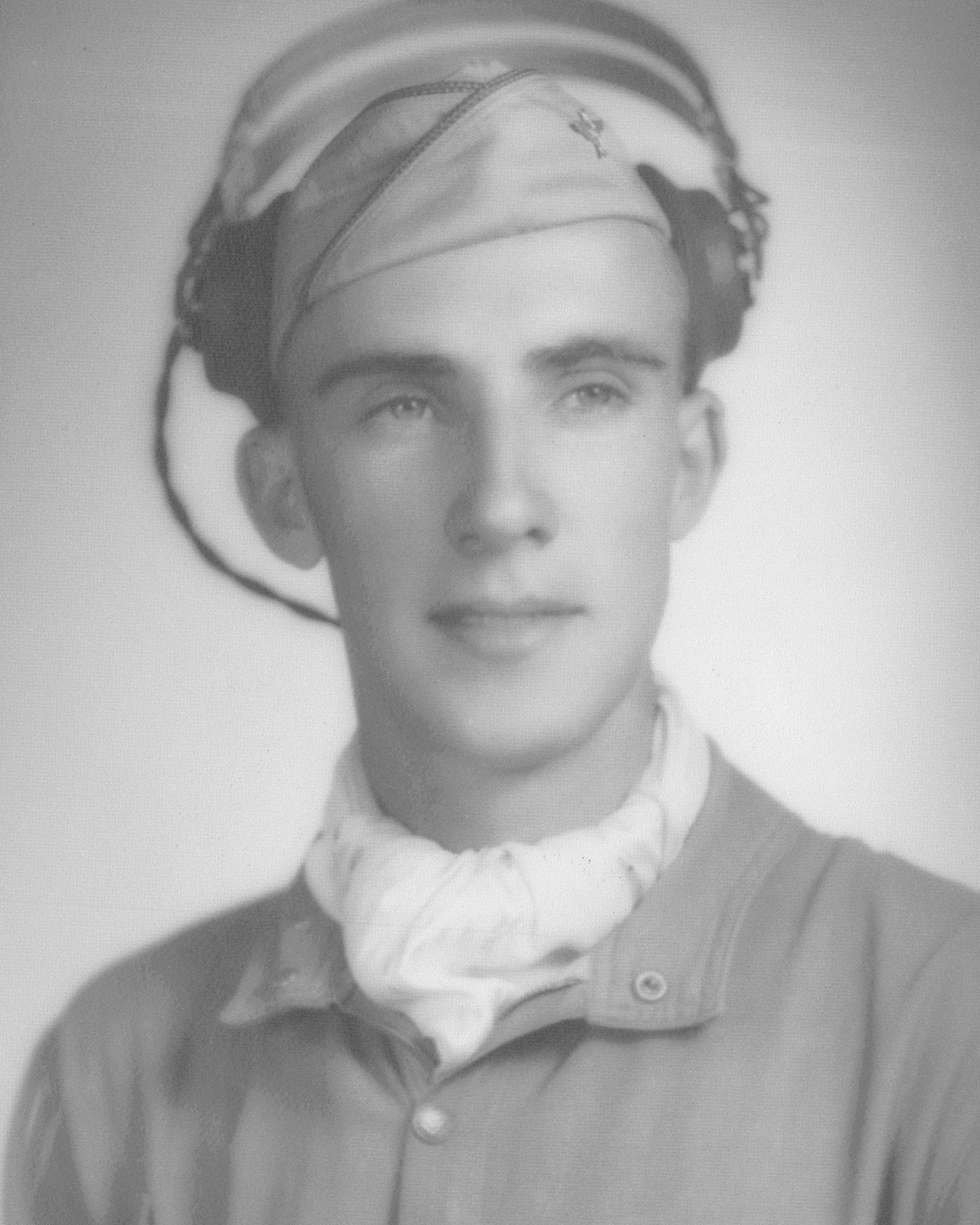
Lieutenant Colonel Jack F. Hogan
Colonel Hogan is a native of Haywood County, North Carolina; enlisted November 1940; assigned to MacDill Air Force Base in Florida.
April 1942 – pilot training on Texas, graduated November 1942, transferred to Greenville, South Carolina Air Force Base for combat crew training. Departed Greenville for north Africa in February 1943.
After flying 50 combat missions in a B-25 Bomber Aircraft over north Africa, Sicily, Italy and South France Colonel Hogan was assigned to Columbia, SC Air Force Base to train pilots and crew for combat duty in B-25’s.
He had some close encounters, one was when flack hit the plane a few inches from his seat, and just a few more inches forward could have been fatal.
December 1944 - Love Field, Dallas – delivered different types of aircraft to US and foreign bases.
April 1945 - Travis Air Force Base, California – flew C-54 with troops and cargo to Pacific Islands.
After atomic bomb drop, flew C-54 transport Okinawa to Tokyo with troops and supplies.
May 1947 – duty in Japan until 1950 – wife – Polly and two year old daughter Sylvia, joined me; second
daughter Sara, was born in Japan in 1949.
December 1952 – flying duty – stationed in Florida, Georgia, North Carolina and Virginia.
1955 – Frankfort, Germany – six months flying C-119 transport aircraft to various overseas bases
November 1955 – January 1960 – stationed in NC, GA and VA, attended KC-135 Jet Air Refueling Tanker School in California. Assigned to Westover, Air Force Base, Maine until June 1966
1964- was Air Craft Commander on 8th Air Force Command Crew, flew Air Force Commander and staff to Alaska and Okinawa; while in Okinawa flew two Combat Air Refueling missions in Vietnam and returned to US nonstop from Tokyo to Westover Air Force Base, Maine.
June 1966 – October 1969 – Ramey Air Force Base, Puerto Rico, Squadron Wing Commander, retiring with rank Lt. Colonel. During career logged 6600 hours flying time. Authorized following medals and ribbons: Air Medal (W/60LC), AFMC (W101LC),ASDM, ACM, EAMEC (W/2BSS), WWIIVM, AOM (Japan), NDSM (WIBSS) VSM, AFLSA (W1/SOLOL AFREEN, OCCMDL (Germany) DIST UNIT and SAEMR. Total Active Service: 28 years, 8 months and 4 days. Total Foreign Service: 7 years, 6 months and 15 days
The Hogan’s now reside in Tampa, Florida.
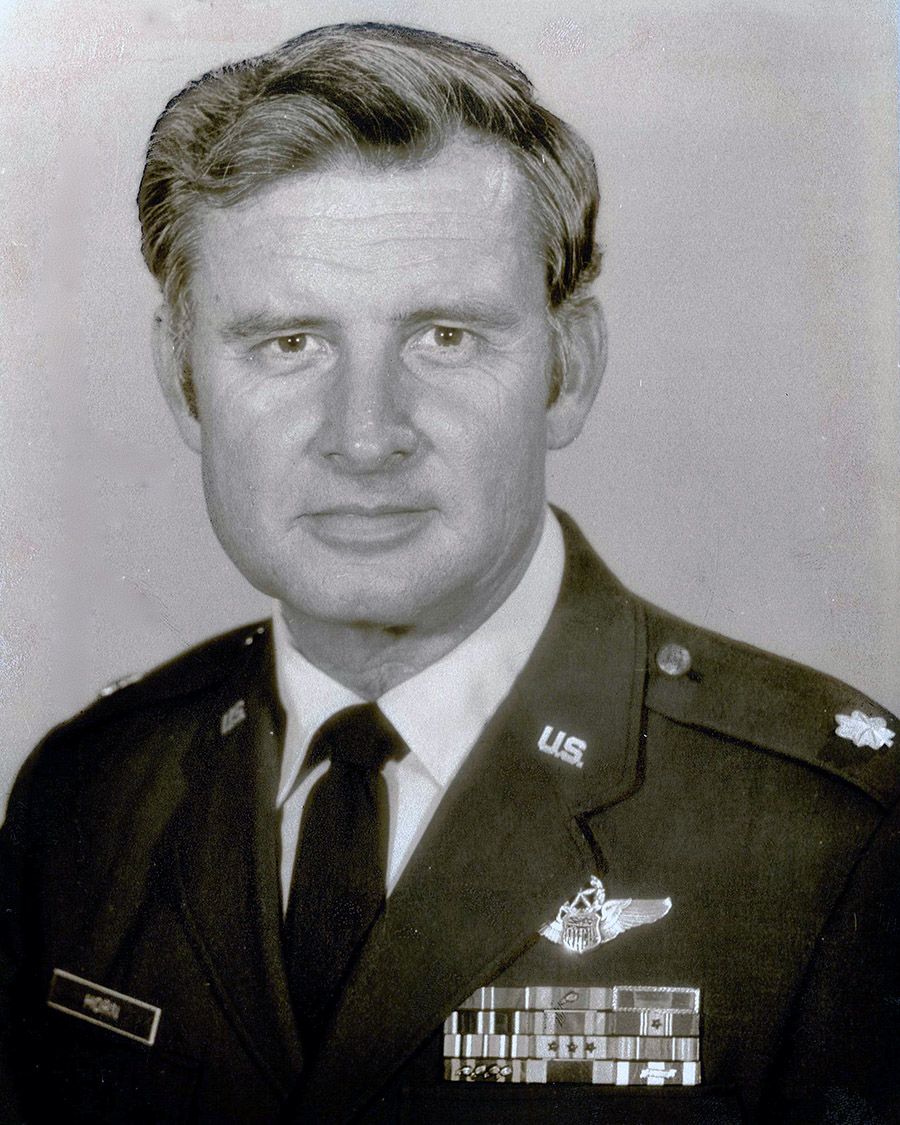
Lieutenant Colonel Steve Horn
Lieutenant Colonel Horn was born in Forest City, North Carolina June 26, 1927. He attended Mars Hill College, University of North Carolina (Chapel Hill), University of Nebraska and UNC-A.
He joined the Navy in June 1945 to August 1946 and was honorably discharged as Seaman, First Class.
He worked as an announcer at WBBO, Forest City, NC in 1950; KTLW, Texas City, Texas as and announcer and Program Director in 1951 and WWNC, Asheville, NC 1952.
He joined the Air Force, commissioned June 1950; active duty August 1952 as Public Information Officer; entered Flight Training 1953 at Goodfellow AFB, Texas. Wings in 1954. He retired July 1973 as Lieutenant Colonel.
USAF Aircraft flown: Aeronca L-16, North American T-6, T-39 and TB-25J; Boeing WB-29, WB-50D, B-47E, B-52G and D and KC-135; Lockheed T-33; Douglas C-47, C-118A,C-124C; Convair T-29; Cessna U-3B and Sikorsky H-19D.
Civilian Aircraft flown: Cessna 120 to Pressurized Turbo 210, Cessna 310, Cessna 414; Piper J-3 Cub, Piper Cherokee 140, 180, 300-Six; Comanche 260, Arrow, Dakota, Beechcraft S35 Bonanza, Sierra, Sport, Debonair, Citabria, Aerospatial Rallye 235, Bellance Super Viking and Gunman Tiger.
Total Flight Time: 8,000 hours.
After retirement, Lieutenant Colonel Horn managed Fixed Base Operation and Acting Airport Manager at Nut Tree Airport in Vacaville, California in 1974-1981. Technical Writer, then Chief of Publications for Lear, Inc at Reno, Nevada. He wrote Pilots’ Operating Handbook for LearFan 2100. He is also a member of American Aviation Historical Society, Air Force Association, Retired Officers Association and a Charter Member of WNC Air Museum.
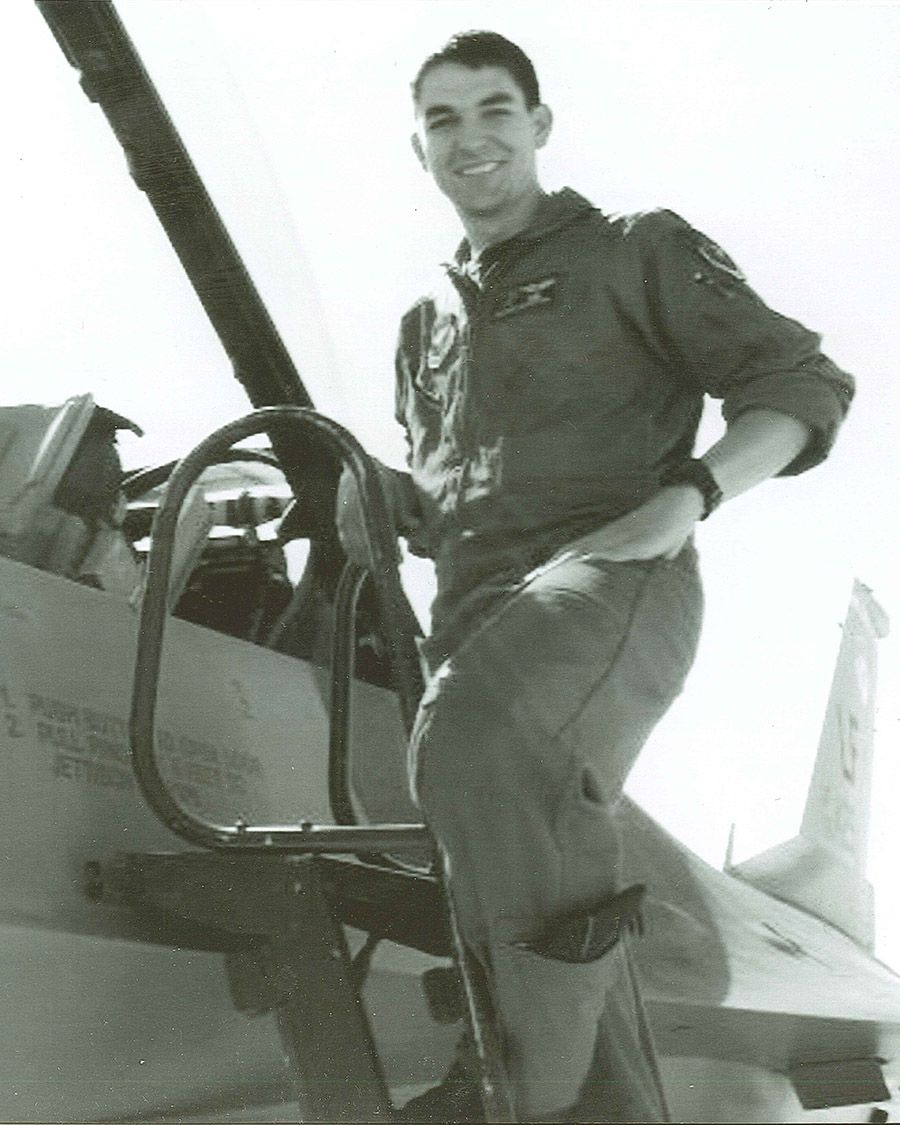
Captain George Bryan “Ice” Houghton
Captain George Houghton was born in Asheville, North Carolina on July 4th, 1980, to very proud parents, George and Darlene As a youth; he obtained the prestigious rank of Eagle Scout before graduating from Enka High School in 1998. He went on to attend the United States Air Force Academy, graduating in 2002 with a Bachelors of Science Degree in Civil Engineering; following the Academy, he earned his pilot wings at Laughlin Air Force Base, Texas as a member of the 87th Flying Training Squadron “Red Bulls” with a follow-on assignment as an instructor pilot in the T-6A “Texan II”.
Captain Houghton amassed over 1,000 instructor hours and trained over 150 new Air Force pilots as a “Texan II” instructor from 2003-2006. He went on to complete Introduction to Fighter Fundamentals (IFF) with the 434th Fighter Training Squadron at Laughlin, Air Force Base; following IFF, Captain Houghton transferred to the 309th Fighter Squadron “Wild Ducks” at Luke Air Force Base, Arizona to begin formal training in his primary weapon system, the F-16. Captain Houghton graduated in 2008 and was assigned to the 421st Fighter Squadron “Black Widows” in October of 2008.
He is a member of the 421st Fighter Squadron, 388th Fighter Wing at Hill Air Force Base, Utah; as a member, he served both as a pilot and mobility officer. His duties as pilot, Captain Houghton flew the F-16 “Fighting Falcon” and maintained combat proficiency in air-to-air and air-to-ground missions; as a mobility officer, he ensured the worldwide deployment readiness of 35 pilots and 10 support personnel, in addition he managed a budget of over $100,000 for equipment procurement.
Captain George “Ice” Houghton married Josie Moran, a native of California on May 8th, 2004. She is a former certified K-8th grade teacher. It is her hope to enlist in the Air Force or to attend Officers Training school.

Lieutenant Colonel Carl A. Hyldburg
Carl Hyldburg enlisted in the United State Army on June 3, 1942. Private Hyldburg was later accepted in the Aviation Cadet program receiving his pilot rating and commission as a 2nd Lt. in March of 1944.
After additional training in the B-17 aircraft, Hyldburg was assigned as Co-Pilot on a B-17 crew. He and his full crew flew a new B-17 aircraft to Europe arriving in Italy assigned to the 15th Air Force, 483rd Bomb Group H; much to the crew’s dismay, the new B-17 was assigned to an experienced crew while Hyldbur and his crew got a serviceable but beat-up airplane.
As co-pilot and pilot, he flew 35 combat missions from September 1944 to March 1945, all of which were successfully completed without serious injury to any of the crew.
Colonel Hyldburg, after World War II, graduated from Duke University School of Law and engaged in private practice for over 50 years during this time he served with the USAF Judge Advocate Reserve retiring as a Lieutenant Colonel on April 9, 1983.
Colonel Hyldburg was a member of the Asheville Regional Airport Authority from July 1, 1990 to June 30, 1998, the last four years as Chairman of the Authority Board.

Lieutenant Colonel Jesse I. Ledbetter
Lieutenant Colonel Ledbetter graduated from Valley Springs High School, Brevard Junior College in 1941 and received his BS Degree at the University of Maryland.
He acquired his private aircraft pilot’s license under the tutelage of Oscar Myer at the Hendersonville Airport, worked briefly at Ecusta Paper Corporation in Brevard, North Carolina, resigning to manage family dairy farm due to father’s illness.
He joined the Army Air Force on September 2, 1942. His first assignment was the Aviation Cadet Classification Center at Nashville, Tennessee; Preflight Training PT-17’s at Dorr Field, Arcadia, FL; Basic Flight Training BT-13’s at Bainbridge, Georgia; Advanced Flight Training AT-6’s and P-40’s at Marianna, Florida. I received my pilot’s wings at the age of 20 and was commissioned 2nd Lieutenant on June 30, 1943 with my mother, three of my four sisters, a niece and my fiancée, Marie Ensley in attendance.
Lieutenant Colonel Ledbetter’s first assignment was Fighter Pilot Replacement Pool at Dale Mabry Base, Florida. He was there five days and received orders to report to Boise, ID for B-24 pilot training; he became co-pilot on Ben Barber’s crew and was shipped to Pocatello, ID where they spent 2 months in a 200 hour flying course on B24 Replacement Training Unit. They received a nine day pre-overseas leave and he and Marie were married during that leave.
Returning from leave, the crew was ordered to Fairmont, NE as a flight leader crew for the 485th Bomb Group, 831st Bomb Squadron and received 173 flying hours of combat training. He was one of the most experienced co-pilot’s in the squadron and was assigned Aircraft Commander to Lieutenant Hutchinson’s (who was hospitalized) crew; they completed their training and then deployed to Venosa, Italy, flying B-24G 42-78100, “The Traveler”.
The crew flew 39 missions with 194 combat hours from Venosa to areas stretching from Southern France to Northern Italy, Germany, Yugoslavia, Austria, Hungary and Rumania.
Lieutenant Colonel Ledbetter is quoted as saying, “I will always remember with pride and grateful appreciation the outstanding performance of our entire crew on the July 26th, Vienna mission, for which they each were awarded the Distinguished Flying Cross.”

First Lieutenant Edward F. Logan, Jr.
First Lieutenant Edward F. Logan, Jr. (“Ted”), was born August 3, 1922 in Strafford, Pennsylvania; entered the United States Army Air Corp in March 1942; indoctrination trained in Miami Beach, Florida October 7, 1942.
Attended the 63rd College Training Detachment Knoxville, Tennessee December-June 1942-1943.
University of Tennessee- Army Controlled Flight Course- CAA War Training Service, Flight Instruction and Ground School, Aircraft: Piper J-5 Cub. Attended USAAC Classification Center – Nashville, Tennessee June-July 1943. Attended USAAC Flight Cadet Pre-flight School – Montgomery Alabama July-August 1943. Primary Flight School – Union City, Tennessee – September- October 1943. Basic Flight School – Cochran Field, Macon, Georgia – November-December 1943. Twin Engine Advanced Flight School – Valdosta, Georgia January-March 1944 Graduated and commissioned 2nd Lieutenant. B-17 Training Sebring Florida; Combat Crew Formed at Plant Park, Tampa; B-17 CTU Avon Park April- August 1944.
CCSC Hunter Field, Savannah, Georgia Combat Crew Staging Center: Transferred to 15th Air Force from 8th Air Force Combat Crew Pool, Ferried B-17 #44-2436 to England – September 2, 1944 Routed via Africa to Italy, arrived 483rd BG, 817 BS – October 4, 1944.
The crew began flying combat missions on October 10, 1944; flew 35 combat missions and two “Red Rover” missions. Flew on first 483rd BG night mission – Lintz O/R – November 12, 1944. They were shot down (MIA) on thirty fourth mission on March 9, 1945, Graz Austria. Aircraft was severely damaged over target—flew aircraft to Northern Slovenia, had crew bail-out, were all retrieved by Partisans and walked south and were flown to hospital in Bari, Italy. Completed last mission to Prague March 25, 1945; Discharged June 13, 1945 Fort McPherson, Georgia.
Decorations: Distinguished Flying Cross with one Oak Leaf Cluster; Air Medal with three Oak Leaf Clusters; ETO Ribbon with one battle star and Distinguished Unit Citation with one star.
Events since World War II: Married August 4, 1945, have two grown children; Commercial Aviation. Lived in South America for seven years, flew for Pan American Grace Airways and Standard Oil of New Jersey in countries of Peru, Chile, Argentina, Bolivia, Ecuador, Panama and Columbia. Flew world wide as PIC for 38 years in all types’ aircraft with about 30,000 hours flight time. Active in the Air line Pilots’ Association for 30 years in all areas of association; worked as Aviation Consultant, Vice President of Operations, Director of Marketing for Executive Air charter Air Line, Vice President and General Manager of Sister Company, operating an Airport FBO and a small airline in Maryland. Retired to North Carolina in 1986.
Lt. Logan is a member of Retired Pilots’ Association, Reserve Officers Association, Air Force Association, Carolina Mountain Club, American Legion and The Air Forces Escape and Evasion Society.

Captain Jerry Marstall
Captain Marstall was born in Topeka, Kansas in 1942. He graduated from Washburn Rural High School, Topeka, Kansas in 1960, went on to acquire a B. S. Business Administration – University of Colorado in Boulder in 1966.
He joined the Air Force in 1966.
Pilot Training - 1966-1967 – Vance Air Force Base, Enid, Oklahoma. Trained in T-41, T-37 and T-38.
1968 Davis Monthan Air Force Base Arizona. Checked out in F4C/D Phantom II Fighter/Bomber
1968-1969 Assigned to the 497th Tactical Fighter Squadron, Ubon Thailand, flying F4D Phantom II
Fighter/Bomber
The 497th was known as the “Nite Owl” squadron. They were called the “Nite Owls” because the primary mission was low-level, night attack in North Vietnam. Their squadron’s airplanes were all painted black with a white owl insignia. Their flying suits were black with white owl patch. They visually searched out the movement of enemy supplies and troops traveling at night through the mountain valleys and along waterways. The targets, when detected, would be destroyed using a cull complement of weapons ranging from Gatling guns to rockets and bombs.
Served in theater for 14 months, flying 221 combat missions: 210 at night-94 over North Vietnam and 127 into Laos.
Awarded Distinguished Flying Cross and several Air Medals.
1969-1971 Columbus Air Force Base, Columbus, MS – T-38 Instructor
Residing in Asheville, North Carolina.
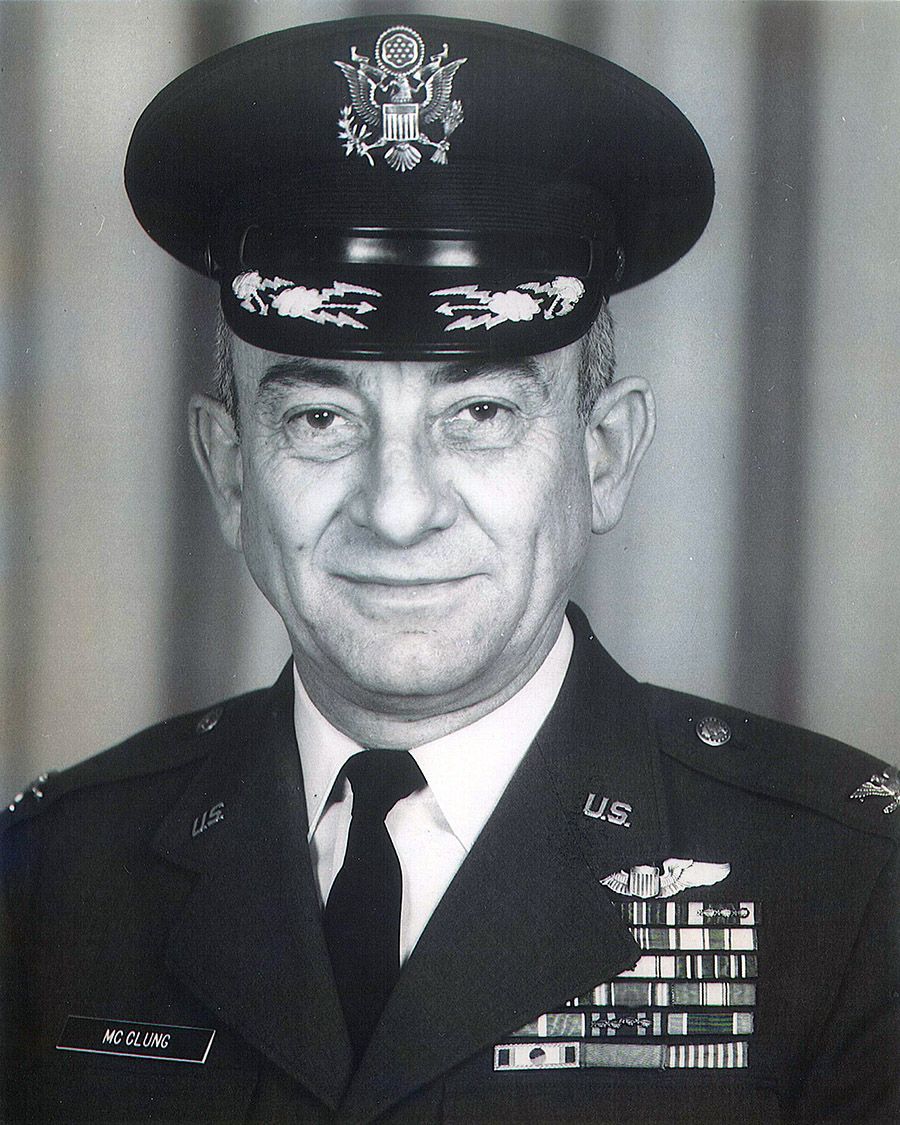
Colonel Ray S. McClung
Colonel McClung graduated from Robbinsville High School (honor student), enrolled in University of Tennessee and then transferred to Western Carolina (closer to home). He attended summer school at North Carolina State.
He joined the Air Force Cadets in 1941, completed training and was commissioned Second Lieutenant, flying P-40’s and P-48’s, a dream fulfilled.
World War II was declared, he was promoted to Squadron Commander at the age of 23. He flew 380 combat missions and was credited with the destruction of an enemy submarine and three enemy planes. While flying formation a co-pilot ran into the nose of Colonel McClung’s plane cutting it off completely, he had to bail out and was in the ocean for five hours until rescued by the Navy. Normandy, on a dive bombing mission, he had two-cylinders knocked out by enemy fire, blinded by oil, he barely made it to an allied emergency landing strip.
Colonel McClung gave up the Air Force for a year, he and a friend, Arnold Hyde, were in the furniture and appliance business, he added a radio repair shop to the business; as a young man, he made radios and housed them in Log Cabin syrup cans. During this time, he represented Graham County in the General Assembly in Raleigh and became a member of the Masonic Lodge No. 67; A.F. and A.M. and Valley of Columbia Consistory of Scottish Rite Masons (32nd degree mason).
He was called to active duty again in 1948, served in Korea and received the Korean Service Medal; the Presidential Unit Citation and was promoted to Lieutenant Colonel. He served as Chief Evaluation Division Deputy for Operations Headquarters Tactical Air Command, Langley Air Force Base, Virginia in the “50’s” and he wrote the Air Force Manual for Plans and Policies and was promoted to full Colonel. He then went to the Pentagon to the Chief Doctorate Branch Aerospace Policy Division and Deputy Division of Policy and Plans, by special request, he remained in the Pentagon for five years (three years is the normal assignment).
During the Cuban crisis, he stayed in the Pentagon 24 hours a day. He left Washington and was sent to Yokota Air Force Base in Japan as Commander, after his first year, the base was named the “Outstanding Air Force Base of the Far East”. Leaving there, he went to Texas Randolph Air Force Base with the Training Command and that took him to Vietnam for a short time as Liaison Officer.
Colonel McClung received the Air Force Commendation Medal, Citation accompanying the medal
Other medals awarded to Colonel McClung: The Silver Star; The Air Medal with 21 Oak Leaf Cluster; Unit Emblem with one Oak Leaf Cluster; Croix de Guerre; Belgian Fourrague and Distinguished Service Award of the Alumni Association of Western Carolina University.
Colonel McClung retired in San Antonia in 1970 at the age of 50. Moved to Atlanta in 1972, he enrolled in Real Estate School and became a Realtor.
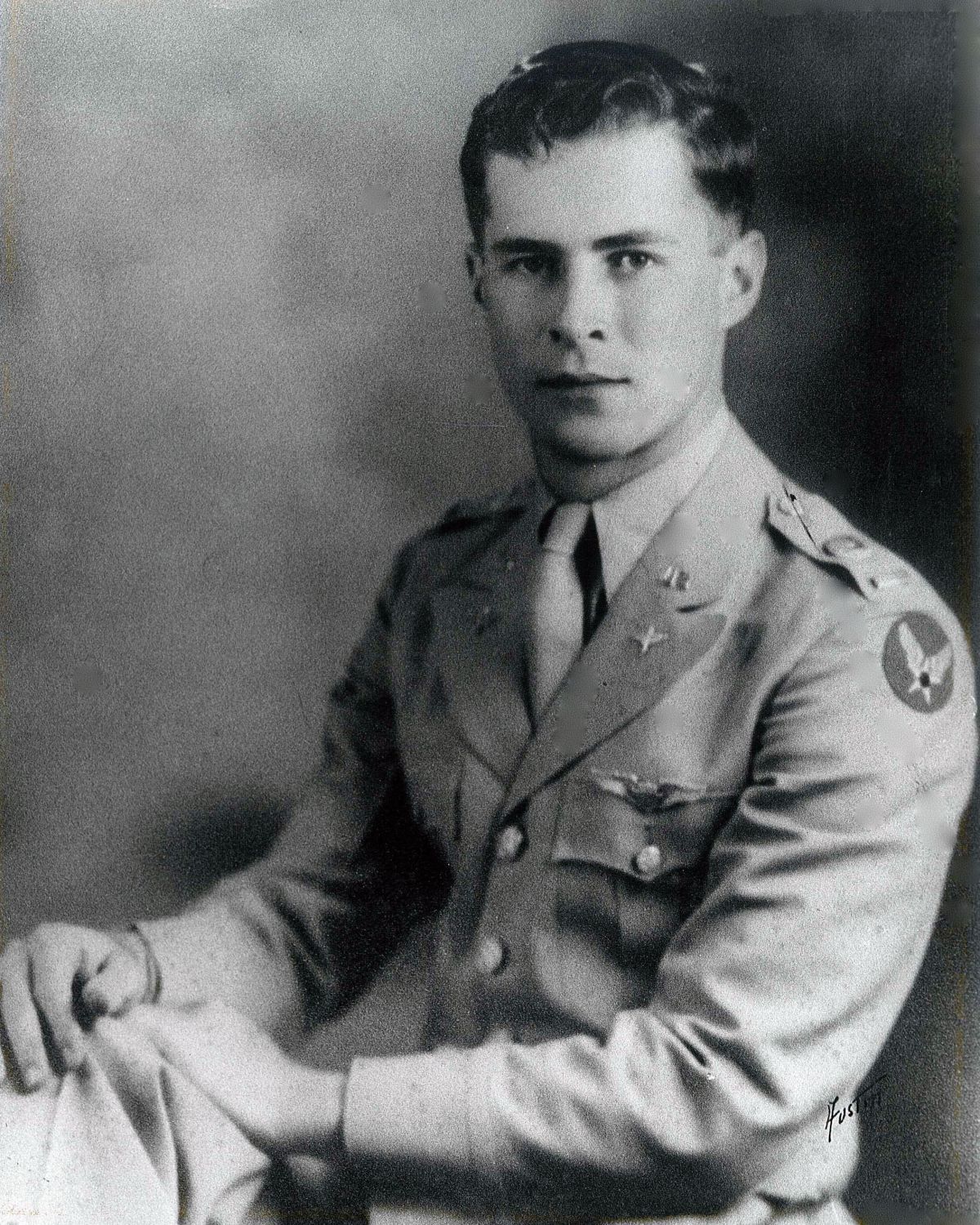
Captain William G. Moore
Captain William Moore was born November 23, 1923, in Boston, Massachusetts, attended public schools in Boston, Ayre, Mass. and graduated High School in Newport, Rhode Island, June of 1941. He enlisted as private/aviation cadet on March 12, 1942; too pre-flight training at Maxwell Field, Montgomery, Alabama; primary flying at Helena, Arkansas; basic at Gunter Field, Montgomery and advanced at Marianna, Florida.
He was commissioned second lieutenant military aviator on January 12, 1943, in Miranna, assigned at 52nd Ferry Group Air Transport Command, Long Beach, California and flew various types of aircraft all over the world. Reassigned to Second Air Force in December of 1943 to a crew in Salt Lake City, took phase training in B-17’s at Sioux City, IA; assigned 379th Bomb Group, Kimbolton, England and flew first combat mission on June 9, 1944.
Captain Moore finished 34 mission-tours and returned to the United States in October, 1944, was assigned to Lockbourne AFB as B-17 instructor pilot, November 1944. He was reassigned 2nd Search and Rescue Squadron, Kessler Field, Florida as an instrument flying instructor; reassigned to Air Transport Command at Memphis Army Air Base, Memphis Tennessee, separated from service at Scott Field, E. St. Louis, in 1946 with rank of captain, enrolled in Ohio State University and got his first newspaper job.
He was recalled to active service in the Korean Conflict in 1949 and was assigned as air freight officer at Hickam Air Force Base, Honolulu, Hawaii, later becoming executive office of traffic squadron.
He became a civilian again in 1952 and went straight back to the newspaper in Columbus, Ohio where he had made a start “between the wars”. He became city editor of the Columbus Citizen Journal, remained there until 1965 when he was appointed assistant director and later director of a civic organization called The Development Committee for Greater Columbus, sort of like a Chamber of Commerce but much more oriented toward planning for orderly growth of the community. Captain Moore became director of news media relations for Nationwide Insurance Corp. in 1969, left Columbus (home office) in 1974 to become city editor of Asheville Citizens-Times, during that time he helped organize and set –up the Mountain Area Hospice. He started a long term relationship with Blue Ridge Mental Health Association and served as chairman for a number of years.
Captain Moore was a member of the Asheville Regional Airport Commission for several years, which was a sort of labor of love. He served as a board member of Quality Forward, United Appeal and was elected to Asheville City Council in 1989, served as vice mayor for a two-year term, was re-elected in 1991 and retired after four years in office. He became part time at the Citizen Times in 1987 and writes a few editorials and features for the newspaper and for This Week magazine.
He is still fascinated by aviation and would like to get another term on the Airport Commission.
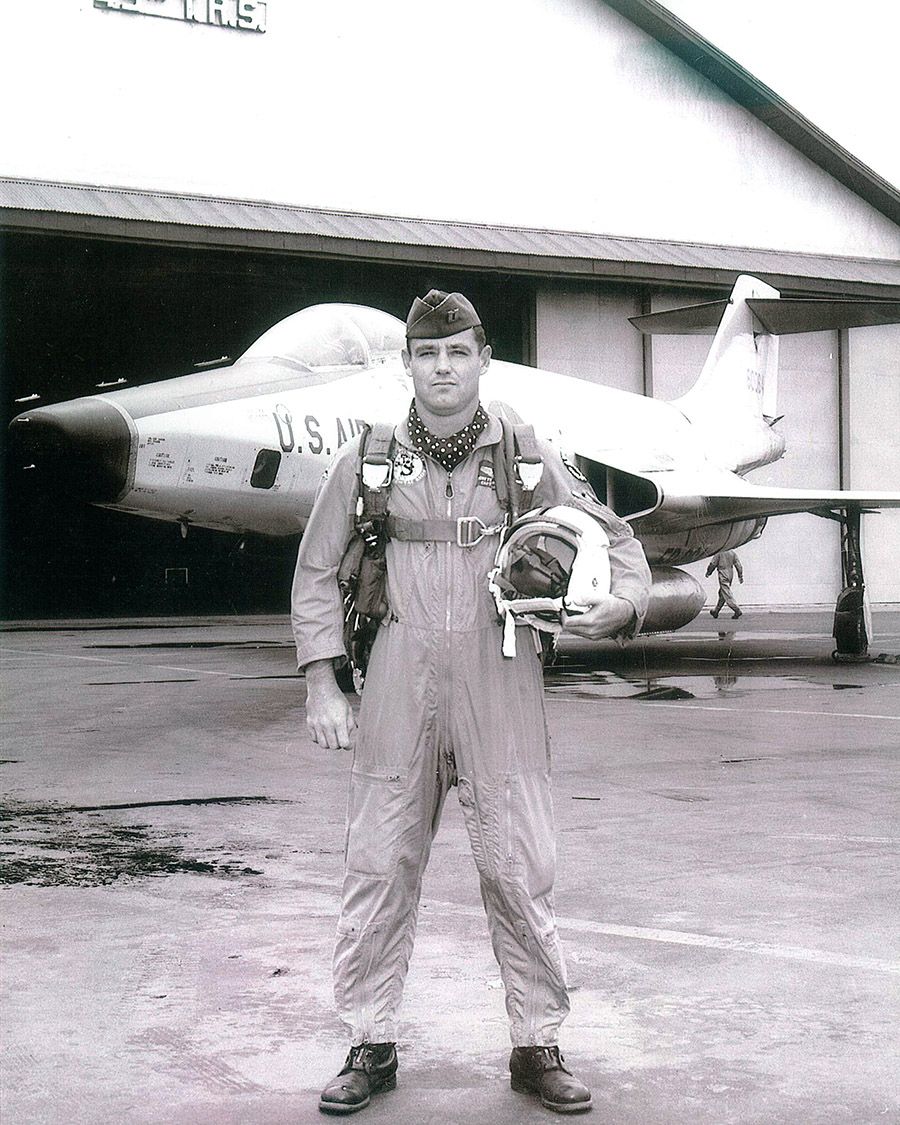
Colonel Herschel S. (Scotty) Morgan
Colonel Scotty Morgan, a native of Candler, North Carolina always wanted to fly. He was a student at Western Carolina University in 1954, joined the U.S. Air Force Aviation Cadet Program and received his pilot wings and commission on August 16, 1955 at Bryan Air Force Base, Texas. He was a reconnaissance pilot and went on to fly T-6, T-28, T-33 F84G, Rf86F, F-86, RF-101, T-38 and RF-4 aircraft, on tours of duty in Japan, Okinawa, Korea and Vietnam.
Colonel Morgan was sent to Vietnam (one of the first) in October 1963. He flew 121 missions there before being shot down on April 3, 1965, on his 122nd mission. “I was flight leader on that mission.” Morgan says, “I evaded capture for two days”. He was the fifth shoot-down in Vietnam and ended up being the longest-held Air Force, prisoner of war. Life as a prisoner of war was long and frustrating, painful and boring, during those eight years, Morgan spent a total of two years in solitary confinement at various time. His attitude, it seems was “insubordinate” to the Viet Cong at least. His faith in God, in fellow prisoners and that attitude Morgan says, that got him through the worst parts. “It’s the kind of thing you reach back to your roots for; some good old Hominy Valley stubbornness didn’t hurt either. “It’s the kind of thing you thank your parents, your teachers, your scoutmaster and your Sunday school teachers for”.
Honorably released from the camp on February 12, 1973, Morgan was the sixth man off the plane when it touched down on American soil. He attended Air War College at Maxwell Air Force Base in Alabama, while simultaneously attending Troy State University at night; he continued to serve in the Air Force. He was Chief of Operations and Training at Bergstrom Air Force Base, Texas, Commanded the 91st Tactical Reconnaissance Squadron and served as Director of Plans at Shaw air Force Base, South Carolina.
He served as the first Director of Operations for the Rapid Deployment Joint Task Force and as the Director of Logistics of the Joint Special Operations Command at Fort Bragg, planning and providing logistical support for the Grenada invasion.
He retired in October of 1985 and returned to the Asheville area with his wife Carol. He now serves as regional director for Senator Lauch Faircloth’s Asheville office, where the politics seem like a “cake walk” to a man who’s been where Colonel Morgan has.
Military awards include: Silver star, Defense Superior Service Medal, Legion of Merit, Purple Heart with Oak Leaf Cluster, Bronze Star with Valor Device, Meritorious Service Medal with Oak Leaf Cluster, Air Medal with Three Oak Leaf Clusters, Air Force Commendation Medal, Joint Meritorious Unit Award, USA Achievement Medal Air Force Presidential Unit Citation, Air Force Outstanding Unit Award with Three Oak Leaf Clusters & Valor Device, Good Conduct Medal, National Defense Service Medal with Bronze Service Star, Armed Forces Expeditionary Medal, Vietnam Service Medal with one Silver and Three Bronze Service Stars, Air Force Longevity Service Award Ribbon with one Silver and one Bronze Oak Leaf Cluster, Armed Forces Reserve Medal Small Arms Expert Marksmanship Ribbon, Republic of Vietnam Gallantry Cross with Palm Device and Republic of Vietnam Campaign Medal.

Colonel Claude R. Nelon
Colonel Claude Nelon of Lake Lure, North Carolina served in the United States Army Air Corps and United States Air Force during World War II, Korea and Vietnam wars. He was Command Pilot with over 15,000 hours fly time; piloting B-17’s, B-29’s, B-36’s and B-52’s.
Colonel Nelon wa a Professor of Aerospace Studies at Syracuse University New York, commanding the Air Force ROTC program and established a Russian language program for military personnel.
He retired to his home town of Lake Lure after 32 years of service.
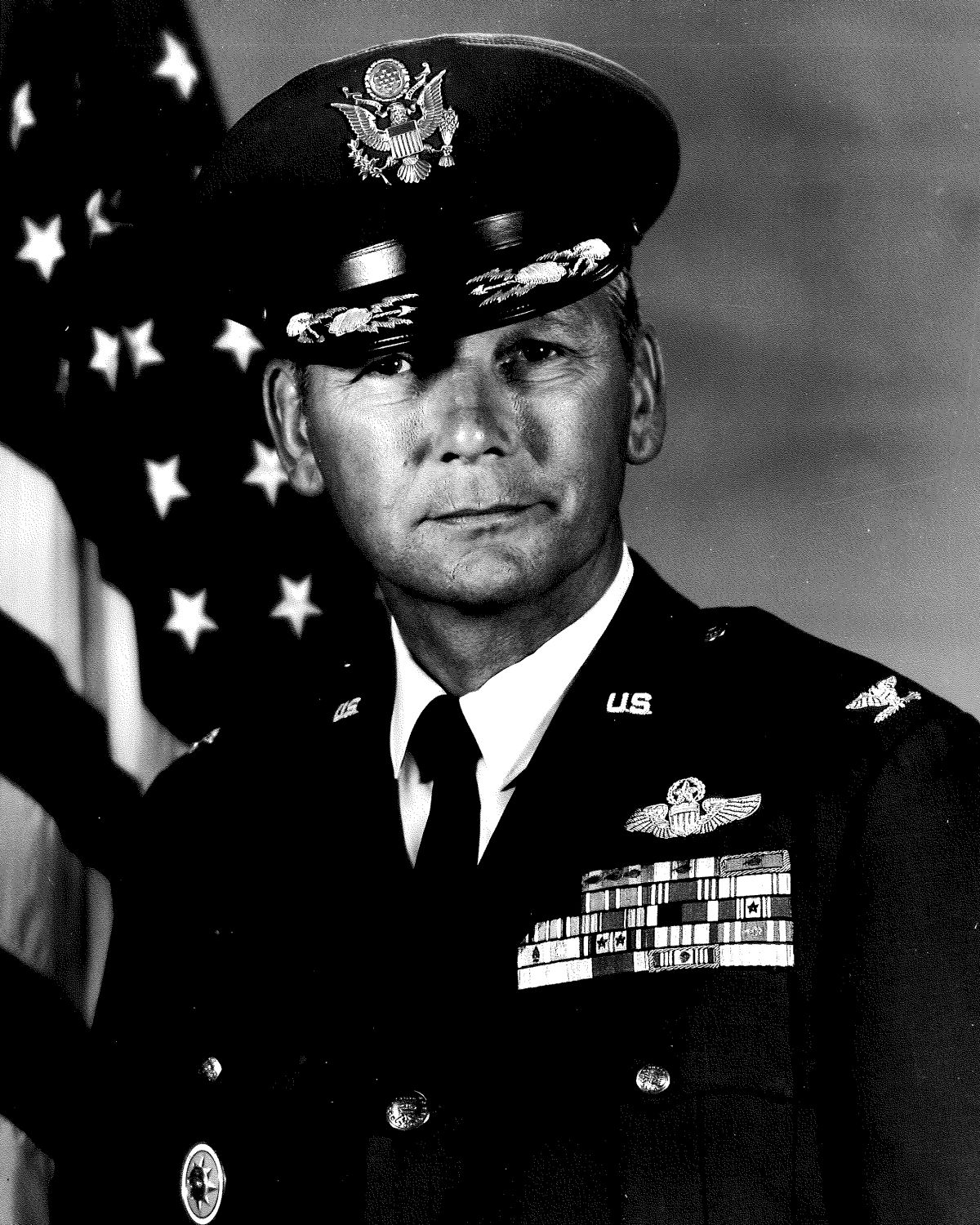
Colonel William John Norris
Colonel Norris graduated from high school in 1940 and enlisted in the Army National Guard, thus beginning a career that spanned more than three decades.
He entered active duty in the Army in 1942 at Luke Field in Arizona where he earned his pilot wings and was commissioned a second lieutenant in the Army Air Corps in June 1943.
Colonel Norris made the transition into the Air Force in 1948 eventually becoming a command pilot, graduating from the Air War College as a distinguished graduate and serving in various military positions throughout the world.
He held the remarkable distinction of serving his country with valor during World War II, the Korean War and the Vietnam War.
Colonel Norris retired from the United States Air Force in 1975 with 34 years of service and over 20,000 hours of flight time.
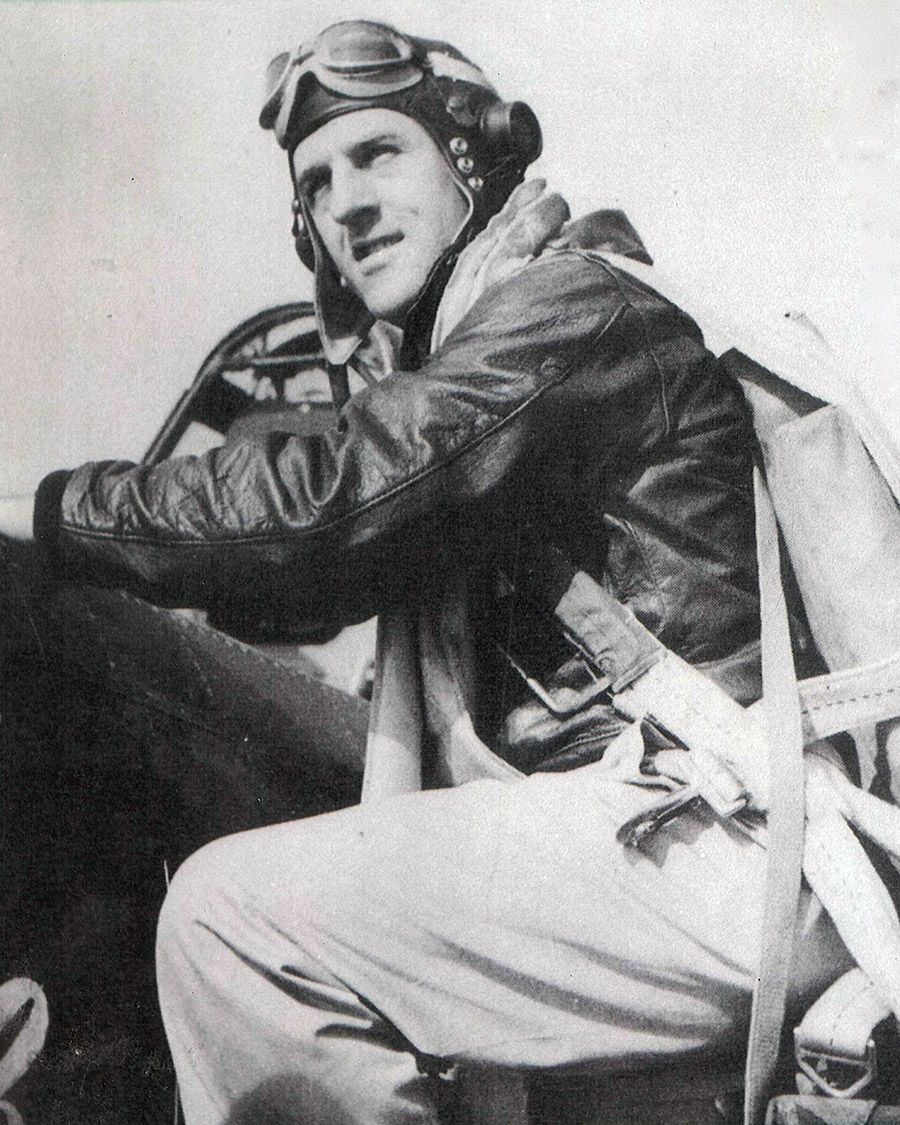
Colonel Robert J. Rankin
Robert J. Rankin was born, October 23, 1918 in Washington, DC.
He graduated from Luke Field Army Air Corps Flying School in April 1943. He trained in the P-47 Thunderbolt, Tallassee, Florida, prior to joining the 61st Fighter Squadron, 56th Fighter Group in England, August 1943.
He served with the 4th Fighter Wing as Director of Operations, Korea 1951. He commanded 6 Fighter Interceptor Squadrons flying F-86F’s, F-86D’s F-101, F-102 and F-106 aircraft for a period of 11 years. During this time frame not one pilot was lost due to an aircraft accident.
Aerial Combat: Bob Rankin scored his first victory in February 1944 when he shot down an ME-109 over Paris. He scored a Double, a Probable and a Damaged on a mission deep into Germany in late March. He credited with single kills in April and June. Tally Record: 10 kills, 1 probable, 3 damaged. All air.
His record day came on May 12, 1944 while testing a new aerial tactic for the first time in warfare the “Zemke Fan” named for it’s originator Col. Hub Zemke, the Commander of the 56th Fighter Group flying in Bomber Formation, ahead of the “Big Ships”, the fighters thus were able to deceive the enemy into mistaking them for the Bomber Force. The fighters fanned out in flights of four to encounter the enemy fighters forming up and speeding to intercept the “Bombers”. Rankin led his flight in an attack on 25 plus ME-109 aircraft causing the enemy formation to drop external fuel tanks and dive for the deck. Rankin had 2 kills during the encounter.
A short time later, he and his Wing man were able to join up with the Group Commander, who was circling above 50 plus enemy fighters with 25 plus enemy fighters above, after providing cover for Colonel Zemke while he destroyed an ME-109; Rankin proceeded to destroy 3 more ME 109’s the last of which he shot off the tail of his Commander. He thus became the first P-47 pilot in the ETO to score 5 fighter kills in one mission.
Colonel Bob Rankin was awarded the Distinguished Service Cross, the DFC with three clusters, the Legion of Merit, Air Medal with four clusters, the Bronze Star with one cluster, Army Commendation Medal with one cluster and the Air Force Commendation Medal with 3 clusters.
Colonel Rankin retired from the United States Air Force, April 1, 1973 from Fort Lee, Virginia, where he was the Vice Commander of the 20th Air Division, ADC.
He now resides in Brevard, North Carolina.
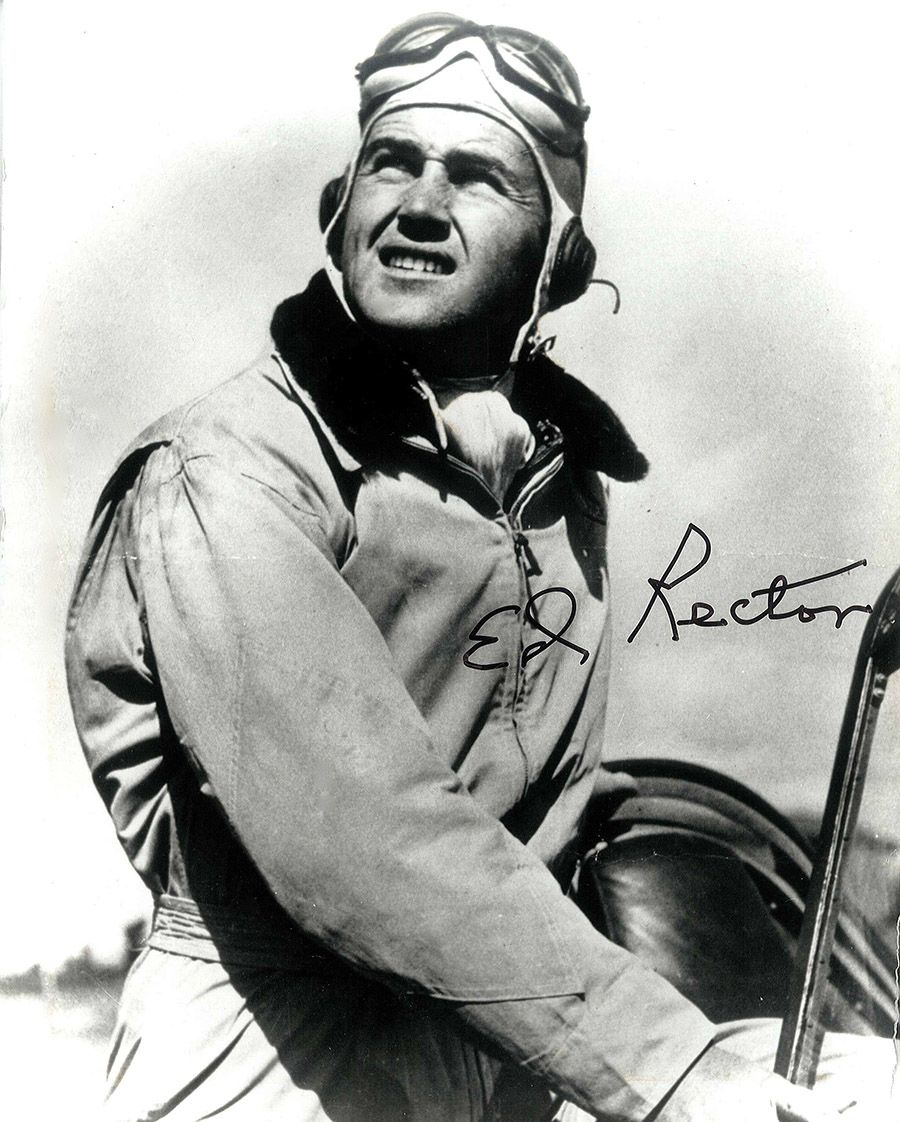
Colonel Edward F. Rector
Colonel Edward Rector is a native of Marshall, North Carolina and is a graduate of Marshall High School and Catawba College.
Just prior to America’s entry into World War II, Colonel Rector graduated from the Navy Flight School in Pensacola, Florida and was serving with Tex Hill aboard the carrier U.S.S. Ranger when both became the first recruits of the American Volunteer Group.
Under the command of Claire Chennault, Colonel Rector served the AVG with distinction and is credited with ten and a half combat victories. Because of conflicts between the Army officers and Claire Chennault, the AVG (in spite of its remarkable record) was disbanded and members who elected to remain were absorbed by the Army Air Force. Colonel Rector, then a Major, was put in command of Kweilin, the most strategic air base in East China. He remained in China until 1947 to assist the Nationalist Chinese Air Force.
After a variety of training and command assignments, including posts in the Pentagon and the National War College, Colonel Rector retired in 1962. He has been active as a communications and aircraft consultant to national and international air commands. He served as Director of Watkins Aviation, a commercial air freight company headquartered in Orissa State, India.
Colonel Rector is featured in the book High Honor, published by Smithsonian Institution Press; the book Top Guns, published by Pocket Books and in the book The Flying Tigers, published by Random House. There are many other publications that record the contributions of our guest.
Colonel Rector is one of the very few individuals who served as commissioned officers in the Navy, Army and Air Force. During his military service, he received with The Silver Star, The Legion of Merit, The Distinguished Flying Cross (3), Air Medal (2), Bronze Star, The Purple Heart, assorted theater and campaign ribbons and medals, Chinese Order of the White Cloud and Banner and the British Distinguished Flying Cross.
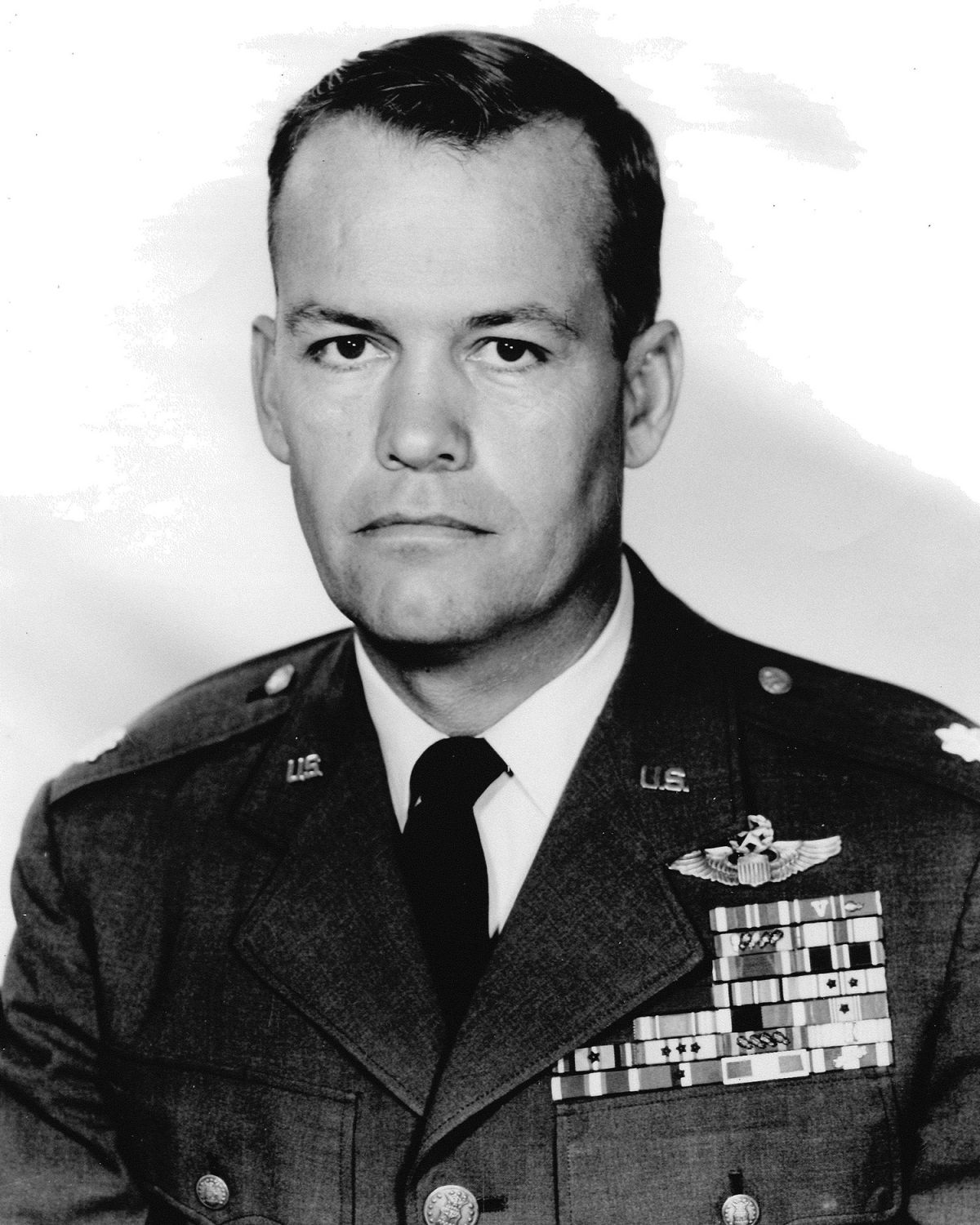
Colonel Charles A. Riley
Colonel Charles A. Riley of 23 Hamberg Mountain Road, Weaverville, North Carolina, joined the United States Navy, during World War II, at the age of 17. He served in the South Pacific Theater in Scouts and Raiders and the Navy Amphibious Forces. He was in the invasion of the Philippine Islands and went ashore with the Marines in the invasion of Iwo Jima and Okinawa.
After the war, he attended college for 2 years and joined the Army in early 1948 where he served as a paratrooper with the 82nd Airborne Division at Fort Bragg, North Carolina. He transferred to the Air Force to attend Aviation Cadet training at Perrin Field, Texas, in 1949 and graduating in May of 1950. He served in Korea with Air Sea Rescue as a mission commander in SA16 amphibious aircraft and was Chief of Pararescue for the 38th Air Rescue Squadron. He was the first officer to graduate from the Air Force Pararescue specialist course.
He went to Vietnam in 1963 as a pilot in the 1st Air Commando Wing and was there flying combat missions when President Kennedy was assassinated in November, 1963.
Colonel Riley returned to Vietnam in 1965 with the 4th Air Commando Squadron, “Spooky” pilots, whose job was to defend friendly forces during hours of darkness, as Chief Pilot of the first Air Force gunship squadron flying AC 47 Spooky aircraft, also known as “The Dragons” and “Puff The Magic Dragon”. He flew 307 combat missions before returning to the states in late 1966.
He was a command pilot with 10,000 hours of military flying time in every type of aircraft the Air Force had. He was a test pilot and flight examiner for most of his career. He was also a master parachutist.
Colonel Riley was awarded: The Distinguished Flying Cross, The Vietnam Air Gallantry Cross Medal with Silver Wing, two Silver Star Military Honors and two Bronze Star Medals.
Colonel Riley retired in 1970 and worked in his family photography business. He later worked as a management consultant, counselor and teacher. He is married to the former Kit Young who attended Asheville schools and Brevard College.
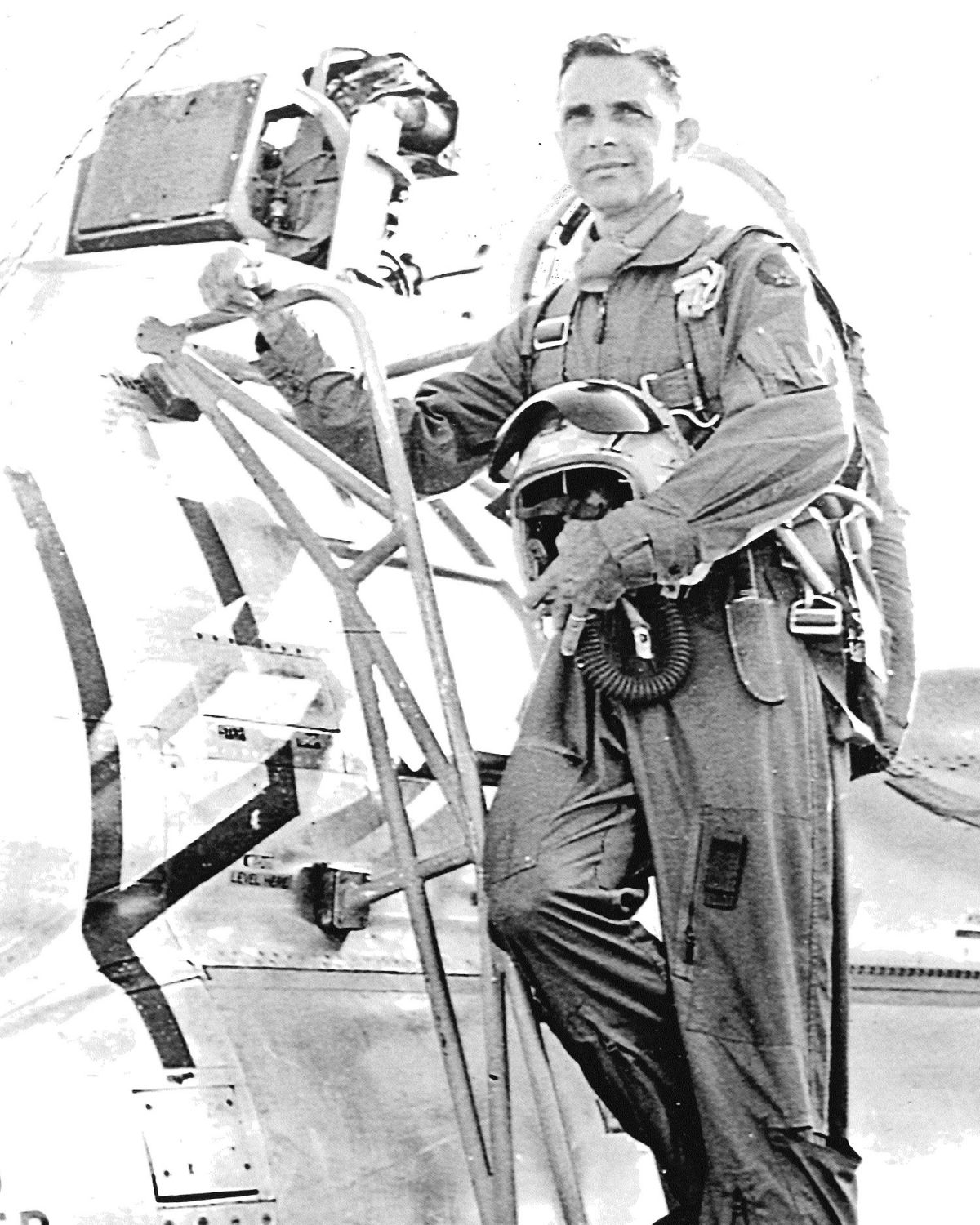
Major Billy D. Welch
Major Billy Welch was born March 11, 1921 in Albany, Alabama, he grew up in various cities in the South east, mainly Georgia and Florida. He graduated from Leesburg High School in Leesburg, Florida in 1941, six months later the Japanese attacked Pearl Harbor and we were in World War II. I was fortunate enough to enter Aviation Cadet flight training in April 1942; preflight training at San Antonio Aviation Cadet Center August – October 1942; primary flight training October – December 1942 at Avenged Field Sweetwater, Texas. This was training ground and home to the “Fly Girls”, the Women’s Aviation Service Pilots (W.A.S.P.’S). They now have a museum dedicated to their loyal service. From January – March 1943, we were sent to Randolph Field in San Antonio, Texas which at that time was “West Point” of the era, which I considered it a great honor and privilege to be trained there. We were trained to fly PT-19’s and BT-14’s. Advanced flight training was accomplished at Mission, Texas where we flew AT-6’s; we graduated March 24, 1943 as single engine Fighter Pilots. This was truly my boyhood dream, to earn those “Silver Wings”!
He was trained at Langley Field in the P-47 (Republic) “THUNDERBOLT” , which was the largest fighter plane in the Army Air Corp at that time and was stationed at Andrews Air Force Base, (Camp Springs, MD at that time), where they protected our nation’s capitol, intercepting any unidentified aircraft approaching.
The 361st Fighter Group was sent overseas to Scotland, in 1943 and based at Bottisham in East Anglia, under the command of General Jimmy Doolittle. Major Welch was scheduled , by request, on every mission sent out, he flew 300 combat hours, participated in three major air battles and flew 3 patrol missions on
“D” Day, June 6, 1944, completing that tour in late August 1944. He was selected to remain in England and became a P-51 (Mustang) Flight Instructor at Gox-Hill near Hull, England. In November 1944, he was sent home. December 1944 began the “Battle of the Bulge” during which he survived 83 combat missions. They were told to “get ready “to go to the Pacific where he was Flight Instructor in fighter aircraft for foreign students: Norwegians, Belgians, Danish and French, to fight in the Korean War. After his 8th Air Force World War II tour, he was assigned to Yuma, Arizona and flew the P-39, “Bell Air Cobra” and the P-63 “King Cobra”. He also flew these aircraft in Harlingen, Texas when the atomic bomb was dropped on Hiroshima.
The wars ended and he was discharged as 1st Lieutenant in Reserves. Civilian life was dull after all his adventures, he tried several types of employment but nothing satisfied. Aviation was “his thing”. He re-enlisted in the Air Force in 1946 as Staff Sergeant; being newly married him and his wife was back “in service”. As an “enlisted man”, his career turned toward flight instructor of many kinds of military aircraft, even jets. His willingness and eagerness to learn new and different things earned him an excellent military career moving through all the ranks up to Major.
Major Welch, at the age of 43, retired from the Air Force in June, 1963. Moved back to Leesburg, Florida to sell sand, but instead he started flight instructing at the local airport and eventually operated a flight school for another 18 years.
October 25, 2007, Major Welch was awarded, by the FAA, the Wright Brothers “Master Pilot” award. Aviators that have flown consecutively for at least fifty years without an accident or violation can qualify for this prestigious title. He has been flying for 68 of his 89 years and his life has been one of high adventures. Major and Mrs. Billy Welch resides at Lake Point Landing, in Hendersonville, North Carolina for 26 years.

Lieutenant Henry Westall

General Forrest S. Winebarger
Vietnam Fighter Pilot November 9, 1962 - July 10, 1993
Retired
United States Army
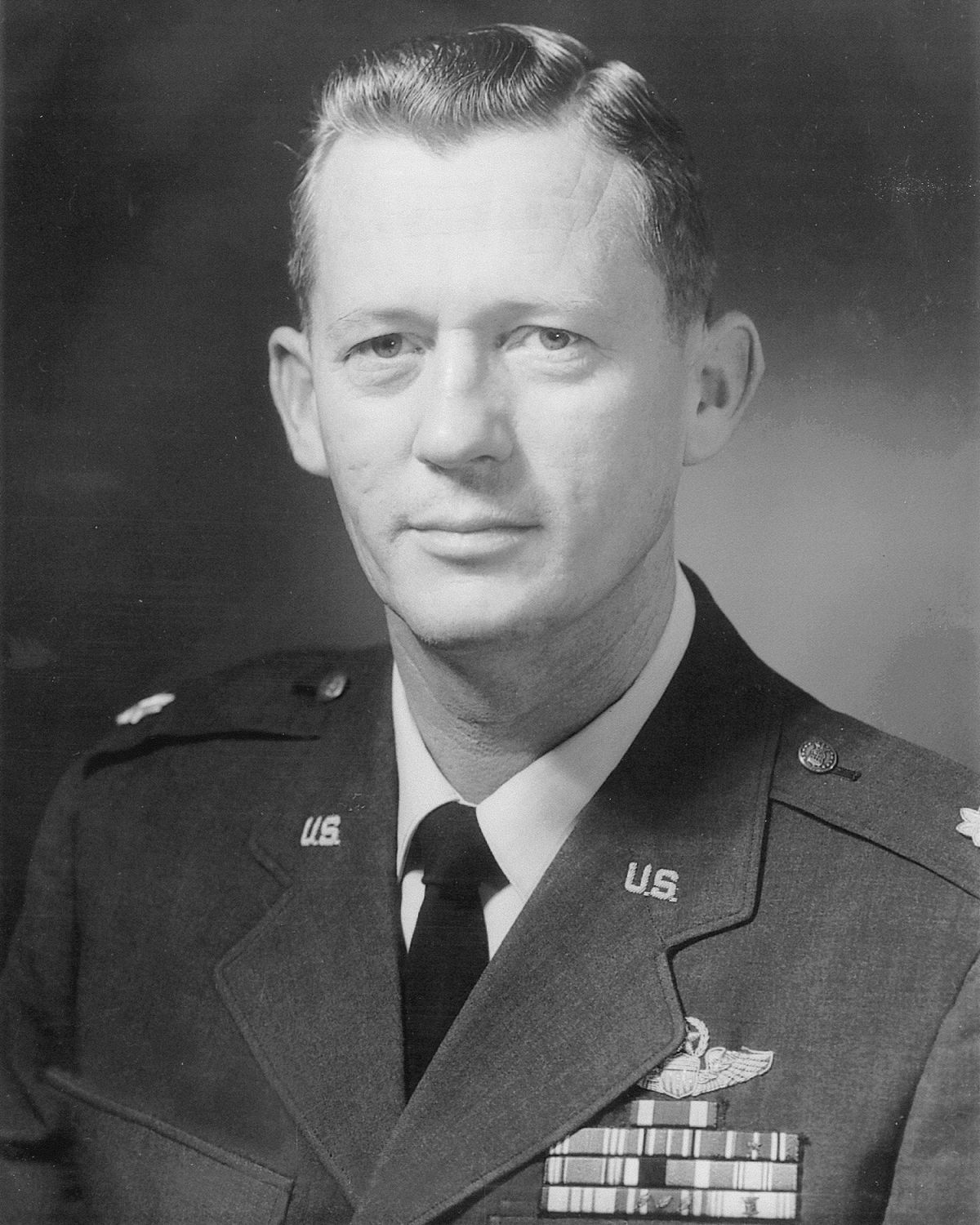
Lt. Colonel Herman Baldwin
Colonel Baldwin was born and raised outside of Marion, North Carolina and enlisted in the Aviation Cadet Program in 1942 after graduation. He trained in Miami Beach and then went to Memphis State College for six months to complete college training then on to San Antonio, Texas for the completion of flight training.
He was selected for Jimmy Doolitle Squadron, but it was too late for him to participate. He flew AT6’s and P-40’s as advanced training into the P-47. He was sent to London and Belgium as direct air support for General Patton’s 3rd Army.
He elected to stay in the service after World War II and has the distinction of flying in the Korean War during which he flew C-47’s for close support work dropping paratroopers into critical zones subject to firing from air and ground. The first combat tour in Vietnam, Colonel Baldwin was assigned to the 309th Air Commando Squadron in Saigon hauling cargo, troops, fresh vegetables or fuel.
He was assigned to Detachment One of the Seventh/Thirteenth Air Force on his second tour, flying RC-47 ending in tragedy, he was shot down by a flight of Mig’s and all eight of his crewmembers were killed, being the largest number of personnel lost in one aircraft at that time. The military aircraft he has flown include:
J-3 Cub, PT-19, BT-13, AT-17, AT-6, P-40, P-47, C-123 and C-131.
He now resides in Hendersonville, North Carolina
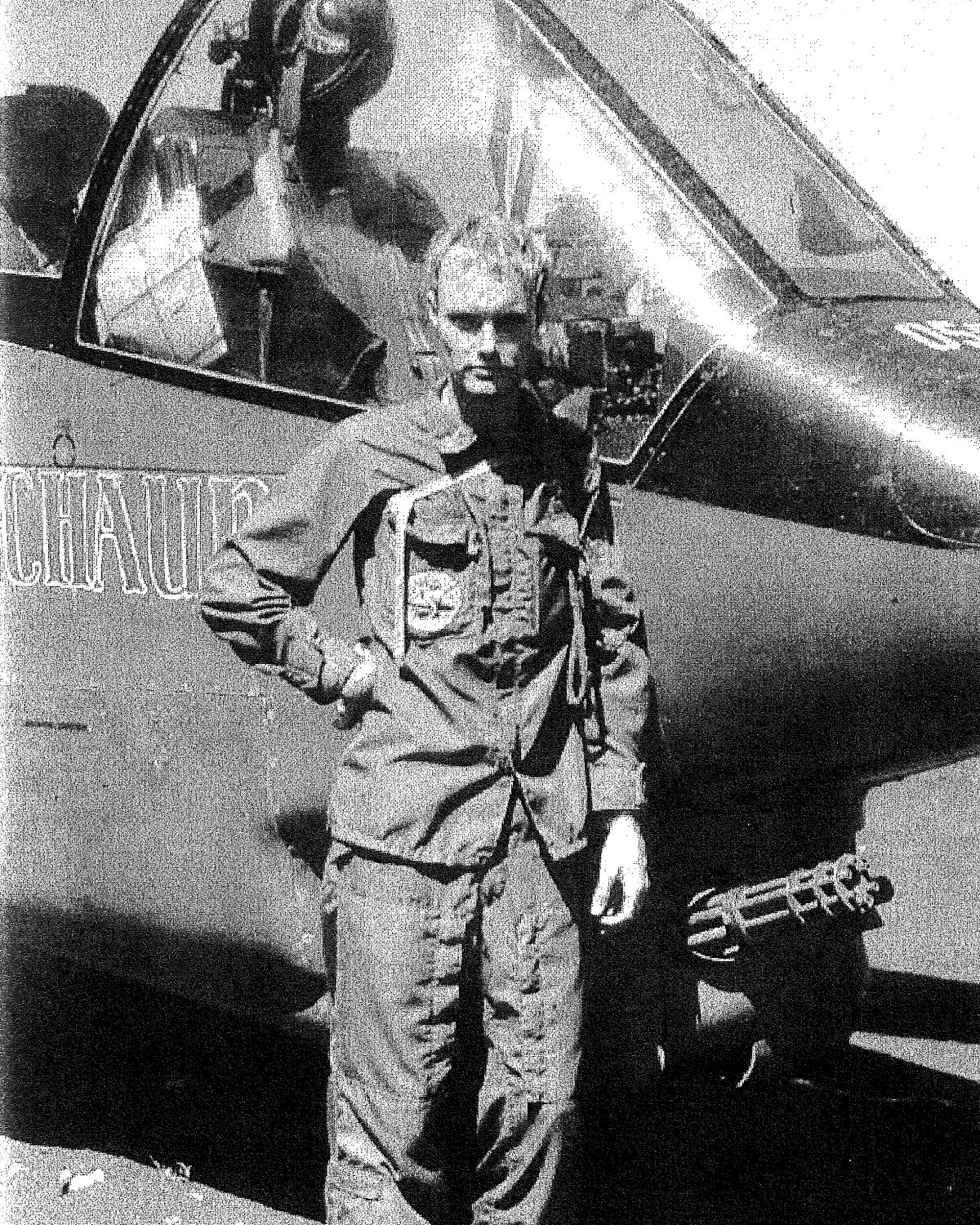
Martin Beckman RA CW4
Martin Beckman was born February 20, 1946 in Anderson, South Carolina. He married Gabriele S. Jung and they have three wonderful daughters.
He received his BA from The Citadel in 1968 and joined the Army in June of the same year. His training took him to Fort Polk, Louisiana; Fort Walters, Texas; Fort Rucker, Alabama and Fort Steward, Georgia. Later he went to Fort Sam Houston, Texas for Aviator Medical training. He also received his Master of Science Education from the University of Southern California in 1981.
Mr. Beckman was sent to Vietnam in 1969 with the 1st Calvary Division, flying the “Cobra” and later the UH1H. In 1971 he was transferred to Germany with the 1st Armored Division and remained in Germany until 1985, flying for the Assistant Division Commander. His first and last stateside assignment was at Fort Benning, Georgia with the 498th “Medivac” Company 34th Medical Battalion.
During the years of service, Mr. Beckman was awarded: the Distinguished Flying Cross, Vietnamese Gallantry Cross with Bronze Star, Bronze Star, Meritorious Service, Air Medal with 52 devices, Army Commendation Medal with Oak Leaf, National Defense Service Medal, Vietnam Service Medal & Bronze Star “Quadruple”, Armed Forces Reserve Medal, Army Service Ribbon, Overseas Ribbon, Republic of Vietnam Campaign Ribbon with Device (1960), Expert Badge Auto Rifle and Pistol and Army Aviation Master Aviator Badge.
Martin Beckman retired from the Army in August of 1988, after 21 years of service, as RA (Regular Army) CWO 4 which is, Chief Warrant Officer 4, the highest level you can attain. He took a job as pilot with the MAMA program, an emergency helicopter service, at Mission Hospital in Asheville, North Carolina.
CWO 4 Beckman and his wife live in Haw Creek community in the mountains of Western North Carolina.
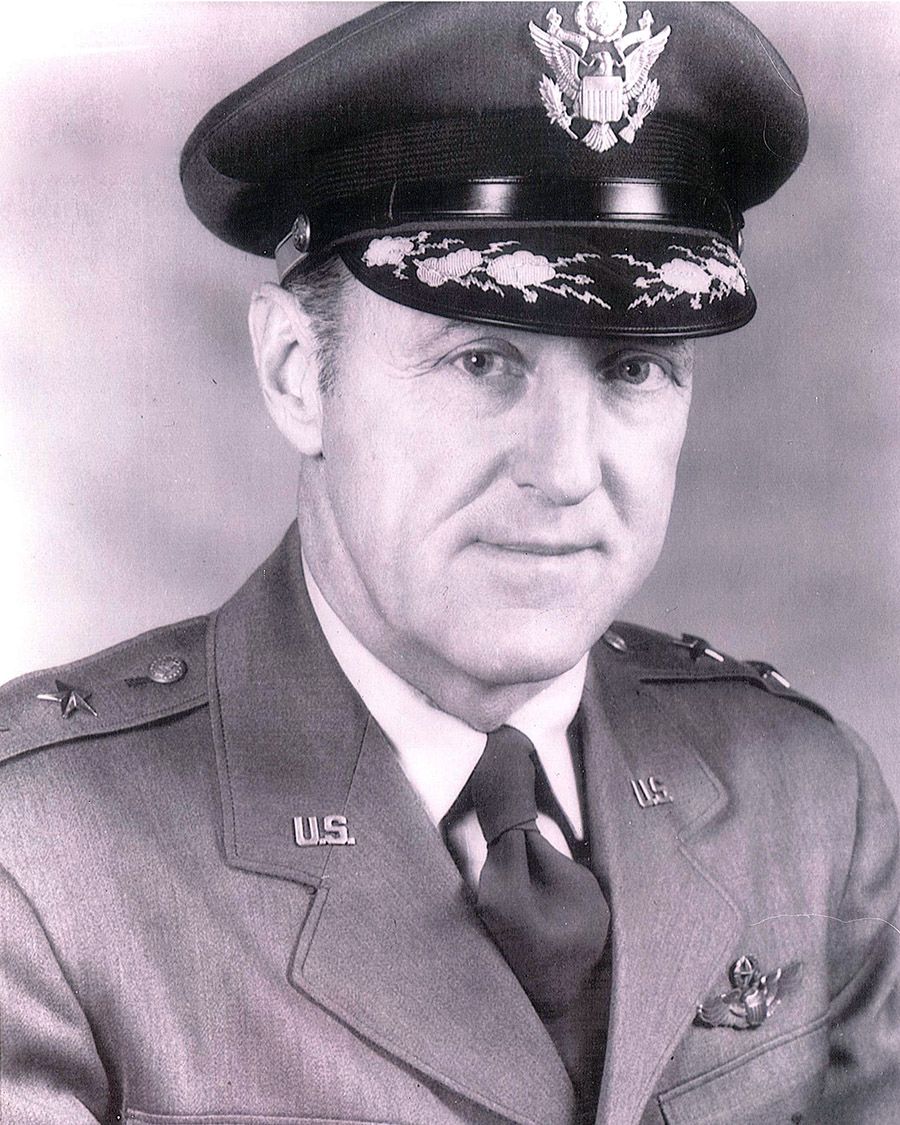
Major General Albert Boyd
Major General Albert Boyd was born in Newport, Tennessee and moved to Asheville, North Carolina at the age of four. Boyd graduated from West Buncombe High School in 1924 and later attended Biltmore College.
In 1927 he entered the US Army Air Corps as a flying cadet. In 1929, Boyd graduated from flying school and was immediately considered as a 2nd Lieutenant flying aircraft. Boyd also attended and graduated from the Air Cops Technical School in 1935 where he was later name the secretary of that school.
In 1945, he was ordered to Okinawa as the Deputy Commander of the 8th Air Force Service Command.
In 1947, he set a world speed record by flying a P-80 “Shooting Star” at a speed of 623.8 miles per hour, becoming the first American to set such a record within the last 24 years.
In 1949, he became the first commander of the Air Force Flight Test Center at Edwards Air Force Base in California. Because Boyd’s achievements in test piloting and setting the world speed record during the war, he was known as “the world’s fastest general” and “the world’s number one test pilot.”
He retired on October 31, 1957, and served as Air Research and Development Command for weapons systems, Deputy Commander in Baltimore, Maryland. Later on, he became Vice President and General Manager of the Defense Products Division of Westinghouse Electric Corp. and was awarded the highest honor available to pilots.
Major General Boyd was later named the Commander of the Wright Air Development Center in Dayton, Ohio where he was charged with the testing and experimentation of aircraft and missiles.
Major General Albert Boyd died in 1976 at the age of 69. During his 30 year military career, Boyd was honored with the following awards: Distinguished Flying Cross, Legion of Merit, Distinguished Service Medal, Medaille de L’ Aeronautique, Air Force Association’s Air Power Trophy, Institute of Aeronautical Sciences Octave Chanute Award.
General Boyd was also named as an honorary fellow in the Society of the Experimental Test Pilots, was honored with a bridge in his name in 1968 “Major General Albert Boyd Bridge,” and was nominated for the International Aerospace Hall of Fame.
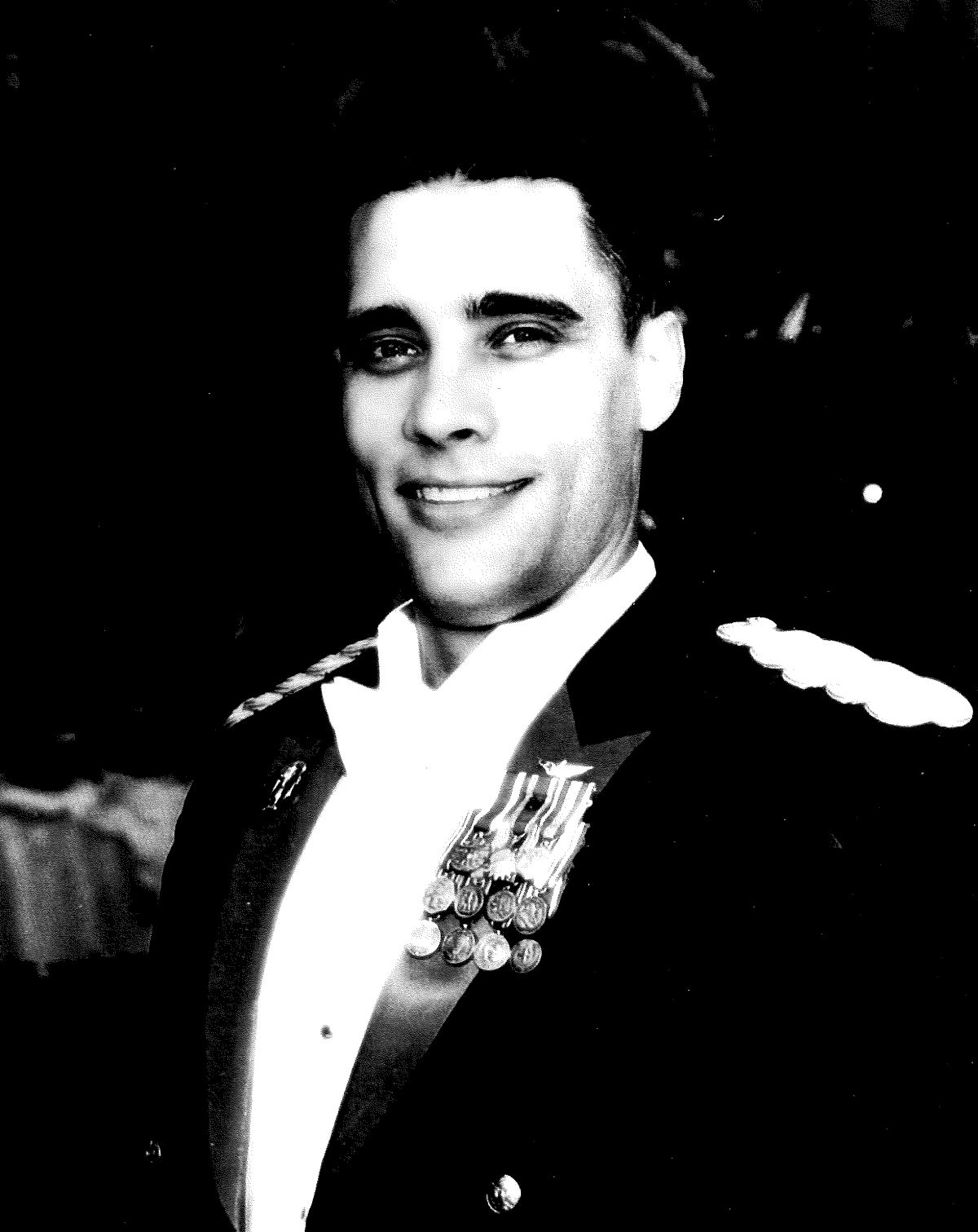
CW3 Mitchell Kyle Carver, Jr.
Mitch was born March 10, 1974 to Judy and Kyle Carver. He had a desire to fly from the time he was eight years old when his father took him to see the Thunderbirds at an air show in Greenville, South Carolina. He had his picture made with a fighter pilot and was captivated by the entire experience. He also took his first airplane flight to Washington, DC about that time and visited the Air and Space Museum. It was bout that time that he decided he wanted to be a pilot.
He joined the Civil Air Patrol when he was in the eighth grade and started taking flight lessons at the Asheville Airport. He actually learned to fly before he learned to drive. He attended Aviation Academy for two summers. After graduating from Erwin High School, he attended UNCC for two and a half years before entering the United States Army in 1995. He loved every minute of flight school and received his wings in October of 1996 at the age of 22. He obtained his multi-engine fixed-wing license in addition to his rotor license. Mitch was a maintenance test pilot, an instructor pilot and an instructor pilot for test pilots. He served in Korea, Bosnia for two rotations and was in his second tour in Iraq. He was working on a degree in Criminal Justice from the University of Colorado before his deployment to Iraq.
Mitch received the following medals and ribbons: Bronze Star, Purple Heart, Meritorious Service Medal, Air Medal with V device (1 Oak Leaf Cluster), Army Commendation Medal (3 Oak Leaf Cluster), Army Achievement Medal (4 Oak Leaf Cluster), Army/Air Force Presidential Unit Citation, Army Superior Unit Award, National Defense Service Medal (1 Oak Leaf Cluster, Armed Forces Expeditionary Medal, Iraq Campaign Medal, Global War on Terrorism Expeditionary Medal, Global War on Terrorism Service Medal, Korean Defense Service Medal, Army Service Ribbon, Overseas Service Ribbon, NATO Medal, Senior Aviator Badge and Combat Action Badge.
The following comments were made about Mitch by fellow Americans:
Mitch “was a great pilot and a great friend, but first and foremost a great Christian example…He encouraged me through his life and has inspired me in his death” CW3 Jeff Jones
“Mitch was a brave and heroic man who wore our nation’s uniform with courage and distinction and I am proud to have been his Commander in Chief.” President George W. Bush
“We want everyone to know and remember that Mitch Carver was not just a soldier, a pilot, a “casualty of war”. He was a hero who made the ultimate sacrifice defending the freedoms that many in our own country take for granted.” Steve and Allison Almason
“This is a very touching story of a life lived well. The man knew his priorities and faced life with courage. I wish we were all that brave.” Matt Welch
Mitch was laid to rest at Arlington National Cemetery (Section 60, 8315) on Monday January 23, 2006, at his request, where he received the Bronze Star, Purple Heart, Combat Action Badge and the Air Medal with V Device.
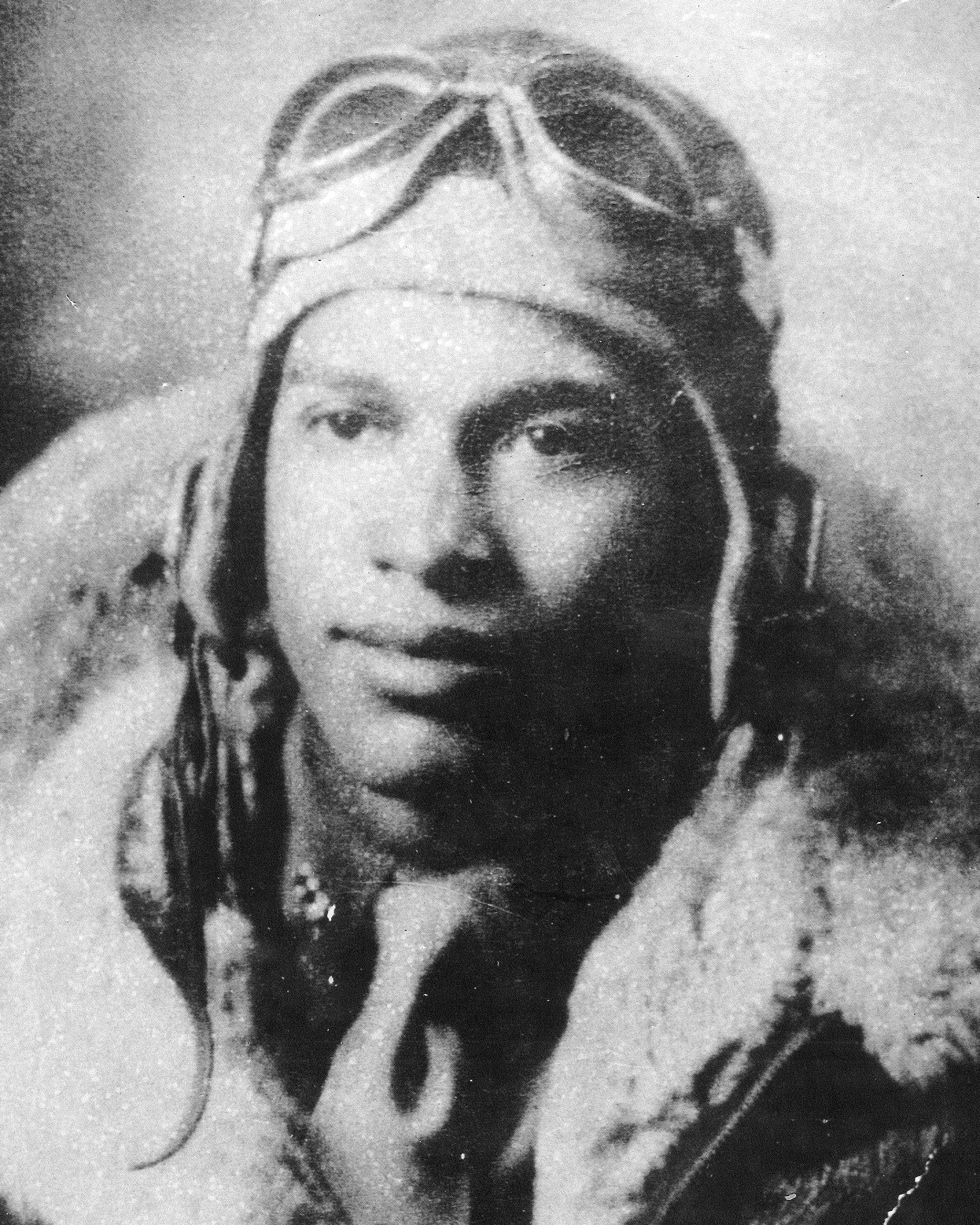
First Lieutenant Lewis W. Craig
Lewis Craig was born in Asheville, North Carolina on April 3, 1922. He was a graduate of Stephens-Lee High School. He joined the United States Army in 1943.
He was awarded commission as Second Lieutenant, and received his wings from the Aviation Cadet Corps at Tuskegee Institute in Alabama.
Lt. Craig was one of 992 men to graduate from pilot training at this facility before the wars end. The famed Tuskegee Airmen were the first African-American men to qualify as pilots in U.S. military service. It is believed that 1st Lt. Lewis Craig was the first African-American from Asheville to get a commission from the Army Air Force. Lt. Craig, 21 year old fighter pilot, also trained as single-engine transitional fighter pilot at the Tuskegee station.
1st Lt. Craig flew 35 combat missions over Europe during World War II as a fighter pilot assigned to the 332nd Fighter Group in Italy.
His awards included the Purple Heart for being wounded in combat; the Air Medal with three Oak Clusters; the European Campaign Medal with four Battle Stars and the World War II Victory Medal.
1st Lt. Lewis W. Craig died June 25th, 1949 at the age of 27. His son, Louis Solomon and grandson, Ricky Solomon live in Arden, North Carolina.
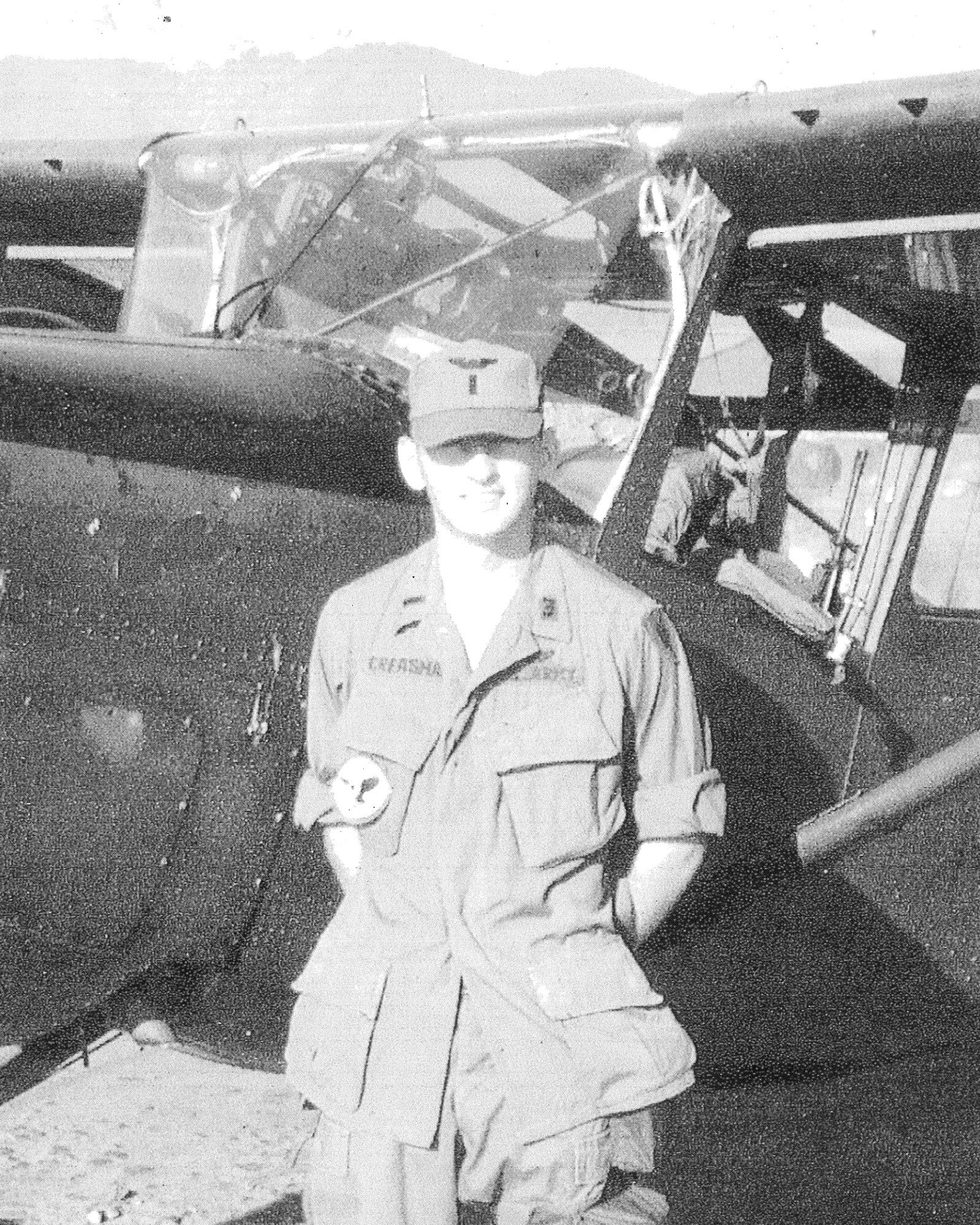
Captain David C. Creasman
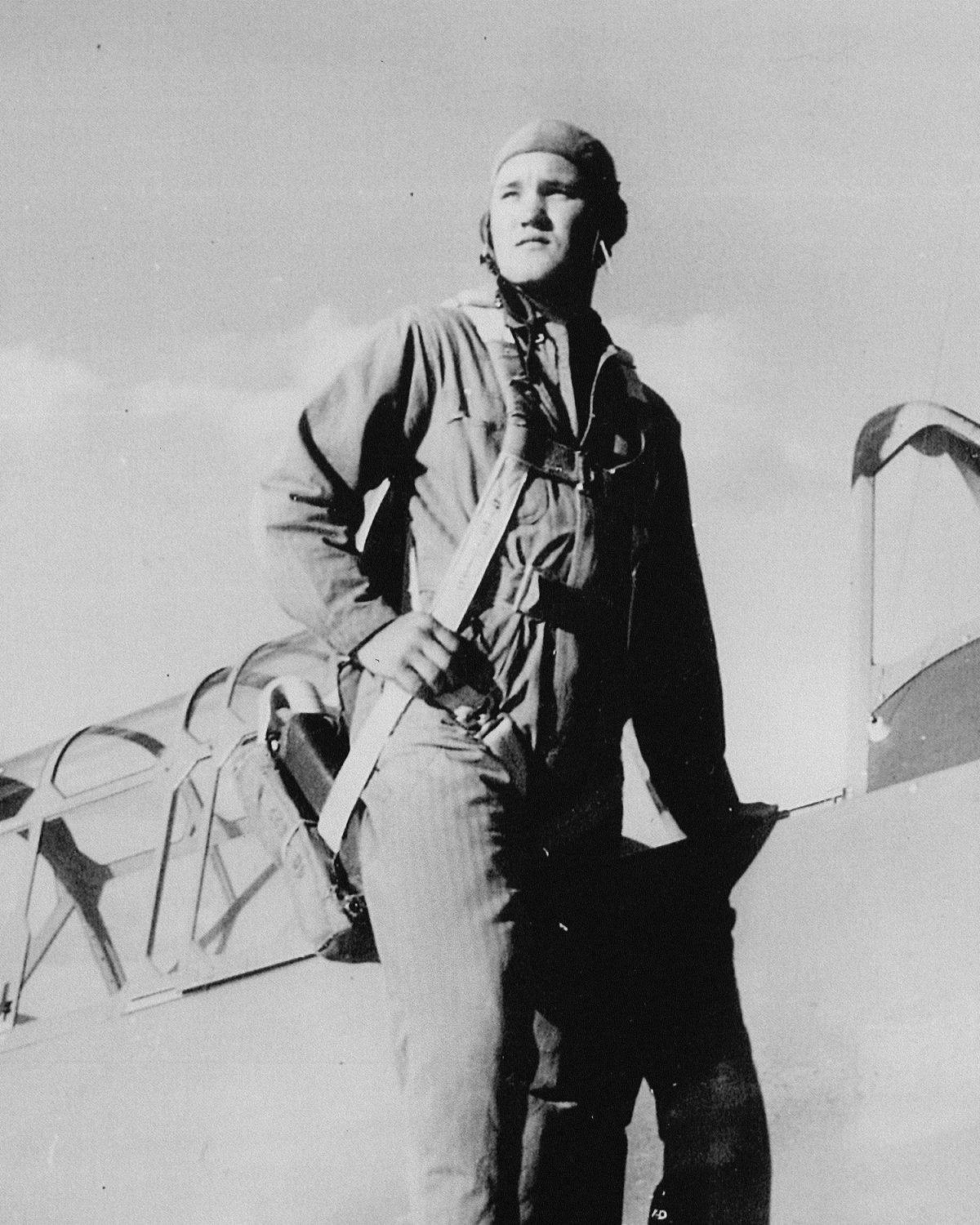
Lieutenant Colonel Roland V. Hill
Lieutenant Colonel Roland V. Hill was the fifth child of ten, born February 1921 in Henderson County to
C. Frank and Lillie Lee Hill. He attended Dana School and from there went to Brevard College.
In 1941, Mr. Hill joined the Army Air Corp and obtained his wings in the class of 1942-B at Kelly Field in Texas. He became a flight instructor on BT-13’s in Sumter, South Carolina. After a short stint in Sumter, he was reassigned to Hendricks Field in Sebring, Florida where he became a flight instructor on B-17’s for 9 classes. In 1944, he was assigned to Maxwell Field in Montgomery, Alabama where he instructed 2 classes on the B-29 until the war was over.
Lt. Colonel Hill retired from military and returned to college, obtained a degree in Agriculture from Berea College in Kentucky. He took his family and his knowledge of Agriculture to Tampa, Florida where he taught Agricultural to High School and Junior High students for 38 years.
He retired from the school system in 1978 and spent his remaining days traveling between his home in Tampa, Florida and his homestead in Henderson County North Carolina,
Lieutenant Colonel Roland V. Hill died in 2002 at the age of 81.
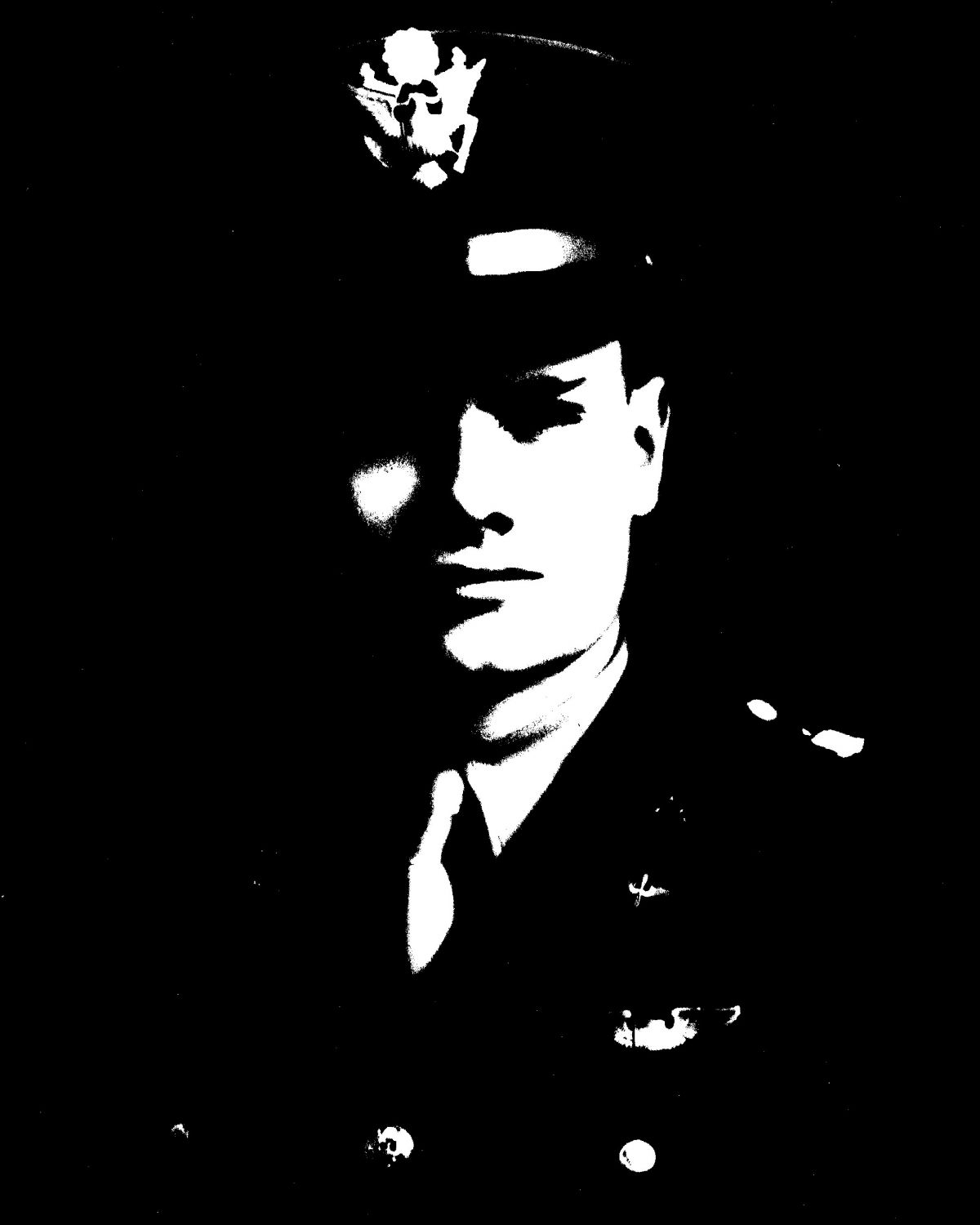
Captain Luther P. Hoesten
Captain Hoesten was born in Brooklyn, NY near what is now LaGuardia Airport. He entered Aviation Cadet program March 16, 1942.
Flight School – January 1943 through March 1944 USA: Primary flight. Stearman, PT 17; Basic flight Vultee, BT 13; Advanced flight, North American, AT 6.
Combat Training – January 1943 through March 1944 USA: Douglas, A24; North American, P51; Curtis, P40; Vultee, A35; Bell, P39; Republic, P47.
Combat – Republic P47 – Dive Bombing Missions: Combat obligation two hundred ten hours.
Relieved from flight operations January 11, 1945
Post Combat Flight Duty – February 5 through April 21, 1945: Attached to 35th Infantry Division. Advised aircraft what and where to attack.
Relieved from Service – Fort Dix, New Jersey July 1945
Captain Hoeston received these awards: Distinguished Flying Cross, Air Medal, American Campaign
Medal, European-African Middle Eastern Campaign Medal, World War II Victory Medal and Belgian Fourragere.
POSTSCRIPT REFLECTION
“The everyday activity of air combat carries with it a liberal amount of suspense and danger. However, the repetitive nature of some missions tends to dull the ability to recall facts with a high degree of accuracy. The same cannot be said about malfunctioning engines leading to emergency landings, crashes on take-off and having only fumes left in the fuel tank upon landing. I have enjoyed them all and remember them vividly!!” - Captain Luther P. Hoesten
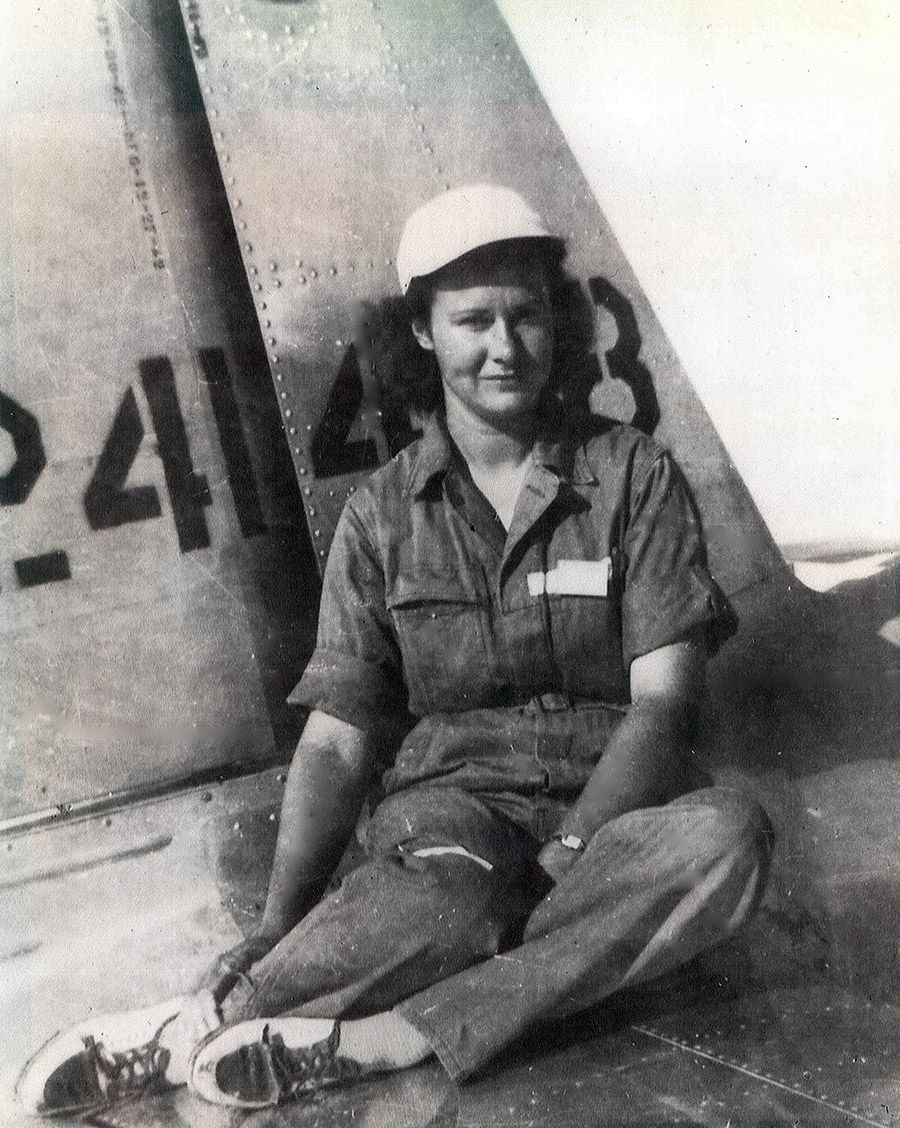
Dorothy Post Hoover
Mrs. Hoover was born in Asheville, North Carolina November 22, 1916; attended Lee Edwards High School, Biltmore Jr. College and Cecil’s Business College. She worked as a legal secretary, bookkeeper and Clerk in the NC General Assembly.
She was a licensed private pilot for a year and a half before completing her studies at the women’s auxiliary service pilot’s school at Avenger Field, Texas where she graduated as a flier with the ferry command, was accepted in the WASP program by Jacqueline Cochran in 1943, trained at Avenger Field in Sweetwater, Texas in PT-19’s, BT-15’S, AT-6’S and AT-10’s.
After graduation was assigned to South Plains Army Field, Lubbock, Texas as a tow pilot on Lockheed Lodestar C-60’s, to train military glider pilots. This program was phased out when the glider pilots were shipped overseas to participate in the Normandy invasion on D-Day. Mrs. Hoover was transferred to Eagle Pass Air Force base in Eagle Pass, Texas to tow targets for aerial gunnery practice in AT-6’s and to fly army planes from the factories to the fields for training new pilots and for shipment to the fighting fronts.
Mrs. Hoover volunteered for the one and only class for women at Randolph Field in San Antonia, Texas; she graduated from the “West Point of the Air” as a Basic Flying Instructor.
The WASP’s were demobilized in December 1944 but were granted full veteran’s status in 1977 by the Act of Congress. While not permitted to fly in combat during World War II, the WASP’s opened the door for women in the next generation.
She is the wife of Captain Henry O. Hoover of Asheville, North Carolina who is stationed in the Hawaiian Islands with the Army.
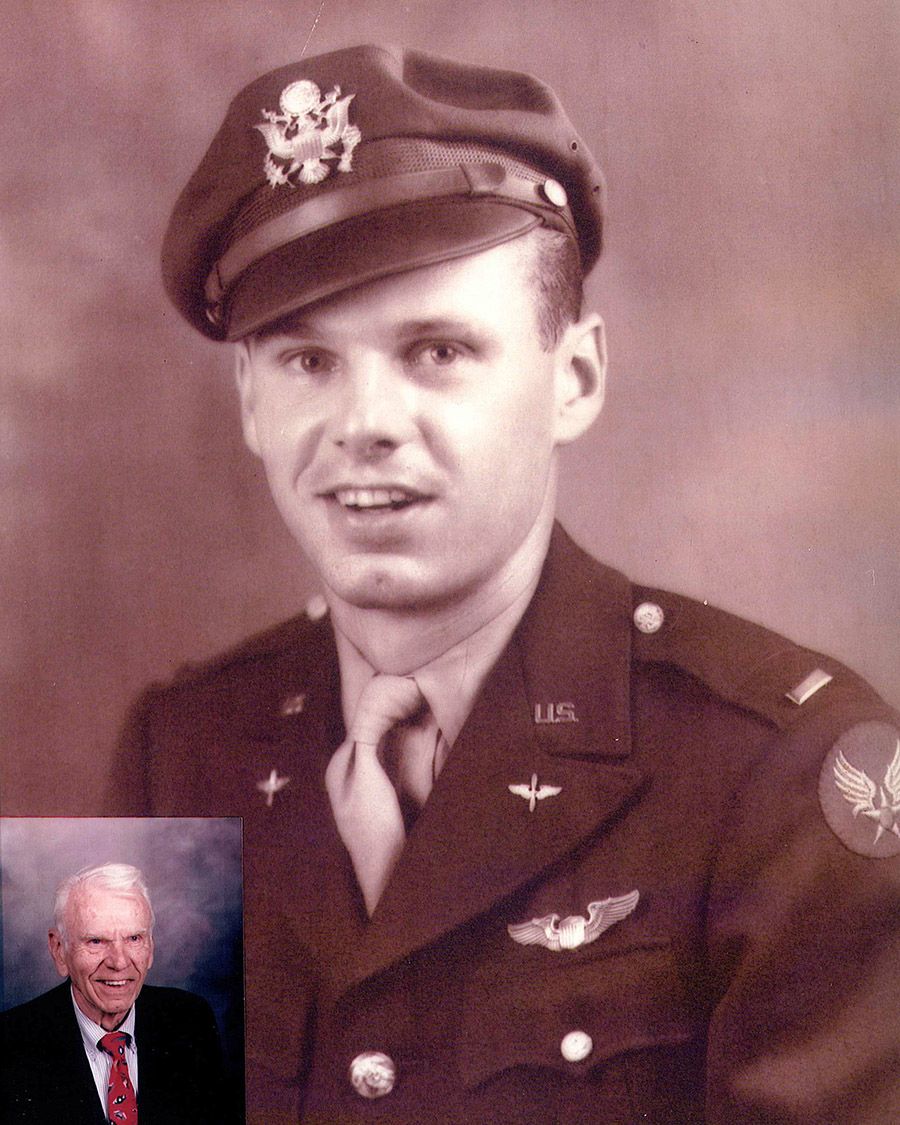
Lieutenant Colonel Carl A. Hyldburg
Carl Hyldburg enlisted in the United State Army on June 3, 1942. Private Hyldburg was later accepted in the Aviation Cadet program receiving his pilot rating and commission as a 2nd Lt. in March of 1944.
After additional training in the B-17 aircraft, Hyldburg was assigned as Co-Pilot on a B-17 crew. He and his full crew flew a new B-17 aircraft to Europe arriving in Italy assigned to the 15th Air Force, 483rd Bomb Group H; much to the crew’s dismay, the new B-17 was assigned to an experienced crew while Hyldbur and his crew got a serviceable but beat-up airplane.
As co-pilot and pilot, he flew 35 combat missions from September 1944 to March 1945, all of which were successfully completed without serious injury to any of the crew.
Colonel Hyldburg, after World War II, graduated from Duke University School of Law and engaged in private practice for over 50 years during this time he served with the USAF Judge Advocate Reserve retiring as a Lieutenant Colonel on April 9, 1983.
Colonel Hyldburg was a member of the Asheville Regional Airport Authority from July 1, 1990 to June 30, 1998, the last four years as Chairman of the Authority Board.
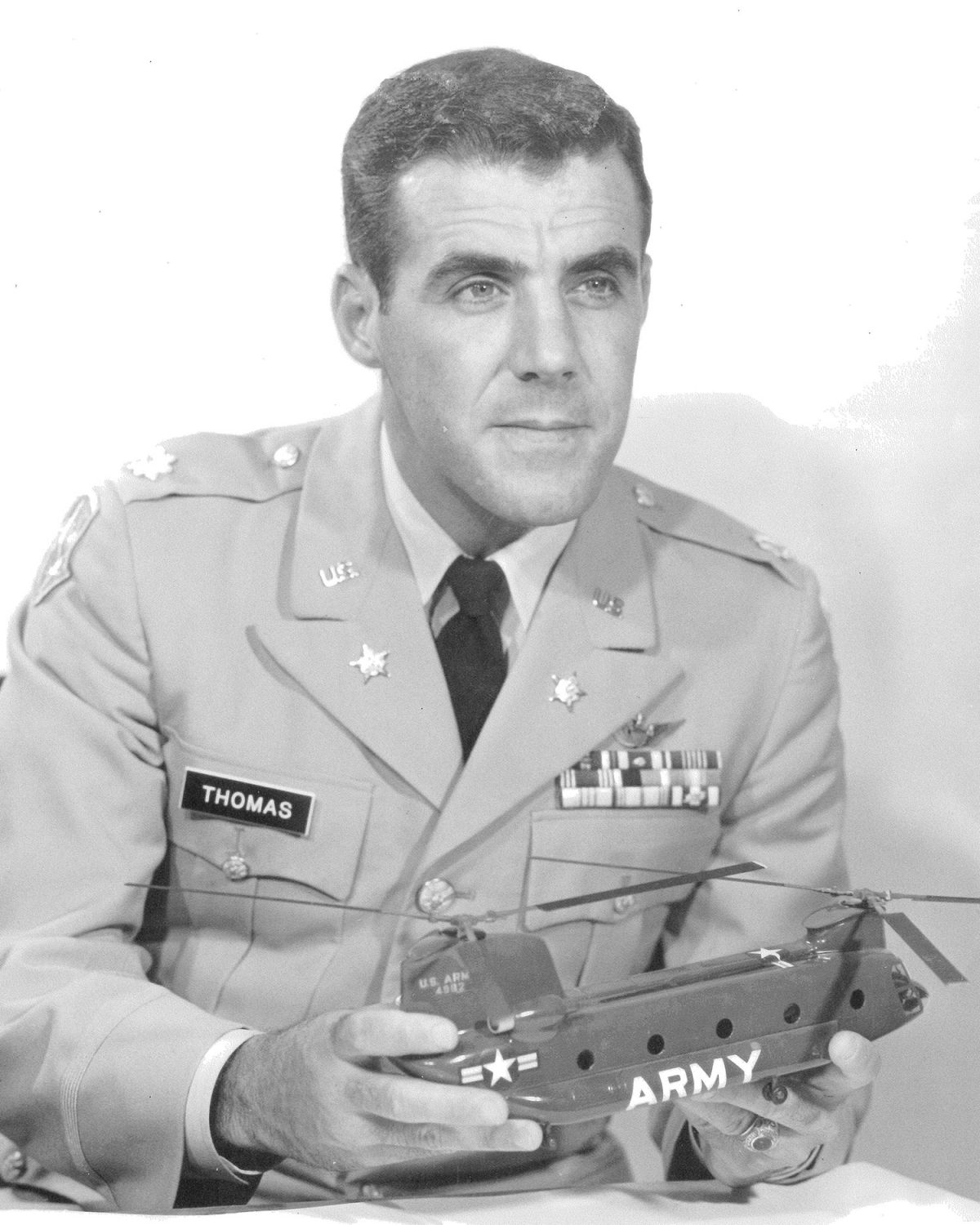
Colonel John W. Thomas
Colonel John W. Thomas was born September 11, 1930 in Walhalla, South Carolina.
He joined the Army in July 1950. He was a helicopter pilot and a Unit Commander, active combat in Vietnam for two and a half years.
Notable Awards were: Legion of Merit, 2 Distinguished Flying Crosses, 6Air Medals
Flying Hours: 4500
Combat Hours: 600
Retired from Army in August 1973, promoting from Private to Colonel during his tour of service.
Retired to Western North Carolina in 1989 and resides in Sapphire, North Carolina with his wife Sue.
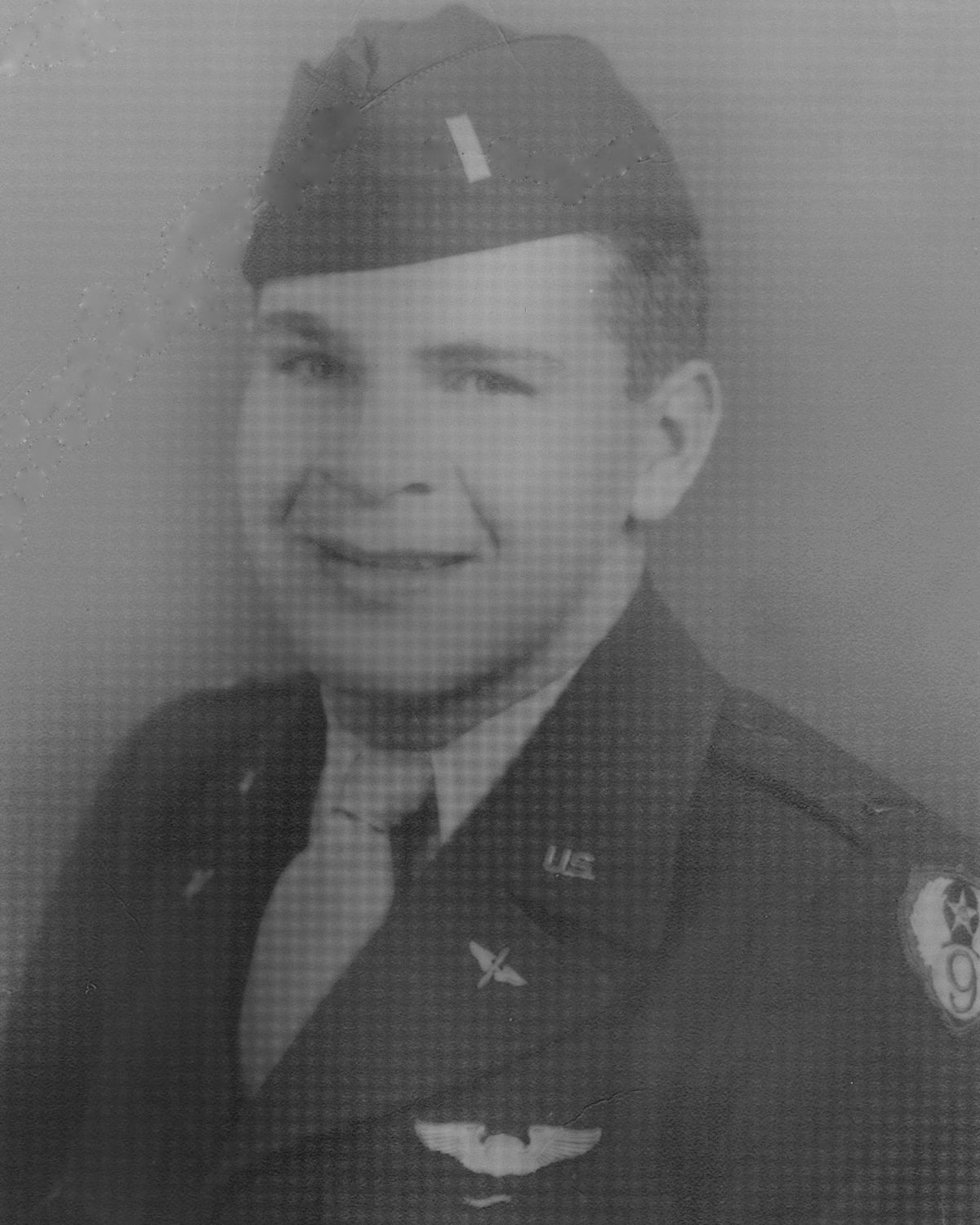
First Lieutenant Tarver Davidson
Army Air Corps
Tarver Waddell Davidson was born May 1, 1922 in Swannanoa, North Caroline. He was the second son of Samuel Fred and Floy Waddell Davidson. He attended grammar school in Swannanoa and graduated high school at Warren Wilson, which was then a high school and junior college. He married Betty Curtis from Asheville in 1949, had two children, Richard and Betsy, residing in Skyland, NC. Richard lives in Skyland and Betsy in California. Betty died in September 2004 and Tarver died in February 2007.
Service information: Tarver Davidson was a co-pilot on a B-24 Liberator bomber, flying with the 8th Air Force in England. He was shot down over occupied France on his fourth mission and parachuted “into the arms of the German army. He sustained several shrapnel wounds to the leg and some of this was never removed. Tarver was a prisoner of the Third Reich for nine months, being held in prison camps in Frevent and Lille, France; Brussels, Belgium and finally in Frankfurt, Wetzlar and Obersol, Germany. The final camp, about 70 miles south of Berlin, number 174, he thought, was the camp where the tunnel had been dug (prior to his arrival) and was the actual one about which the movie “The Great Escape” was written.
Since this was a military camp, he was not subjected to the harsh treatment given prisoners in the political camps. However, hunger was a very real problem and he gave Red Cross credit with saving them with the packages they provided frequently. Tarver stated that the German guards took some foods from the packages, but they were also near starvation. He reported playing a lot of Bridge and Chess and the camp had an amateur theatrical group and an orchestra, the instruments provided by the Red Cross. They also had basketball goals set up for games in good weather.
They were moved from this camp around Christmas, 1944; when the Russian forces were advancing, they walked through a sleet storm all night then were given shelter in a warm brick plant in Spremburg, then they were hauled to Nurenberg in box cars where they stayed for two – three months and watched while the railroad yard was being bombed several times, which was about two miles away. They left this camp walking, arrived at a camp near Munich where they were liberated by General Patton leading an armored column. The German guards heard that Patton was coming and fled their posts. The prisoners were left several days without food, when Patton arrived, they were fed, then had to walk to the coast to be shipped out. He returned to the states in the spring of 1945.
He spent a year as a civilian flight instructor and was recalled to active duty in September 1947. He spent two years with the Occupation Forces in Japan. He was transferred from the Air Force reserve to the Infantry National Guard in 1950, flying light planes and helicopters as an Army aviator for two years. His active duty stateside stations were all in California.
As a civilian, he was employed by the Kearfott Corp. and later an employee of E.A. Industries of Arden, where he traveled much of the USA and Europe, installing and repairing the machinery in automated brick plants.

First Lieutenant William L. Griffin
Army Air Corps
First Lieutenant Griffin grew-up in North Asheville. He graduated from Lee H. Edwards High School and enrolled in NC State College. When the government lowered the age limit for Air Force pilot training, Bill and a close friend, Bernard Ferguson, decided to apply.
December 7, 1941. His first orders sent him to Miami, Florida in January 1941, introducing him to Air Force actions and discipline and was sent to San Antonio, Texas three months later, for classification, where he classified for pilot training. This began at Harvey Parks, Sikeston, Missouri; he was the first pilot in his group to do a solo flight.
The basic training was in Winfield, KS; advanced training was at Blackland Field in Waco, Texas which was a school for twin engines. He received his wings in March 1944 and was sent to Columbia, South Carolina for A-20 training. That wasn’t meant to be! The very maneuverable low-level one pilot plane was being de-emphasized in combat in favor of the larger B-25. He learned later that the B-25’s had a longer range, could carry more fire power and a bigger bomb load. It required two pilots, these planes were often flying nine abreast, doing evasive action and skimming tree tops and ground as they strafed the targets. Their crews consisted of two pilots, a navigator, an engineer, a radio man and a tail gunner.
He expected to be trained on the A-20’s but was assigned in Greenville, SC to co-pilot B-25, which replaced the A-20’s. He had no bomber experience until this time. He would learn the plane and fly missions before he checked out as First Pilot. His pilot was well trained and competent for their tasks and they had a really great crew.
They flew together for about 3 months and were sent to Savannah, Georgia to fly a new B-25 to Sacramento, California to be modified for their long journey. All guns were removed and the glass nose was replaced with a solid one which was designed to hold eight fifty caliber machine guns. A bomb bay, extra gas tanks and another gas tank in the radio compartment were installed. When this was completed, they loaded their gear and started their journey to, Hawaii, Christmas Island, Canton Island, Fiji Islands, New Caladonia and finally to Townsville, Australia. This was an awesome journey for two twenty year old pilots and a twenty-one year old navigator.
He was in New Guinea briefly when he was assigned to the 405th Squadron, 38th Bomb Group, and 5th Air Force.
He flew 50 missions out of Biak, Morotai and Luzon, the most northern island of the Philippines.
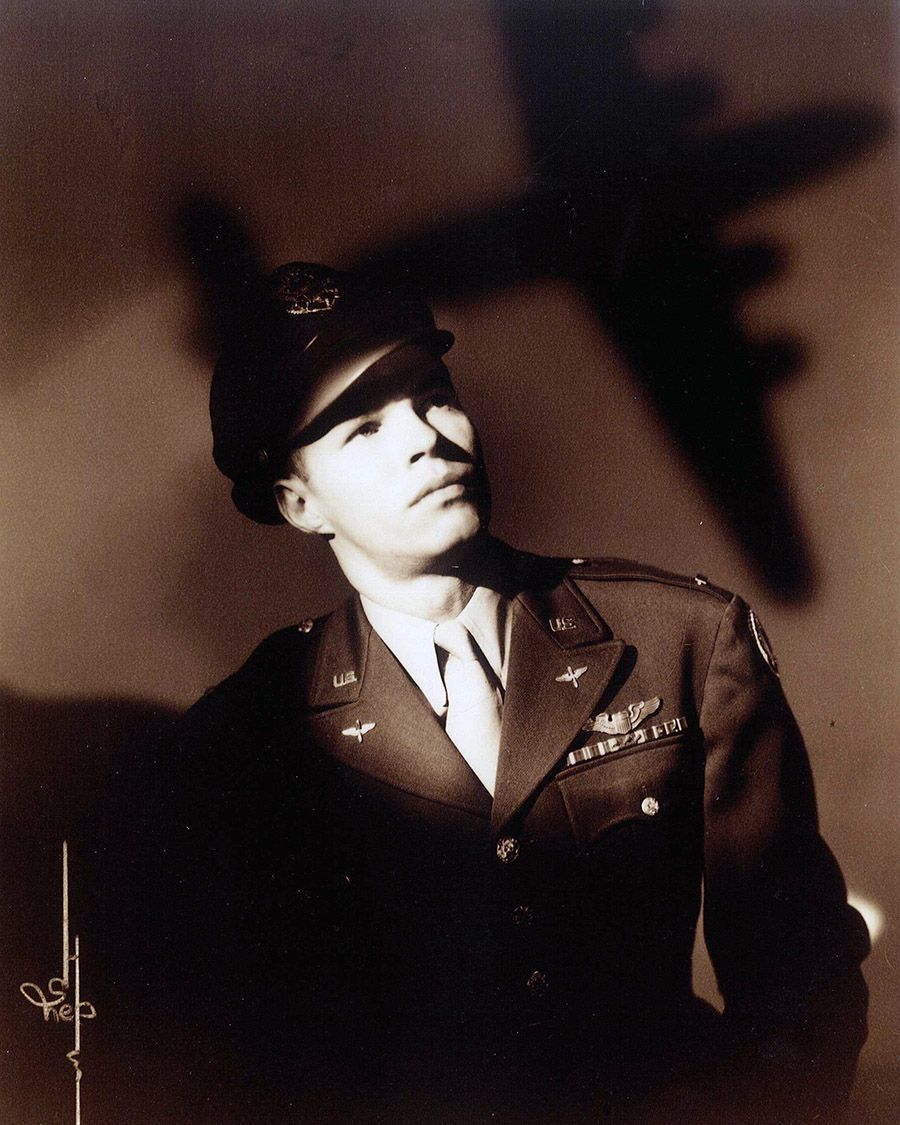
First Lieutenant Edward F. Logan, Jr.
Army Air Corps
First Lieutenant Edward F. Logan, Jr. (“Ted”), was born August 3, 1922 in Strafford, Pennsylvania; entered the United States Army Air Corp in March 1942; indoctrination trained in Miami Beach, Florida October 7, 1942.
Attended the 63rd College Training Detachment Knoxville, Tennessee December-June 1942-1943.
University of Tennessee- Army Controlled Flight Course- CAA War Training Service, Flight Instruction and Ground School, Aircraft: Piper J-5 Cub. Attended USAAC Classification Center – Nashville, Tennessee June-July 1943. Attended USAAC Flight Cadet Pre-flight School – Montgomery Alabama July-August 1943. Primary Flight School – Union City, Tennessee – September- October 1943. Basic Flight School – Cochran Field, Macon, Georgia – November-December 1943. Twin Engine Advanced Flight School – Valdosta, Georgia January-March 1944 Graduated and commissioned 2nd Lieutenant. B-17 Training Sebring Florida; Combat Crew Formed at Plant Park, Tampa; B-17 CTU Avon Park April- August 1944.
CCSC Hunter Field, Savannah, Georgia Combat Crew Staging Center: Transferred to 15th Air Force from 8th Air Force Combat Crew Pool, Ferried B-17 #44-2436 to England – September 2, 1944 Routed via Africa to Italy, arrived 483rd BG, 817 BS – October 4, 1944.
The crew began flying combat missions on October 10, 1944; flew 35 combat missions and two “Red Rover” missions. Flew on first 483rd BG night mission – Lintz O/R – November 12, 1944. They were shot down (MIA) on thirty fourth mission on March 9, 1945, Graz Austria. Aircraft was severely damaged over target—flew aircraft to Northern Slovenia, had crew bail-out, were all retrieved by Partisans and walked south and were flown to hospital in Bari, Italy. Completed last mission to Prague March 25, 1945; Discharged June 13, 1945 Fort McPherson, Georgia.
Decorations: Distinguished Flying Cross with one Oak Leaf Cluster; Air Medal with three Oak Leaf Clusters; ETO Ribbon with one battle star and Distinguished Unit Citation with one star.
Events since World War II: Married August 4, 1945, have two grown children; Commercial Aviation. Lived in South America for seven years, flew for Pan American Grace Airways and Standard Oil of New Jersey in countries of Peru, Chile, Argentina, Bolivia, Ecuador, Panama and Columbia. Flew world wide as PIC for 38 years in all types’ aircraft with about 30,000 hours flight time. Active in the Air line Pilots’ Association for 30 years in all areas of association; worked as Aviation Consultant, Vice President of Operations, Director of Marketing for Executive Air charter Air Line, Vice President and General Manager of Sister Company, operating an Airport FBO and a small airline in Maryland. Retired to North Carolina in 1986.
Lt. Logan is a member of Retired Pilots’ Association, Reserve Officers Association, Air Force Association, Carolina Mountain Club, American Legion and The Air Forces Escape and Evasion Society.
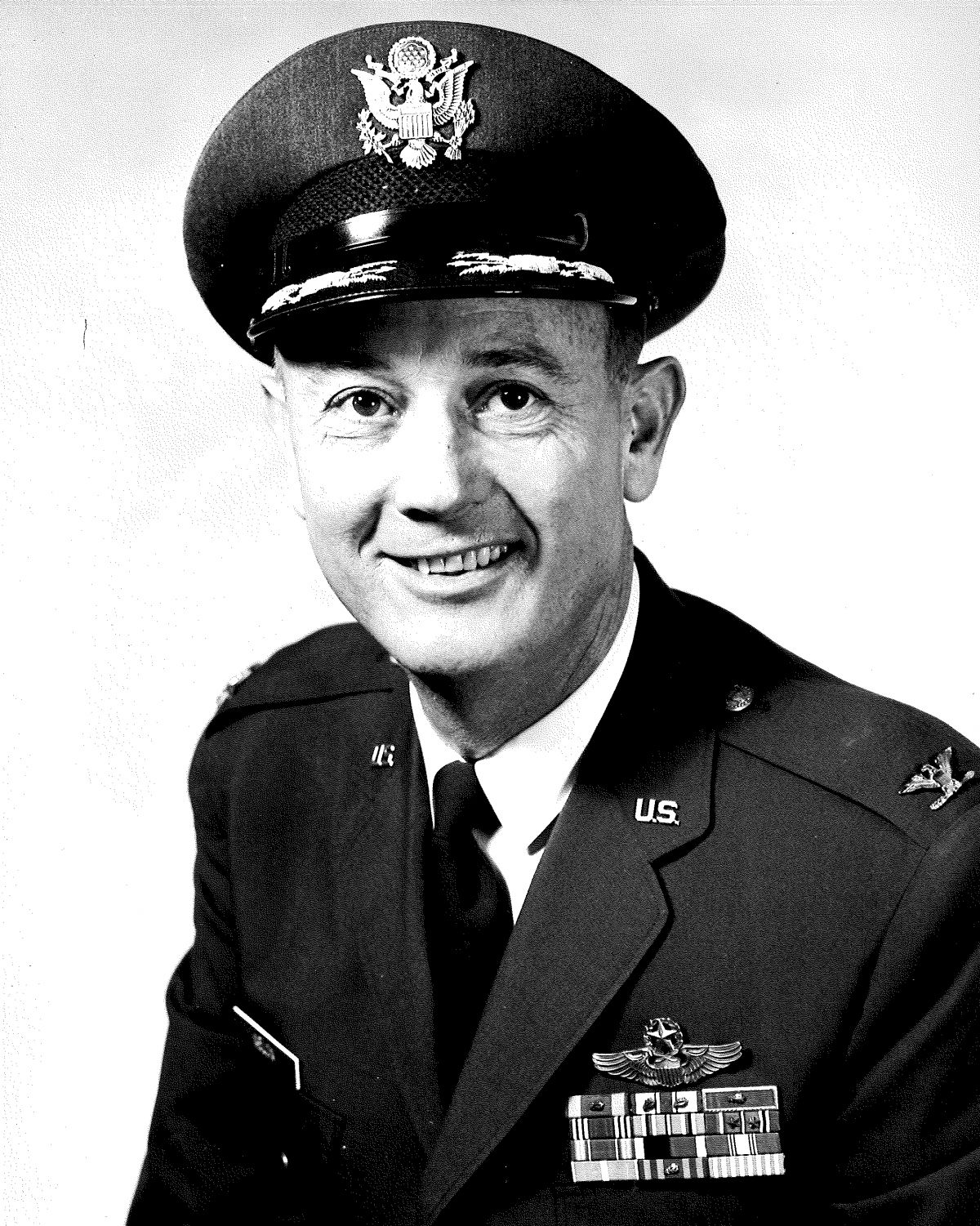
Colonel Claude R. Nelon
Army Air Corps
Colonel Claude Nelon of Lake Lure, North Carolina served in the United States Army Air Corps and United States Air Force during World War II, Korea and Vietnam wars. He was Command Pilot with over 15,000 hours fly time; piloting B-17’s, B-29’s, B-36’s and B-52’s.
Colonel Nelon wa a Professor of Aerospace Studies at Syracuse University New York, commanding the Air Force ROTC program and established a Russian language program for military personnel.
He retired to his home town of Lake Lure after 32 years of service.
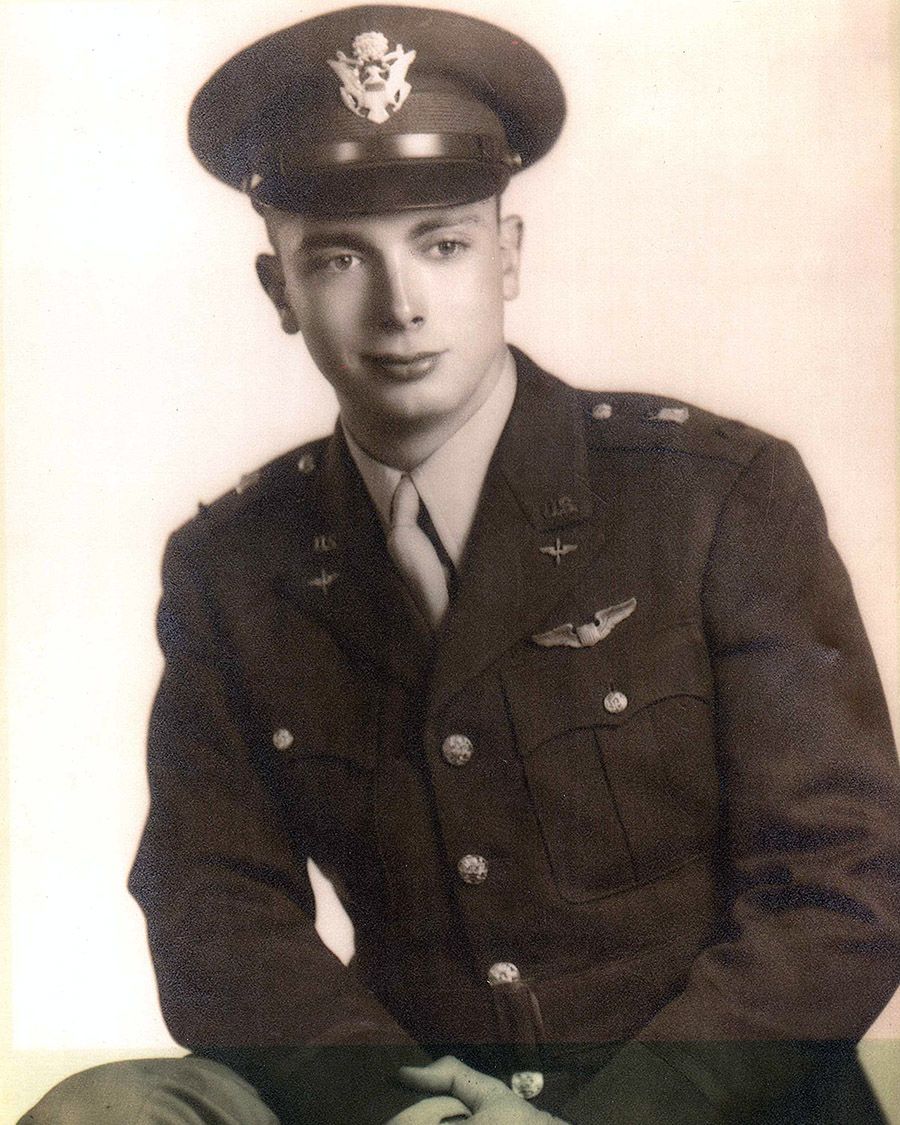
Lieutenant Coman W. Rothrock, Jr.
Army Air Corps
Lieutenant Coman W. Rothrock, Jr. is a native of Asheville, North Carolina and graduated from Lee Edwards High School class of 1939. He also received student pilot instruction at the old Asheville-Hendersonville Airport under the tutelage of Paul McMurray.
He was a student at the University of North Carolina, 1939-1942; during these years he was active in the Civilian Pilot Training Program. He left the university in 1942, his junior year, for Aviation Cadet Training in the Army Air Corps.
Active duty assignments from 1942-1945 included: the Army Air Forces School of Applied Tactics; the First Bomb Squadron; Ninth Bomb Squadron; the 1159th School Squadron; the 903rd Base Unit and the 452nd Bomb Group of the 8th Air Force in Europe. It was at the 903rd Base Unit in Pinecastle Army Air Field, Florida that Lt. Rothrock conducted extensive equipment testing, stall testing for the Boeing Company on Boeing, Douglas and Vega built B-17G’s, and performed the first zero-zero (meaning zero visibility and a zero ceiling or not being able to see beyond the windshield of the aircraft), weather take-offs and landings in a fully loaded B-17G Bomber. By the end of two years their unit had completed 159 projects.
Lt. Rothrock started making instrument approaches with a radar blind approach system in July 1944. The major in charge got the basic idea while in Italy when he was tracking a B-24 that crashed into a mountain. He devised some plastic grids with circles and a runway line. The major could tell Lt. Rothrock how high he should be as he crossed each circle but he could not tell the altitude. This was the forerunner of ground controlled approach. The project was interrupted when he was sent to Elgin Field to check out in a B-29, he flew it back to Pinecastle, the airplane was transferred to the B-24 Squadron and Lt. Rothrock resumed test work. In November 1944, his duties were flight leader, assistant operations officer and squadron instrument check pilot and then he was named the squadron project officer and test pilot for an “All Weather” project reporting to Colonel Earl Tash who was wing project officer on the Air Forces Board. The objective was to devise a system whereby they could take off, fly to a target, drop their bombs return to base and land… all on instrument. Through much experimenting and research, Lt. Rothrock being a major contributor, successfully completed two zero-zero landings on January 22, 1945.
His formal education was completed in 1946 at the University of Florida where he received a degree in chemical engineering. While working in paper manufacturing he contributed many innovative ideas and procedures now used by the paper industry.
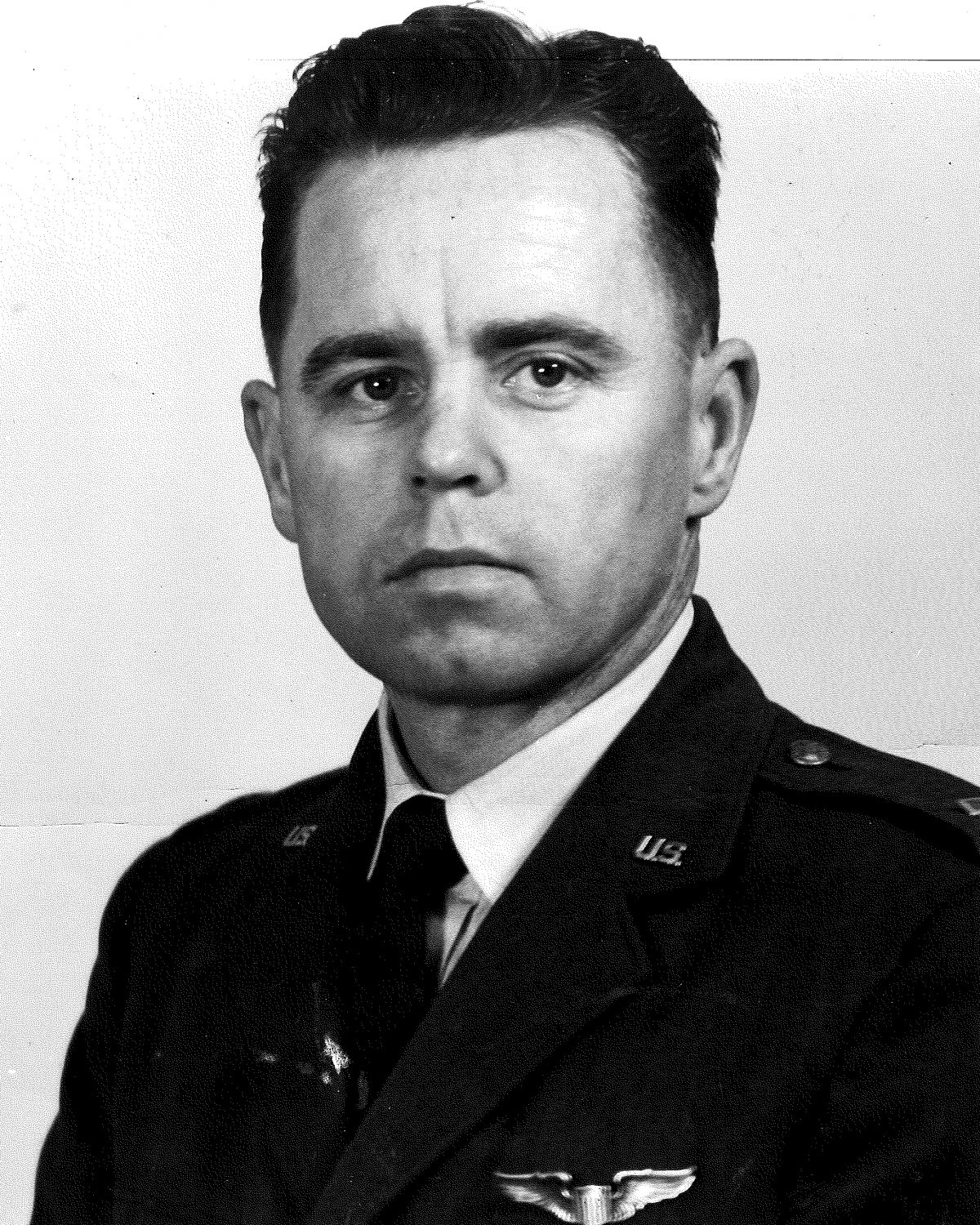
Lieutenant Colonel Paul Summey
Army Air Corps
Lieutenant Colonel Paul Summey Was born in Forest City, North Carolina on August 1, 1919 and lived there until attending Appalachian State Teacher’s College in 1940.
When World War II broke out, he left college for active duty in the Army Air Corp. He and Juanita were married in 1941. She joined the WACCs.
He became a B-24 pilot during World War II, based at Hethel Field in Norwich, England, flying bombing missions into Germany and France. He was severely wounded over St. Lo, France in 1944, but recovered in England and flew the rest of his missions at Hethel Field.
Lieutenant Colonel Summey left active duty after the war, remaining current by flying in the Reserves at Dobbins Air Field in Georgia. In 1952, he became active again joining the relatively new Strategic Air Command, flying B-47’s at Hunter Air Force Base in Savannah, Georgia and later flying B-52’s out of Columbus Air Force Base in Mississippi. He entered Tactical Air Command in 1967, flying C-130’s into Vietnam from his home base at CCK in Taipei, Taiwan. He flew support for the US Marines at the battle of Khe Sahn during the Tet Offensive in 1968. He retired as a squadron commander at Pope Air Force Base in North Carolina.
His awards include the Distinguished Flying Cross; the Air Medal (2 Oak Leaf Cluster; a Purple Heart and numerous unit and service citations and commendation medals.
Lieutenant Colonel Paul Summey and Juanita had one son, Paul II of Asheville, North Carolina; two grandchildren, Heather and Paul III (Tripp). They celebrated their 69th wedding anniversary in August of 2010.
He passed away at the VA Community Living Center in Asheville, North Carolina on December 5th, 2010.
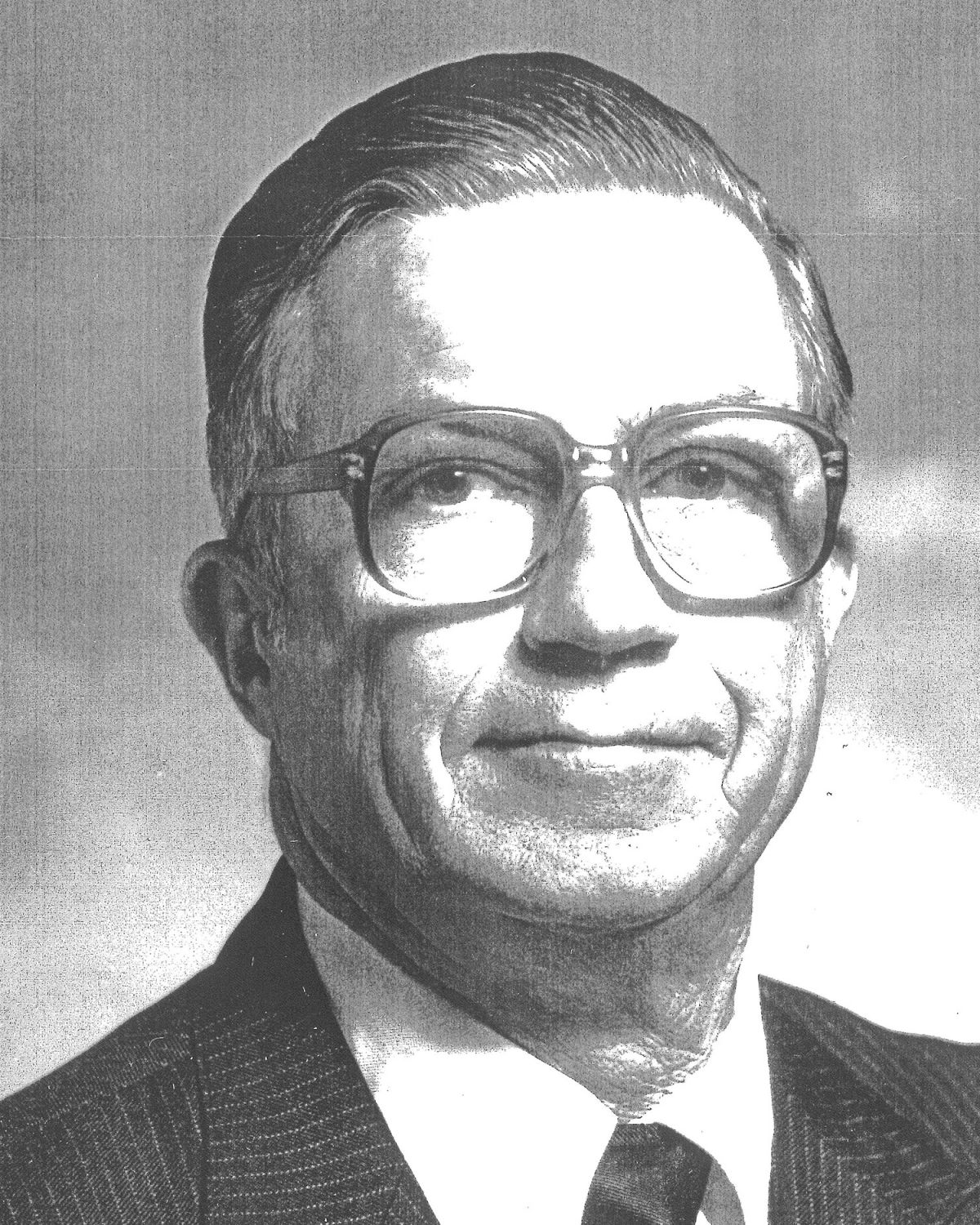
First Lieutenant Robert Swain
Army Air Corps
Robert Swain was born on July 25, 1921, graduated from Lee Edwards High School in 1939, attended Mars Hill College in the summer of 1939; University of North Carolina Chapel Hill, 1939-1940; Biltmore College 1940 and University of New Mexico in 1941-1942.
He served as a first lieutenant in the Army Air Corp 1943-1946, by 1945, he had 300 combat hours.
As a pilot in the South Pacific Asiatic Theater with the 71st Tactical Reconnaissance Group, 82nd Squadron, he won five battle stars, the Philippine Liberation Ribbon, the Luzon Invitation Battle Ribbon, two Oak Leaf Clusters, the American Theater Ribbon, the Distinguished Flying Cross and the Purple Heart.
Lt. Swain returned to UNC-Chapel Hill in 1946, received his law degree and passed the North Carolina Bar in 1949. He was senior member of the law firm of Swain, Stevenson and Moore, PA.
He served as United States Commissioner, Asheville Division, and 1951-1954 was elected as Superior Court Solicitor for the Buncombe-Madison 19th district. He was sworn into office New Year’s Eve by his father, Buncombe County clerk of court. He served three terms until 1966.
He sought a senate seat in 1976 and was elected and sworn into office in 1977. Senator Swain was chairman of the Judiciary I Committee, vice chairman of the Government Committee, served on election laws, local government and appropriations on education, small business, veteran’s affairs and aging committees.
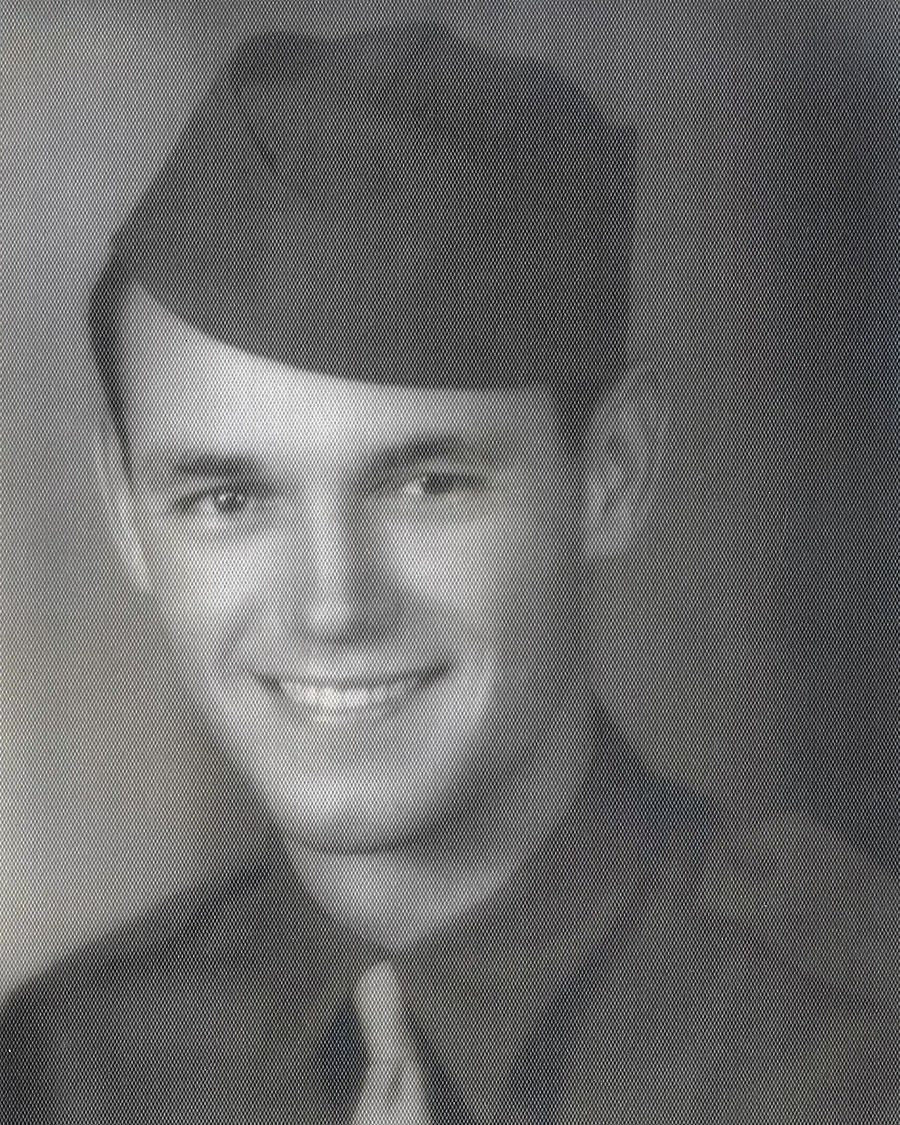
William Kennedy Walker
Army Air Corps
William Kennedy Walker was born in Asheville, North Carolina on St. Patrick’s Day, March 17th, 1917. He was a 1936 graduate of Lee Edwards High School where he was a “Strutting Drum Major” for the Maroon Band. People here still remember those days & always comment on him leading the band.
After graduation, he attended the University of North Carolina at Chapel Hill and became Drum Major of the band there.
Soon after the attack on Pearl Harbor he enlisted in the Army Air Corp and eventually was sent overseas to New Guinea in the South Pacific with the 43rd Bomb Group of the 65th Bomb Squadron.
He flew 55 missions over enemy territory before returning to the United States and stationed in Galveston, Texas Air Force Base as an instructor.
He was transferred to Colorado Springs, Colorado which was Headquarters for the 5th Air Force. He was chosen to be Flight Engineer on General Doolittle’s personal plane and was on the island of Okinawa when the atomic bomb was dropped on Japan, which quickly ended World War II.
William Kennedy Walker was the recipient of the Silver Star, the Purple Heart and the Distinguished Flying Cross.
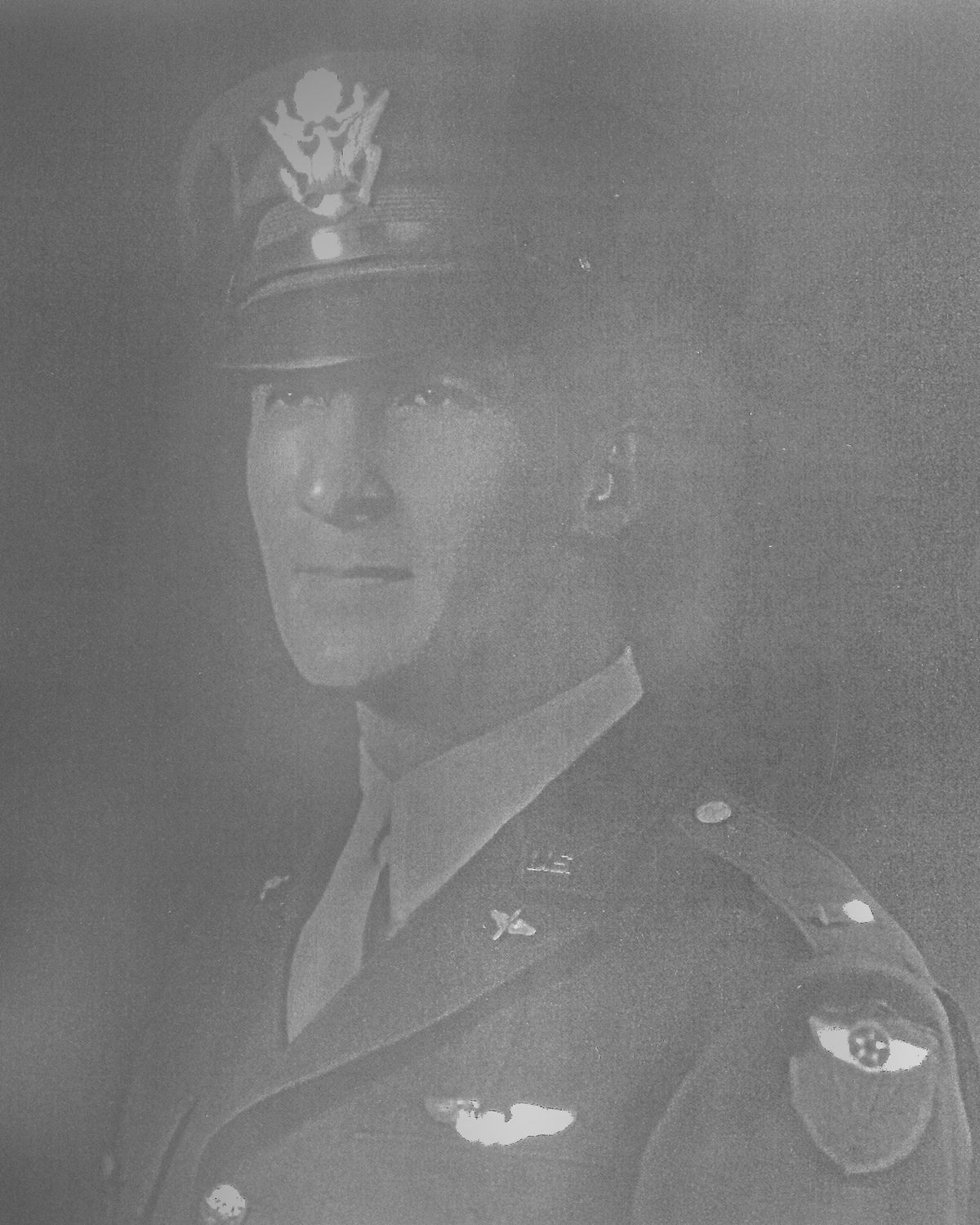
Lieutenant Robert P. Weaver
Army Air Corps
Lieutenant Robert Weaver was born in Asheville, North Carolina August 29, 1918, to Marvin and Minnie Weaver.
He was born to fly! His ability to fly was only exceeded by his ability to serve as a loving husband to his wife, Margaret Bibb Weaver and as an adored father to his five children.
From his first victory in a model airplane contest on November 11, 1939 at Asheville Memorial Airport until the time he almost had to land on an Interstate highway near Rockwood, Tennessee some forty years later ( he confessed to his son who was a passenger in the plane with him at that time …”Today I was scared for the first time, it’s time to hang-up my wings.”
He attended Asheville Schools and two years at Brevard College.
He was employed by the Civil Aeronautics Authority at the Asheville-Henderson Airport. Duties included the control and direction of civilian and military flight operations at the airport.
Lt. Weaver joined the Army Air Corp and World War II; training at Curtis Wright Technical School in August-September of 1942 in Glendale, California; Mather Field, October 1942 through April 1943, in Sacramento, California and instructor school, May – June 1943 at Randolph Field, Texas.
He was then assigned Fighter Pilot to the 94th Fighter Squadron (Hat –In-The-Ring) and flew 50 missions as a P-38 Fighter Pilot into Germany based out of Foggia, Italy and surrounding bases.
He completed 17,000 plus flight hours.
He was awarded EAME Ribbon three Battle Stars; AT Ribbon Victory Medal World War II and Lapel Button issued ASRS.
After the war, Lt. Weaver continued his love for flying by serving as a civilian flight instructor at Spence Airbase in Moultrie, Georgia; Fort Rucker, Alabama; Fort Stewart, Georgia and finally retired as a GS-13 Instructor Pilot on the Singer Link Trainer at Fort Campbell, Kentucky.
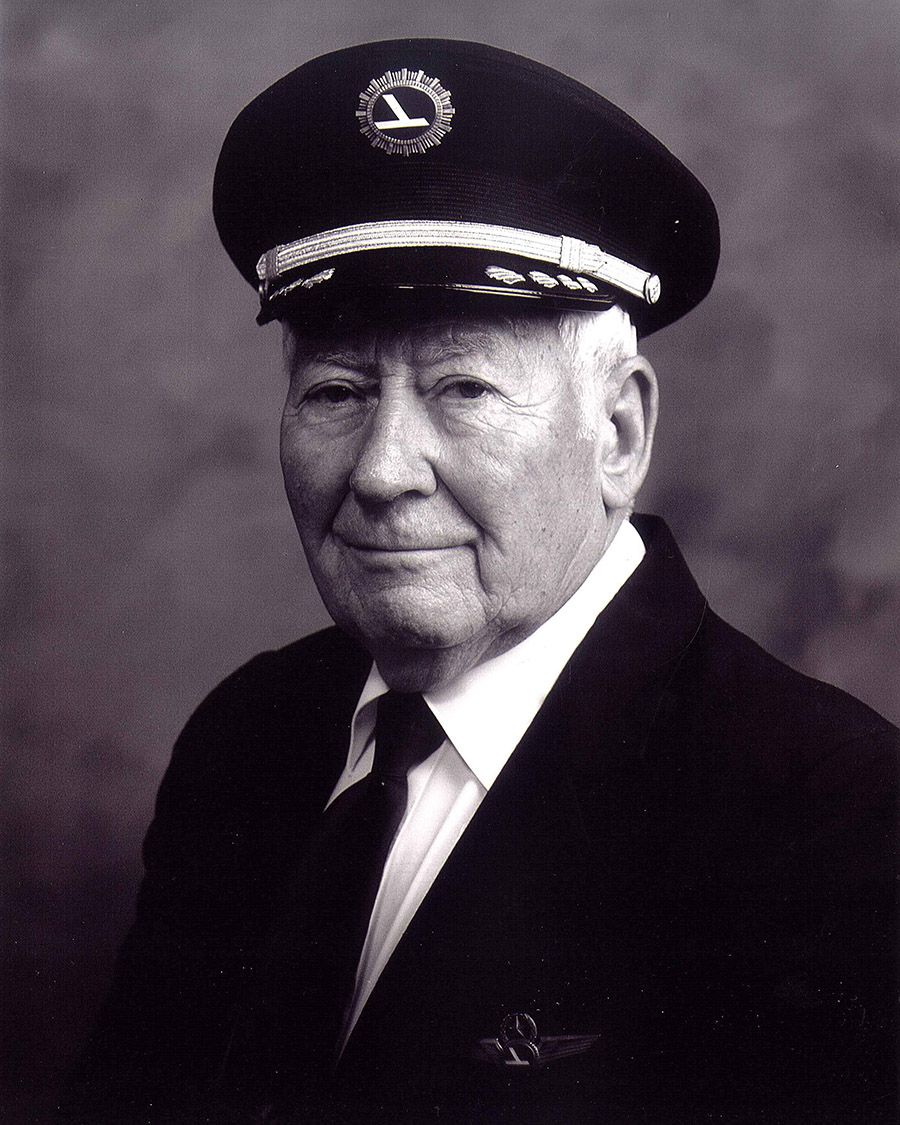
Captain Clair E. Wyrick
Army Air Corps
I enlisted as an aviation cadet in the Army Air Corps in April 1942 and was called to active duty November 1942. My initial training started with classification at Nashville, Tennessee, continuing through pre-flight at Maxwell Field at Montgomery, Alabama and on to primary flight training at Tuscaloosa, Alabama. I then went to basic training at Malden, Missouri with the final flight training in twin engine AT-10’s at Seymour, Indiana and upon graduation, as a 2nd Lieutenant, I was now a confirmed pilot.
Having earlier requested duty as a bomber pilot, I was sent to B-17 transition training at Chanute Field in Rantoul, Illinois, followed by tactical training as a command pilot with crew at Avon Park, Florida, where the crew was trained together. We completed this in March of 1944 and were shipped overseas via the Queen Elizabeth, ending up with the 95th Bomb Group at Horham in Southeast England.
It was now April 1944, after a short familiarization with the local area we were sent on our first combat mission on April 26. After many more missions (35) including “D” Day, June 6, 1944, Big “B” (Berlin) and others, my crew and I completed our tour of duty on August 4, 1944. During our tour we each received the Air Medal with three Oak Leaf Clusters and the Distinguished Flying Cross. One crew member received the Purple Heart for an injury. We were extremely fortunate to finish the action as a complete original crew with no serious wounds; however we did go through several aircraft as a result of combat damage. We split up and returned to the United States. My duties for the remainder of the war were as a B-17 command pilot giving training to radar navigators and bombardiers in sunny Florida.
In April 1945, the war in Europe was nearly won and I was allowed to be discharged from the Air Force as a First Lieutenant.
I started flying with Eastern Airlines, Inc. in July 1945. I flew as a co-pilot for the first 10 years in DC 3’s, 4’s and Constellations. I was promoted to Captain in June 1955 and flew out of New York airports in DC 3’s, 4’s, 6’s and 7’s, the Constellations, Martin 404 and Convair 440’s. I was, for a short time, current and qualified in all of these aircrafts simultaneously. I moved back to Miami in 1958 and flew scheduled trips until 1964 when I became an instructor in the training department, instructing new hires and pilot upgrades in DC 7’s. Eastern was buying 727’s, so I moved to that and again was instructing new and upgrade pilots.
I worked in the training department as a manager of flying and Training Director, from 1965 until my retirement in 1977, in this capacity; we were allowed to return to line flying every 4th month to keep familiar with this phase.
Since retirement, my flying has been limited to private airplanes. I owned a Cessna 310 and a Cessna 182 which I flew some charter flights out of Macon County until 1991, I decided to hang it up and I haven’t flown since. However, I do miss it.
In closing, I have been an extremely fortunate individual to have first, survived combat in the war with no injuries and second, to have worked at an occupation that was thoroughly enjoyable and received good pay for it. What better life can you expect?
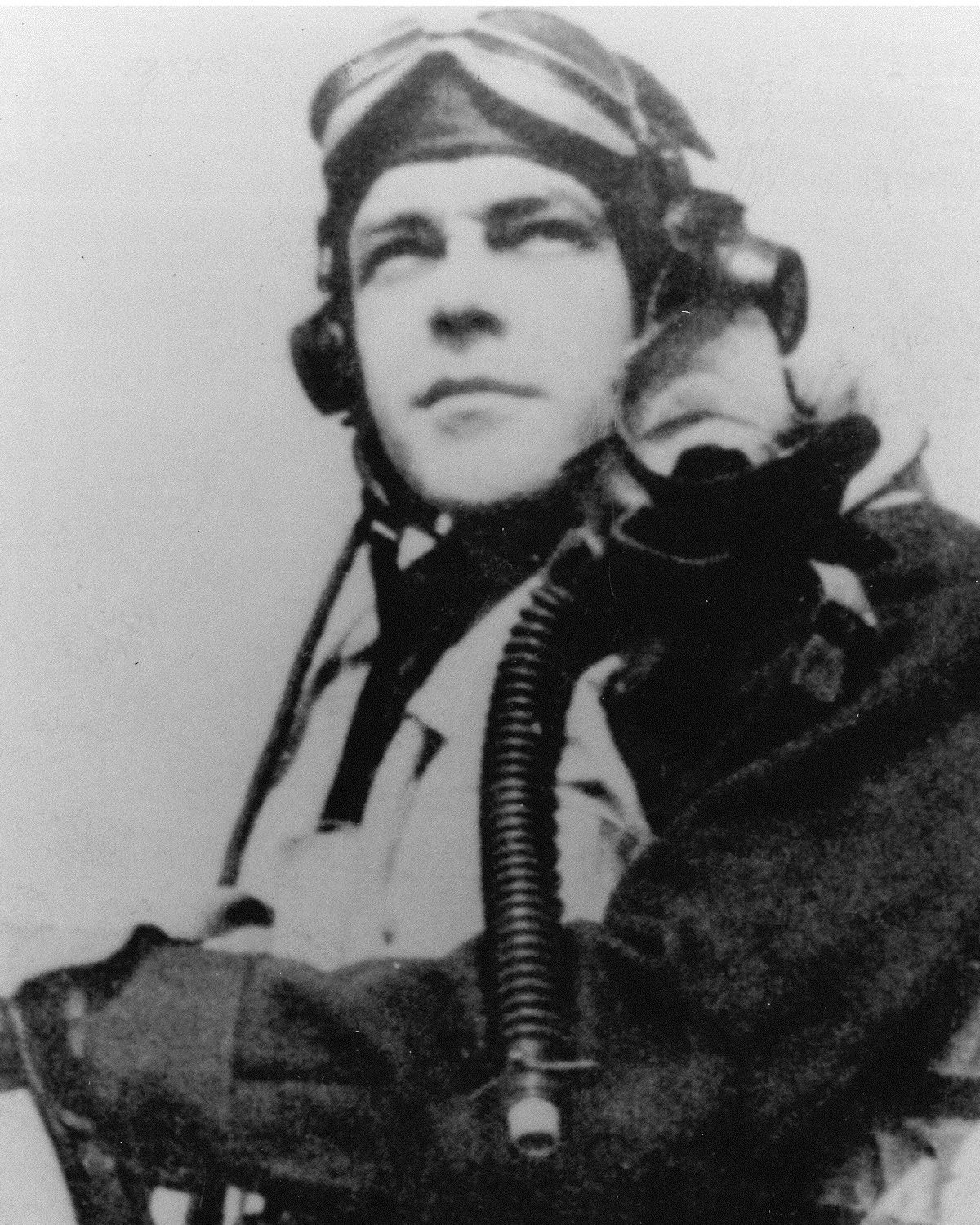
Major Fred W. Glover
Army Air Forces
Major Glover was born on December 4, 1915 in Asheville, NC. He was a professional baseball player before World War II. When the war came he went to Canada and received his pilot training with RCAF.
Major Glover was sent to England but was assigned duty as a ferry pilot rather than a fighter squadron. He was transferred to the US Army Forces May 26th, 1943, as a flight officer and was assigned to the 336th Fighter Squadron, 4th Fighter Group, based at Debden.
Credited with a “probable” when he shot up a long-nosed Focke-Wulf 190D on a mission to Berlin on March 6th, 1944. His first confirmed victories came on March 16th, 1944 when he destroyed two ME-110’s near Munich; March 29th, he shot down a FW-190 over Brunswick; and minutes later shared in the destruction of a HE-111 bomber with Major George Carpenter and First Lieutenant John Godfrey; April 8th, another FW-190 fell to his guns and on August 5th, newly promoted First Lieutenant Glover became as ace when he downed an ME-109 over Germany, in that same month he was given command of the 336th Fighter Squadron.
Major Glover was leading a bomber escort to Merseberg, Germany when he encountered an ME-163 rocket fighter east of Liepzig and shot it down on November 4, 1944. The group went back to Merseberg on November 21 and Glover shot down three ME-109’s in the vicinity of Dummer Lake and was promoted to Major on December 22, 1944. His final aerial victory was on Christmas Day when he shot down a FW-190D, making him a double ace.
He remained in the Air Force until September 29, 1949, during his tour he was decorated with the Silver Star, Distinguished Flying Cross with 2 Oak Leaf Clusters, Bronze Star and the Air Medal with 15 Oak Leaf Clusters.
Major Glover was killed in an aircraft accident near Hazelhurst, Georgia on July 7, 1956.
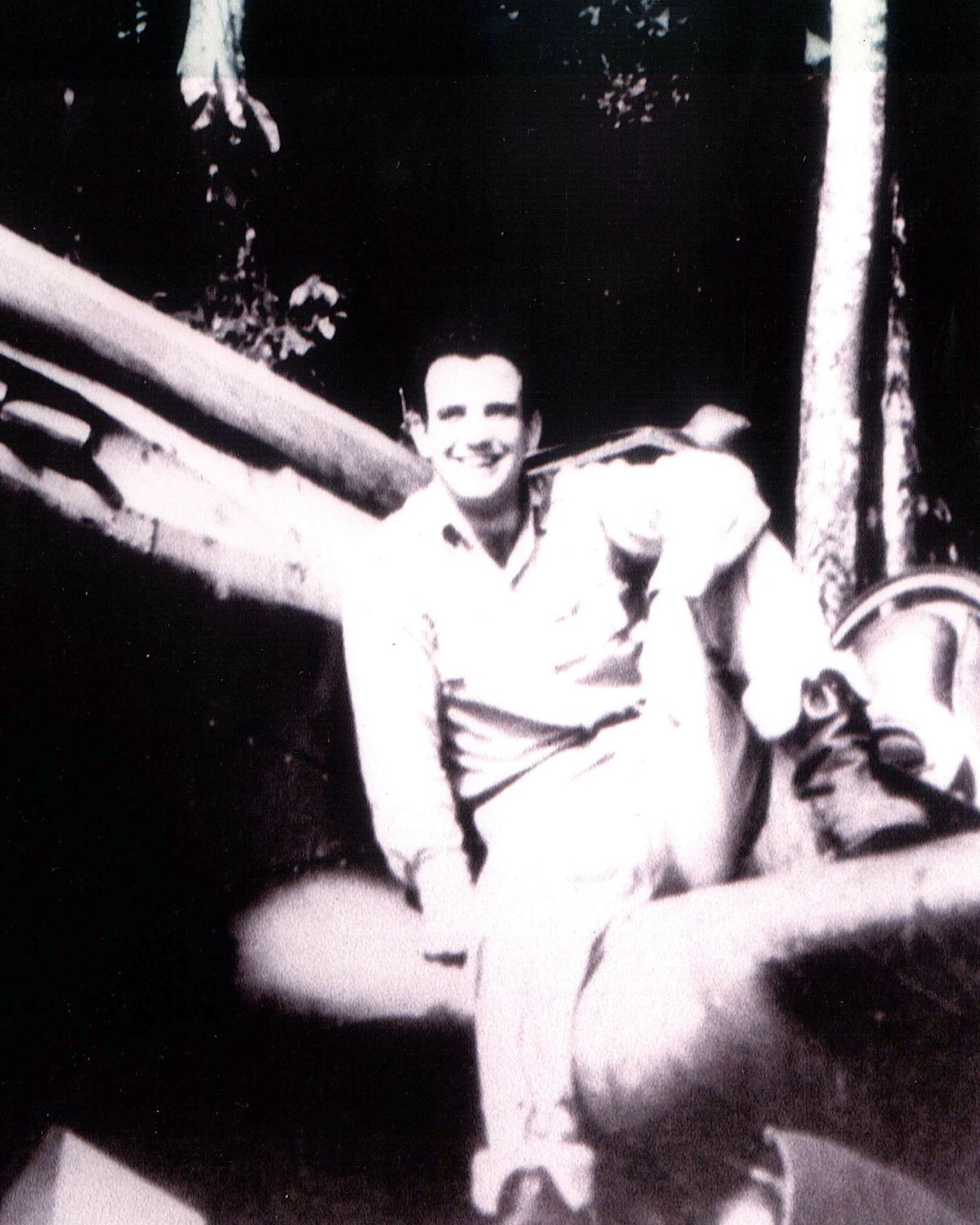
Roger Grant
Army Air Forces
Roger Grant was born in Chicago, Illinois and moved to Asheville, NC at a very early age, where his father established a baker.
Roger graduated from Lee H. Edwards High School in early thirties, attended Virginia Military Institute for two years and graduated from University of North Carolina with a degree in business administration.
After duty in the Army Air Force where he served as a P-40 pilot with distinction in the South Pacific, Roger returned to Asheville to operate the family business and to establish Grant Realty Company.
Known as “Fly Boy” to his squadron of P-40 flyers based in New Guinea, Roger is credited with four victories in one engagement.
Other victories were to follow, on one combat engagement Roger was the casualty and he tells an amazing story of his long march through the jungles and back to his base.
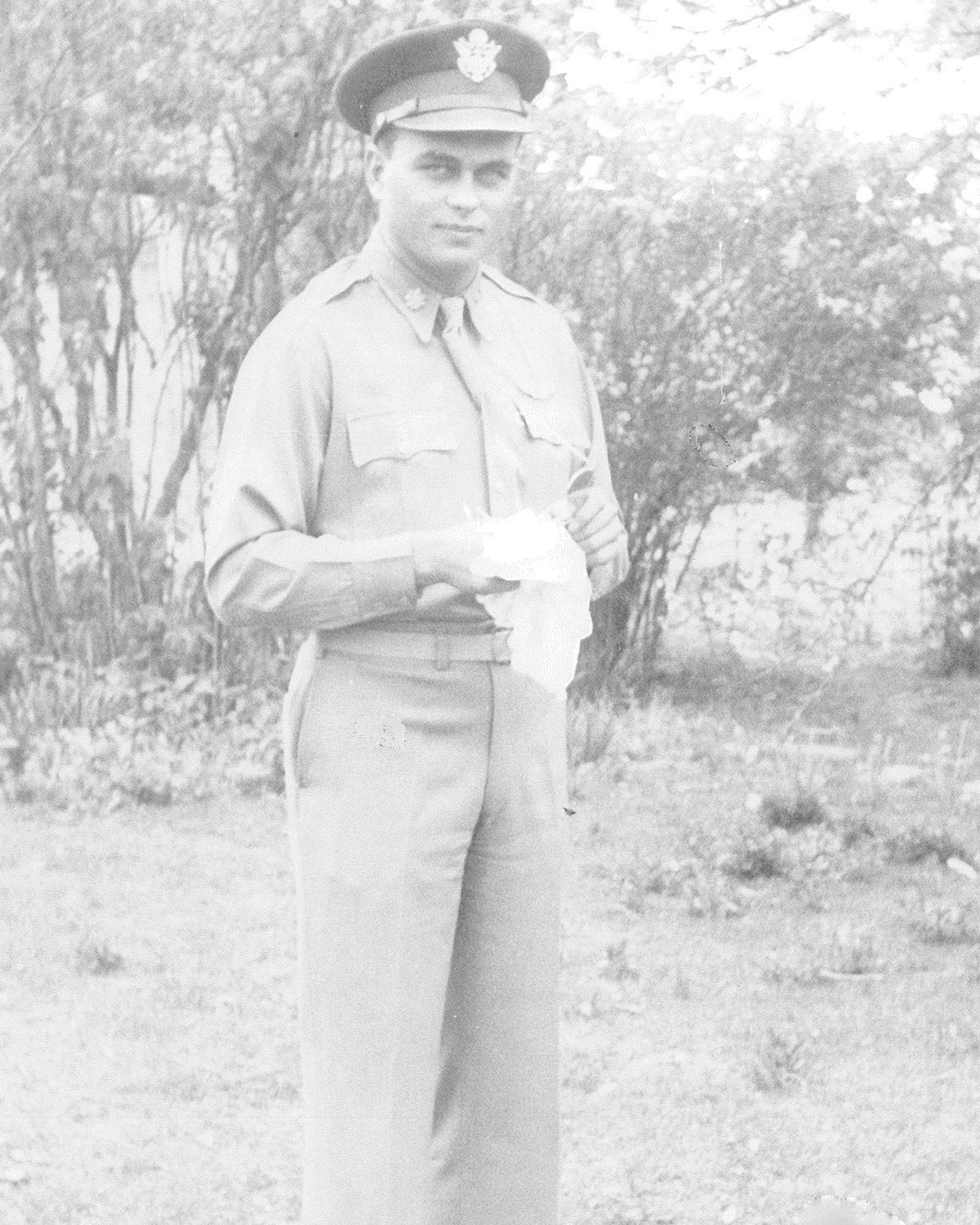
Lieutenant Colonel Joseph E. Moore
Army Air Forces
Captain William Moore was born November 23, 1923, in Boston, Massachusetts, attended public schools in Boston, Ayre, Mass. and graduated High School in Newport, Rhode Island, June of 1941. He enlisted as private/aviation cadet on March 12, 1942; too pre-flight training at Maxwell Field, Montgomery, Alabama; primary flying at Helena, Arkansas; basic at Gunter Field, Montgomery and advanced at Marianna, Florida.
He was commissioned second lieutenant military aviator on January 12, 1943, in Miranna, assigned at 52nd Ferry Group Air Transport Command, Long Beach, California and flew various types of aircraft all over the world. Reassigned to Second Air Force in December of 1943 to a crew in Salt Lake City, took phase training in B-17’s at Sioux City, IA; assigned 379th Bomb Group, Kimbolton, England and flew first combat mission on June 9, 1944.
Captain Moore finished 34 mission-tours and returned to the United States in October, 1944, was assigned to Lockbourne AFB as B-17 instructor pilot, November 1944. He was reassigned 2nd Search and Rescue Squadron, Kessler Field, Florida as an instrument flying instructor; reassigned to Air Transport Command at Memphis Army Air Base, Memphis Tennessee, separated from service at Scott Field, E. St. Louis, in 1946 with rank of captain, enrolled in Ohio State University and got his first newspaper job.
He was recalled to active service in the Korean Conflict in 1949 and was assigned as air freight officer at Hickam Air Force Base, Honolulu, Hawaii, later becoming executive office of traffic squadron.
He became a civilian again in 1952 and went straight back to the newspaper in Columbus, Ohio where he had made a start “between the wars”. He became city editor of the Columbus Citizen Journal, remained there until 1965 when he was appointed assistant director and later director of a civic organization called The Development Committee for Greater Columbus, sort of like a Chamber of Commerce but much more oriented toward planning for orderly growth of the community. Captain Moore became director of news media relations for Nationwide Insurance Corp. in 1969, left Columbus (home office) in 1974 to become city editor of Asheville Citizens-Times, during that time he helped organize and set –up the Mountain Area Hospice. He started a long term relationship with Blue Ridge Mental Health Association and served as chairman for a number of years.
Captain Moore was a member of the Asheville Regional Airport Commission for several years, which was a sort of labor of love. He served as a board member of Quality Forward, United Appeal and was elected to Asheville City Council in 1989, served as vice mayor for a two-year term, was re-elected in 1991 and retired after four years in office. He became part time at the Citizen Times in 1987 and writes a few editorials and features for the newspaper and for This Week magazine.
He is still fascinated by aviation and would like to get another term on the Airport Commission.
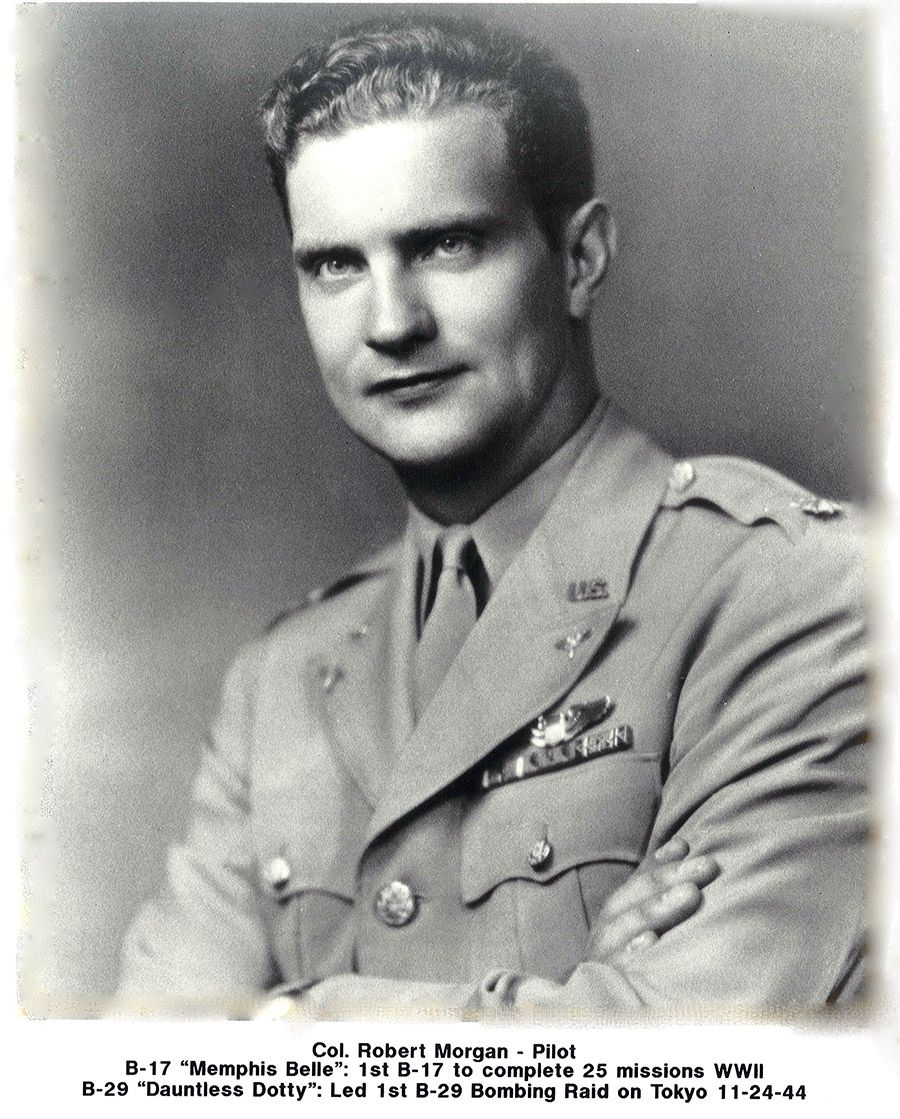
Colonel Robert Morgan
Army Air Forces
Colonel Robert Morgan was born on July 31, 1920, in Asheville, North Carolina and grew up during the Great Depression. He graduated from the University of Pennsylvania with a business degree just before joining the Army Air Corps in December 1940.
Robert K. Morgan commanded one of the Army Air Force’s most famous heavy bombers during World War II. Many crew later completed 25 combat sorties, Morgan and the other nine men of the “Memphis Belle were the first to reach that goal as a crew. Upon receiving his commission and wings, he went on to train in the Consolidated B-24 Liberator and Boeing B-17 Flying Fortress. He crossed the Atlantic in October 1942 in a B-17, Memphis Belle” and was assigned to the 324th Bombardment Squadron (Heavy) at Bassingbourn, England. By the fall of 1942, combat leaders such as Curtis LeMay had refined bombardment doctrine and developed the “combat box” formation which Morgan would later fly over Germany.
His first missions were flown against targets in occupied France and the Low Countries, but in early 1943, the B-17’s were launched against the enemy’s homeland. As the Americans pushed deeper over the Reich, the outdistanced allied fighter cover and losses mounted. The bomber crews’ morale plummeted; rotation was set at 25 missions, but seemed an impossible goal.
Colonel Morgan and his crew neared rotation, the story of the aircraft became well known. He returned home to a hero’s welcome; he had survived. He took command of the 869th Bombardment Squadron (Very Heavy), (after a three month publicity tour of the United States in 1943), which was equipped with the Boeing B-29 Super Fortress in the summer of 1944. November 24, 1944, he led the first B-29 raid over Tokyo from Twentieth Air Force’s hard-won base on Saipan in the Marianas. He completed another 25 combat missions before returning home in May 1945. Morgan left active duty in September 1945, but continued serving in the Reserves.
He returned to North Carolina and joined his father’s furniture manufacturing business and later formed a Volkswagen dealership. He retired from the Air Force Reserve in 1965 as a colonel and with his wife, Linda, they live in Asheville.
SETTING: In May 1943, Captain Robert Morgan and the crew of the “Memphis Belle” neared completion of their combat tour. The Army Air Force saw an opportunity to publicize this milestone and invited Hollywood film director William Wyler to document their final mission. Wyler flew on the May 17 mission and then put together a superb color film that dramatically brought the impact of the air war over Germany home to America. This mission came to life again in 1991 when Catherine Wyler coproduced a feature film based on her father’s work.

Lieutenant Herschel Doyle Ponder
Army Air Forces
Lieutenant Herschel Ponder was born May 3, 1922, in Asheville North Carolina. He was a life long native in these mountains.
He joined the United States Army Air Force September 22, 1942. He was a P 47 fighter pilot and flew in the 405th Group-510th Squadron . Lieutenant Ponder flew close support for ground troops and armored outfits.
Lieutenant Ponder was awarded the Purple Heart, Distinguished Flying Cross and the Air Medal with Clusters for his years of service, September 22, 1942 through October 29, 1945.
He flew 51 missions and on his 41st mission, he was hit near Essen, Germany, was able to cross the Rhine River before crash landing in Holland.
He told his daughters, “with chance of survival so slight, from that day forward my mission is to not waste a day.”

Lieutenant Woodville Grady Rozzell
Army Air Forces
Lieutenant Grady Rozzell was born August 26, 1923 in White County, Tennessee. He joined the Reserves on July 7, 1942, was accepted to the AAFCC in Nashville, Tennessee on February 4, 1943 and started Preflight training at Maxwell Field, Alabama in March of 1943. Flight training for Grady started with Primary at Dorr Field, Florida in April and May of 1943; basic at Bainbridge, Georgia in June and July of 1943, then advanced training at Moody Field, Georgia before taking B-17 transition at Hendricks Field, Florida from October 13 until January 20, 1944.
He joined the 8th AFRD in England on May 10th of 1944 and did not have to wait long before seeing combat. He was assigned to the 401st bomb Group 8th Air Force and flew out of Deenethorpe Air Force Base in Kettering, England. Lt. Rozzell and his crew completed 33 combat missions in 69 days, from May 30, 1944 through August 9, 1944, bombing targets in Germany and France.
Lt. Rozzell, the pilot for “Rosie’s Sweat Box”, a B-17 Bomber. On one occasion, 151 holes were found in the fuselage and were patched. After 12 missions, “Rosie” was in for repair, the flying fortress exploded and disintegrated while being tested by a substitute crew following the repairs. The entire substitute crew was killed. The cause of the explosion was unknown, it happened about 60 feet above the ground.
One of the many events he participated in and recorded was D-Day. The night before D-Day, Rozzell wrote in his diary: “The barracks is wild with excitement and suspense. Everyone just knows this is the invasion.” “I’m glad it’s finally arrived” he wrote of D-Day and the invasion. “There’s going to be many good men killed today. Blessings on them.”
In recognition of his service during this period of time, Lt, Rozzell was awarded the Distinguished Flying Cross with three Oak Leaf Clusters, American Theater Medal, European-African-Middle Eastern Theater Medal with three Bronze Stars for Air Offensive in Europe, Western Europe and Northern France Campaigns.
On August 15, 1944, he left England and World War II combat. After his enlistment was up he returned to Chattanooga, Tennessee area where his mechanical skills and some college work got him into the maintenance engineering aspect of the textile industry.
He moved to Swannanoa in 1962 to serve as plant engineer to the Beacon Manufacturing facility and has remained in the area.
He has an active interest in the community serving many terms with the Volunteer Fire Department and one term on the Buncombe County School Board.
He has taught Sunday School for the last 30 years at the First Baptist Church of Black Mountain where he has also served as deacon.
United States Marine Corps
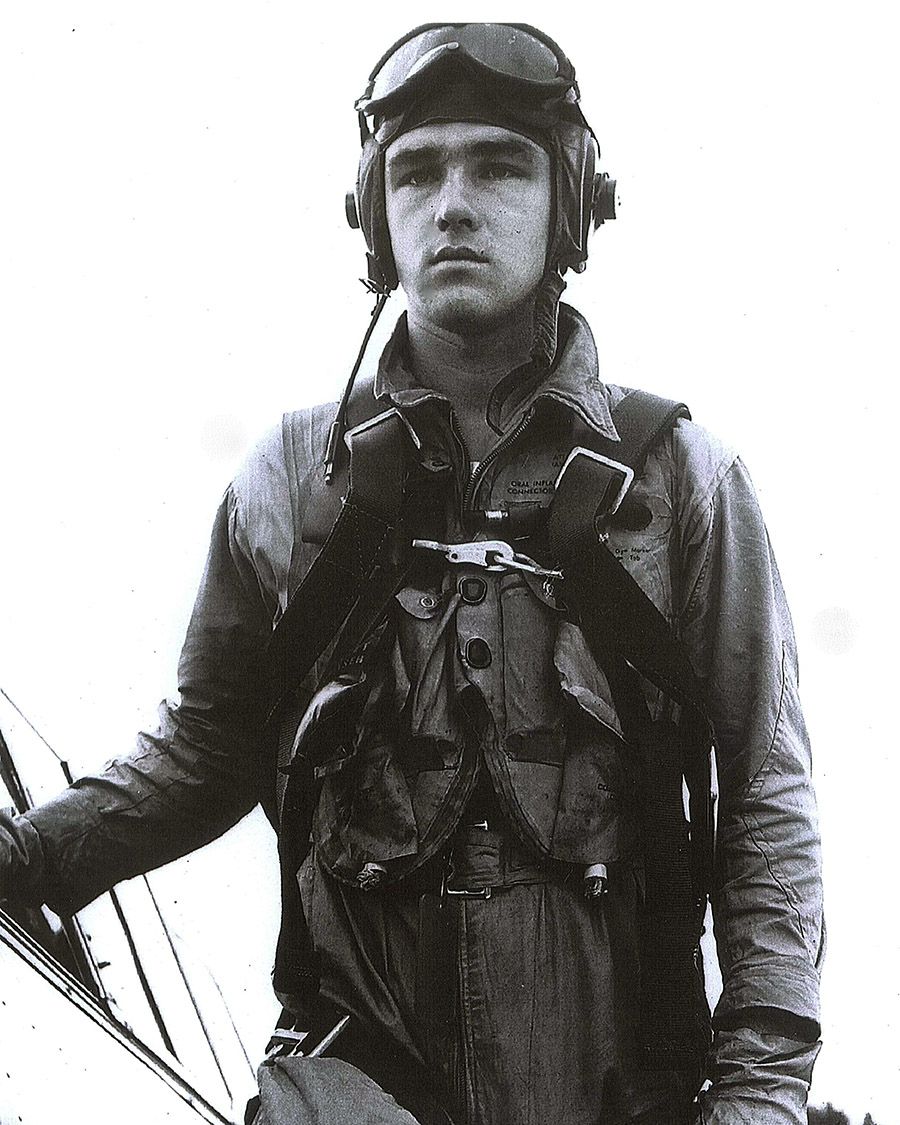
Captain Robert W. Ausband
Robert W. Ausband, at the age of 21 received a BA from Wake Forest in 1946. While growing up, Robert had a love for airplanes ever since he was old enough to play with them. To further his desire for flying, he applied for Naval Aviation Training. Due to an overflow of applicants for training, he was placed on hold.
While waiting for that special call, he learned of and applied to Naval Air Station (NAS) Atlanta in Chamblee, Georgia which was a Navy facility that had aircraft. The NAS had offered him the rank of Airman Recruit and was assigned to an aircraft maintenance line where he learned to wash, fuel, and repair aircraft.
The call he was waiting for finally came in August 1950 and was sent to Pensacola, Florida to begin his flight training. Robert spent a good year and a half in Pensacola flying SNJ’s and learning various specialties of flight such as formation flight, gunnery, bombing, night flying, aeronautics, cross-country navigation, and carrier landings on the USS Monterey during the stages of his Preflight and Primary flight training. Robert was then sent to complete his Intermediate flight training in Corpus Christi, Texas where he was placed in a squadron of AD’s (Skyraiders) learning dog-fighting, bombing, and firing aerial guns and rockets. He was later sent back to Pensacola to complete All-Weather training in twin-engine Beechcraft SNB’s. Robert graduated from flight training in April 1953 and elected to go into the Marines and was sent back to Corpus Christi where he married Sue. As the Korean War began to rise, he was assigned to the Second Marine Air Wing in Cherry Point, North Carolina and placed in the VMA-211 squadron flying AD’s. Later, his squadron was relocated to a re-opened air base in Edenton, North Carolina to practice carrier landings.
Following his carrier training, the Navy ordered his squadron to Asia where he would eventually board the CVL Wright, sister ship of the Monterey, for his Port of Call at a Naval base in Yokosuka. After the Korean War had ended, Robert returned to Edenton where he finished his tour and was discharged from the Marines in July 1955.
Robert decided to continue on with his desire for aircraft and enrolled in NC State where he earned his degree in engineering and excelled in the design of electronic equipment for both military and commercial aircraft.
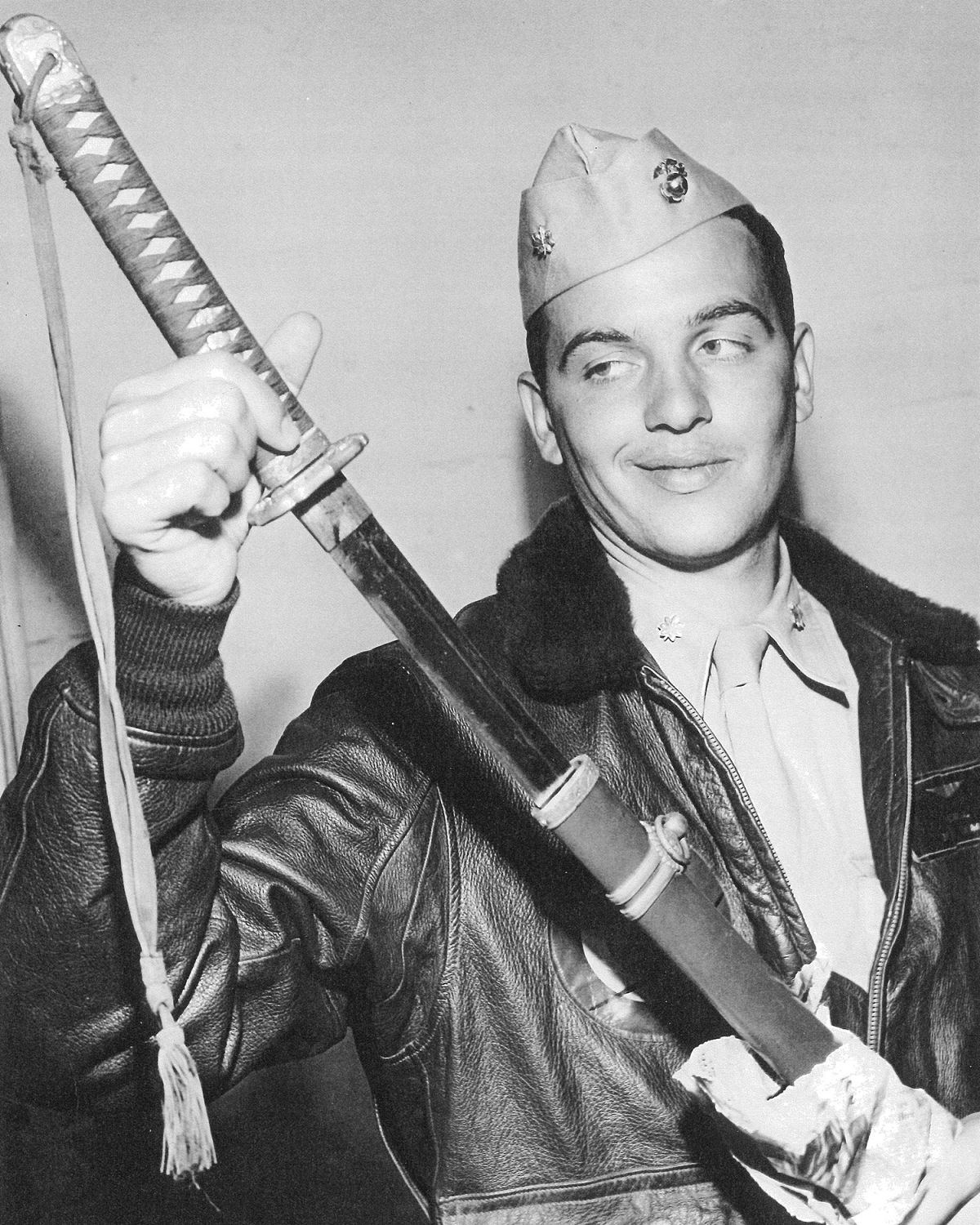
Lt. General George C. Axtell
George Axtell was born in Ambridge, PA November 29, 1920. He studied aeronautical engineering at the University of Alabama for two years and joined the Marine Corp on July 15, 1940. He was designated Naval Aviator in May 1941 and studied meteorology at the Naval Academy Postgraduate School, graduating in March 1941.
Mr. Axtell was promoted to major in two months and assumed command of Marine Fighter Squadron 323 flying F4U-1D and FG-1D Corsairs. The “Death Rattler” squadron arrived in Okinawa by escort aircraft carrier in April 1945 and flew ashore as part of the Kadena-based fighter force.
The 24 year old major led his squadron to 124 sensational victories with no losses. “Big Ax” became an ace in his first combat when he bagged five Val dive bombers, the other six pilots accounted for 20 or more. His last victory was a Nate fixed gear fighter.
Axtell became commander of Marine Carrier Air Group in March 1946, led VMF-452. Lt. Colonel Axtell went to Korea in 1952, flying with the First Aircraft Wing and later as CO of VMA-312 again flying Corsairs.
He was promoted to full colonel in 1959 after a four year tour as assistant head of Marine aviation planning. During that time he obtained a law degree from George Washington University and served in legal capacities on various staffs. Service in the Far East (1965-1966) preceded promotion to brigadier general. He led 2nd Marine Air Wing at Cherry Point, North Carolina 1970-1972 and became commanding general of the Fleet Marine Force Atlantic as a lieutenant general in 1972.
General Axtell resides in Weaverville, NC. And has received Navy Cross, Distinguished Service Medal, 3 Legions of Merit, Silver Star, 2 D.F.C.s and 7 Air Medals.
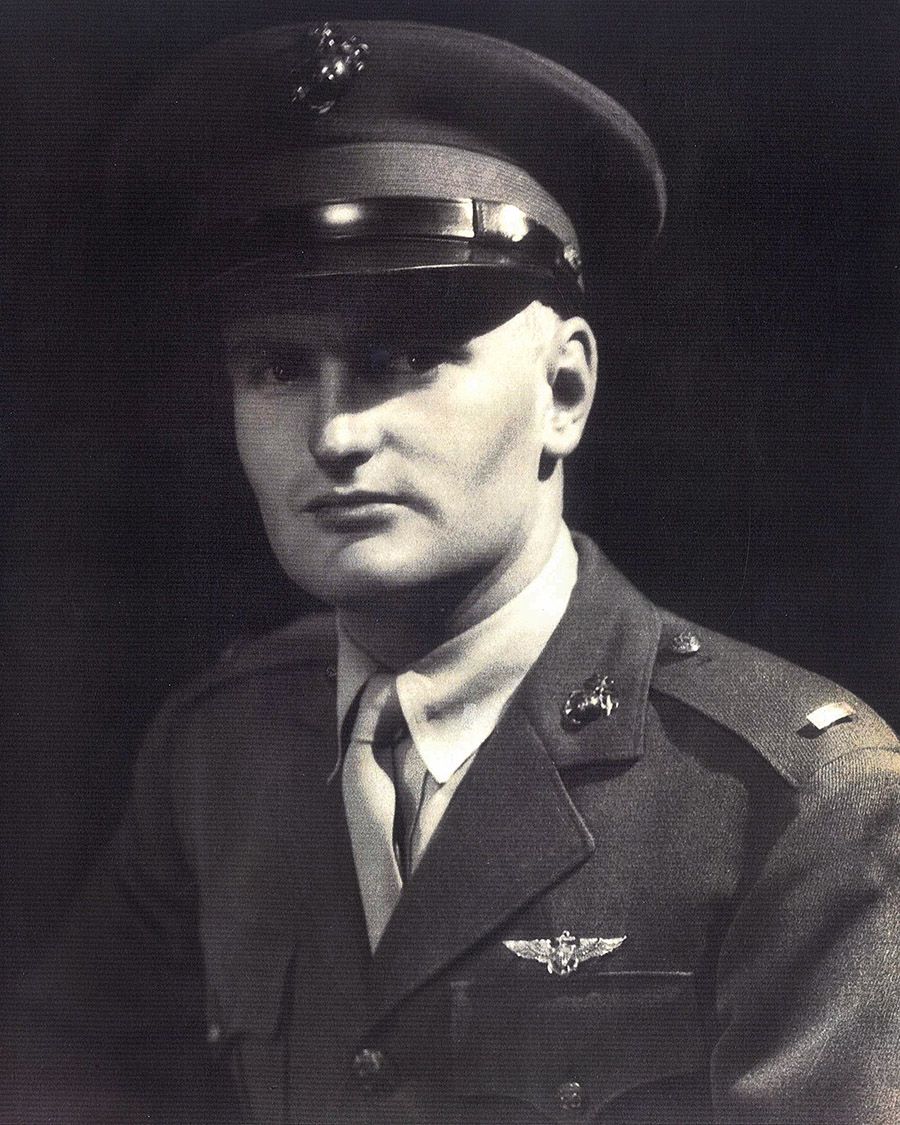
Major Elbert S. Brown
Elbert S. Brown called “Ebby” was born in St. Louis, Mo. Ebby took his basic training at the Navel Air Station in Lambert Field, St. Louis. He took his flying training in Pensacola, Florida. He then joined the Marine Air Force and took Transport plane instruction from American Airlines in Fort Worth, TX.
He joined Squadron 353, after a short tour at Cherry Point, N.C.; Marine Aircraft group 15; Marine Fleet Air, West Coast Shipped to Hawaii in November 1943, joining VMJ 252 at EWA Air Base. His stations in the Pacific were Apamama, Kwajalein and Eniwetok. He considers his most significant accomplishment was flying the first broad-bellied C-46 Transport plane into Guam and Tinian being documented as the second to land his C-46 on Saipan under fire in order to evacuate the wounded.
Major Brown clocked more than 5000 hours in the Pacific while serving as a Major in the Marine Corps during World War II.
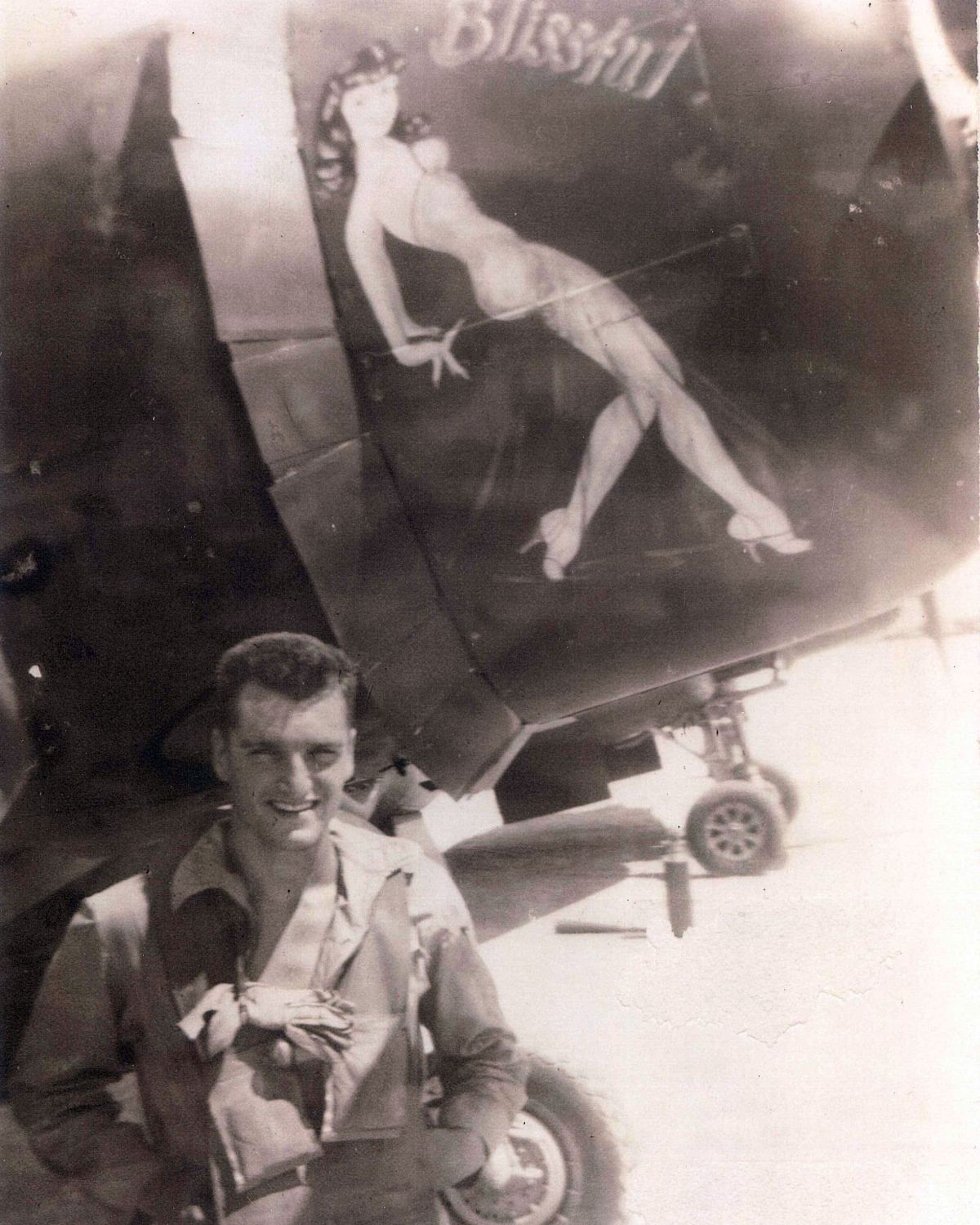
Captain George Farling
Captain Farling lives in Canton, North Carolina. He enlisted in the Navy V-5 flight training in June 1942.
January 1943 – April 1943, CPT at Highland Park Jr, College in Detroit
May to August 1943 - pre-flight training at Iowa City
September to December 1943 - primary flight training at Dallas, Texas
December 1943 to May 1944 - final flight training at Pensacola, Florida
May to August 1944 – Took commission in the Marin Corp, operational fighter pilot training at Daytona Beach
August 1944 to March 1945 - additional training at El Toro, California
March 1945 to December 1945 - combat fighter pilot in South Pacific of island of Peleliu in Squadron VMF122
January to March 1946 - instrument flight instructor at Corpus Christie, Texas
1946 – 1950 - in organized fighter squadron reserve unit at Columbus, Ohio
November 1950 - unit called into active service at Cherry Point, North Carolina
March 1961 – October 1951 – combat fighter pilot in VMF214 in Korea
November 1951 – March 1952 – staff duty at Itami Air Base in Japan until release inactive duty
South Pacific - 28 combat missions; Korea – 48 missions
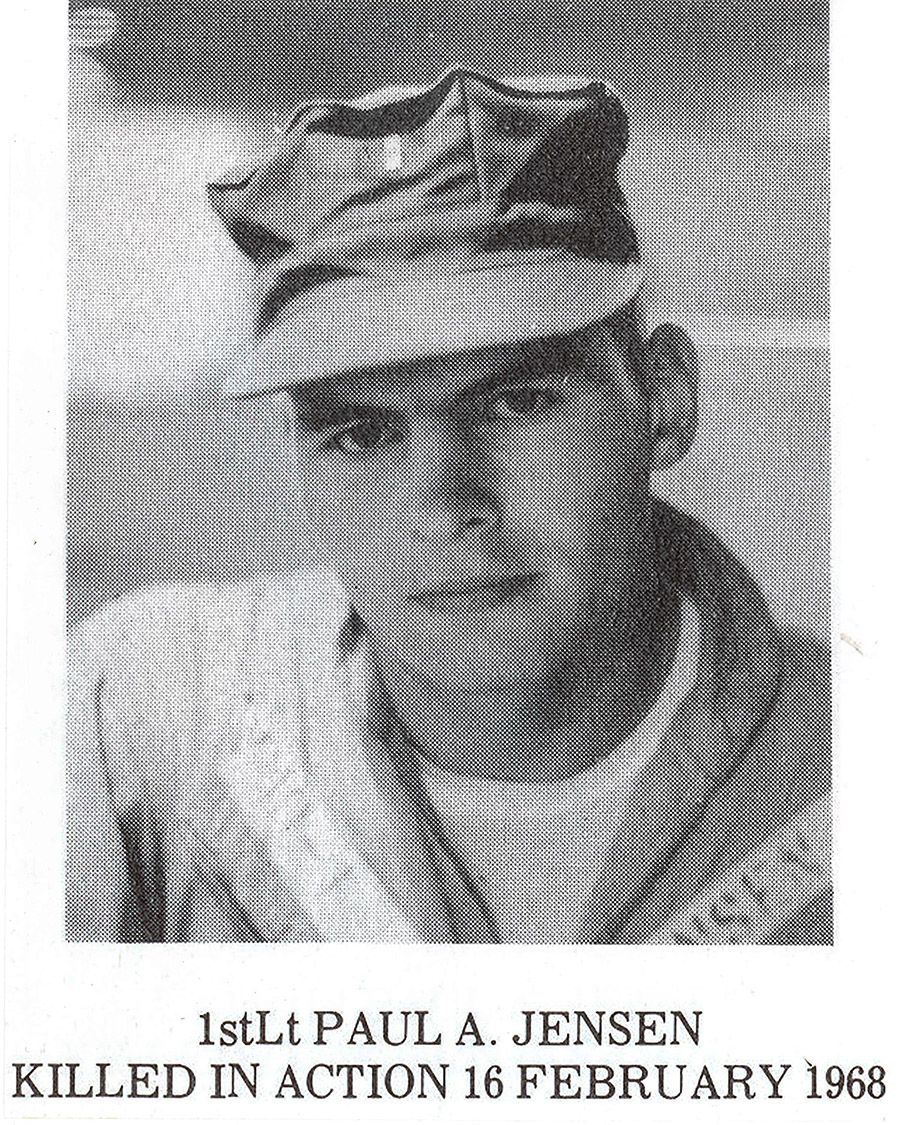
First Lieutenant Paul Andrew Jensen
1st Lieutenant Jensen was born in Asheville, North Carolina March 27, 1944. He attended Lee Edwards High School and joined the United States Marines.
The action of February 16th, 1968 involved the extraction of a recon team and was an example of the Marine Corp’s motto: Semper Fidelis.
He became a member of team “Box Score” during the Vietnam War, VMO-6, MAG-36 and 1ST MAW. The following excerpt is from the Box Score Memorial at the Virtual Wall at the Vietnam Memorial.
Five members of "Box Score" were airborne - two dead, one seriously wounded, and two more or less intact. Three others remained on the ground - Graves, Slocum, and Honeycutt. A second H-34 made four passes, taking numerous hits and one casualty before withdrawing with serious fuel leaks.
In addition to heavy small arms and automatic weapons fire, "Box Score" was now under fire by mortars. Even so, a UH-1 HUEY saw a chance and dropped almost on top of the three Marines, hovering just off the ground in intense crossfire’s. Graves, Slocum, and Honeycutt managed to scramble aboard, but the UH-1 was hit very heavily as it started to lift off - Graves and the copilot (1LT Paul Andrew Jensen) were hit at once. The HUEY nosed over and crashed on its side, still receiving heavy fire.
The Virtual Wall takes pride in honoring the Americans who died in the Box Score engagement and through them the men who survived.
From Team Box Score - 3rd Force Recon Company: 2nd Lt Terrence Collinson Graves - KIA - Medal of Honor; Cpl Danny Slocum - Survived - Silver Star; Cpl Robert Brian Thomson - KIA - Silver Star; HM3 Stephen Thompson - Survived - Silver Star; L/Cpl Steven Eric Emrick - KIA - Bronze Star; PFC James Earl Honeycutt - KIA - Navy Cross; PFC Adrian Salome Lopez - Died of Wounds - Silver Star; PFC Michael P Nation - Survived - Bronze Star.
From VMO-6 (UH-1E BuNo 151291): Capt Bobby Frank Galbreath - KIA - Navy Cross; 1st Lt Paul Andrew Jensen - KIA - Silver Star; SSgt Jimmy Ellison Tolliver - KIA - Silver Star; Cpl Harry Warren Schneider - KIA - Silver Star.
H-34 pilots: Capt David Underwood - Survived - Navy Cross; Capt Carl Bergman - Survived - Silver Star.
From Bravo 1/4 Marines: Cpl William A. Lee – KIA.
Some of 1st Lieutenant Jensen’s classmates from Lee Edwards High have set-up a scholarship fund in his name at UNC-Asheville.
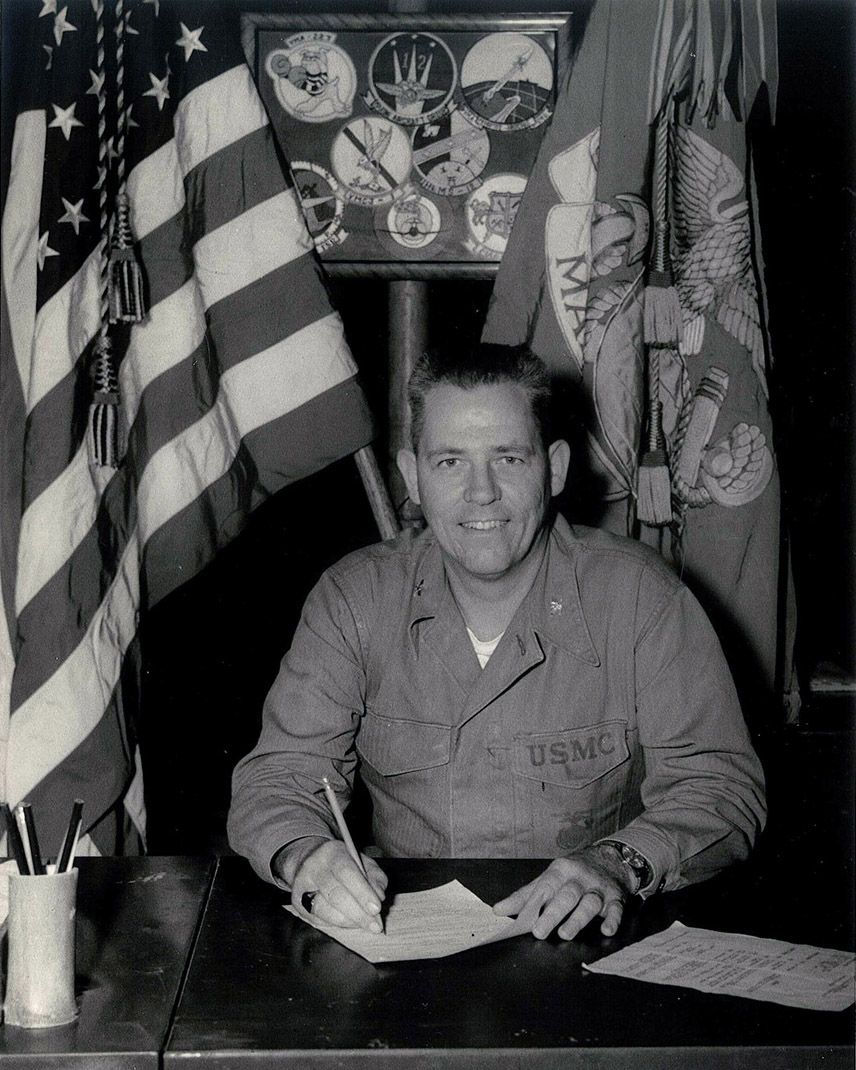
Colonel Henry Allan McCartney
Colonel McCartney is a native of New York, although he was actually born in Montreal, Canada, upon graduation from Houghton College with degrees in Engineering and Sociology, he entered the service in 1941 via the Navy V- 5 Program and became a Marine Corps pilot.
A veteran of two combat tours in Guadalcanal, he had three Japanese planes to his credit plus two probable’s when joining the Black Sheep Squadron. With Boyington’s group, Allan had many encounters with the Japanese air and ground forces. Following Pacific Theater assignments, he joined the Night Fighter Squadron in Vero Beach, Florida for two and half years. This was followed by assignments to Hawaii and China, in 1949 and 1950 he was an exchange pilot with the Royal Air Force in England where he qualified in the Meteor Jet, then followed with two years in the Navy Department Division of Aviation at The Pentagon. He was a flight instructor for the Senior School at Quantico, Virginia in 1956-1959.
The next three years Colonel McCartney was the Naval Attaché in Jakarta, Indonesia, followed by assignments to Japan, the Air War College at Maxwell Air Force Base and then to Willow Grove where he commanded the Reserve Detachment until his retirement in 1966.
Colonel McCartney qualified in prop and jet propelled aircraft aboard the Carriers Boxer and Ticonderoga. He has flown the Corsair F4U, The McDonald Phantom F2H, The Gruman F3D Twin, the F8U Crusader and the British Meteor as well as Stearman’s, DC-3’s and R4D’s.
He told a dear personal friend that in all of his military duties, he never had a bad assignment.
Colonel McCartney retired, lives in Florida and North Carolina. He is a citrus grower and an active church worker in both places, in Chambers of Commerce and in veteran’s benevolence groups; most recently, he and his wife, Evelyn, reorganized a university library in Ruschlikon, Switzerland.
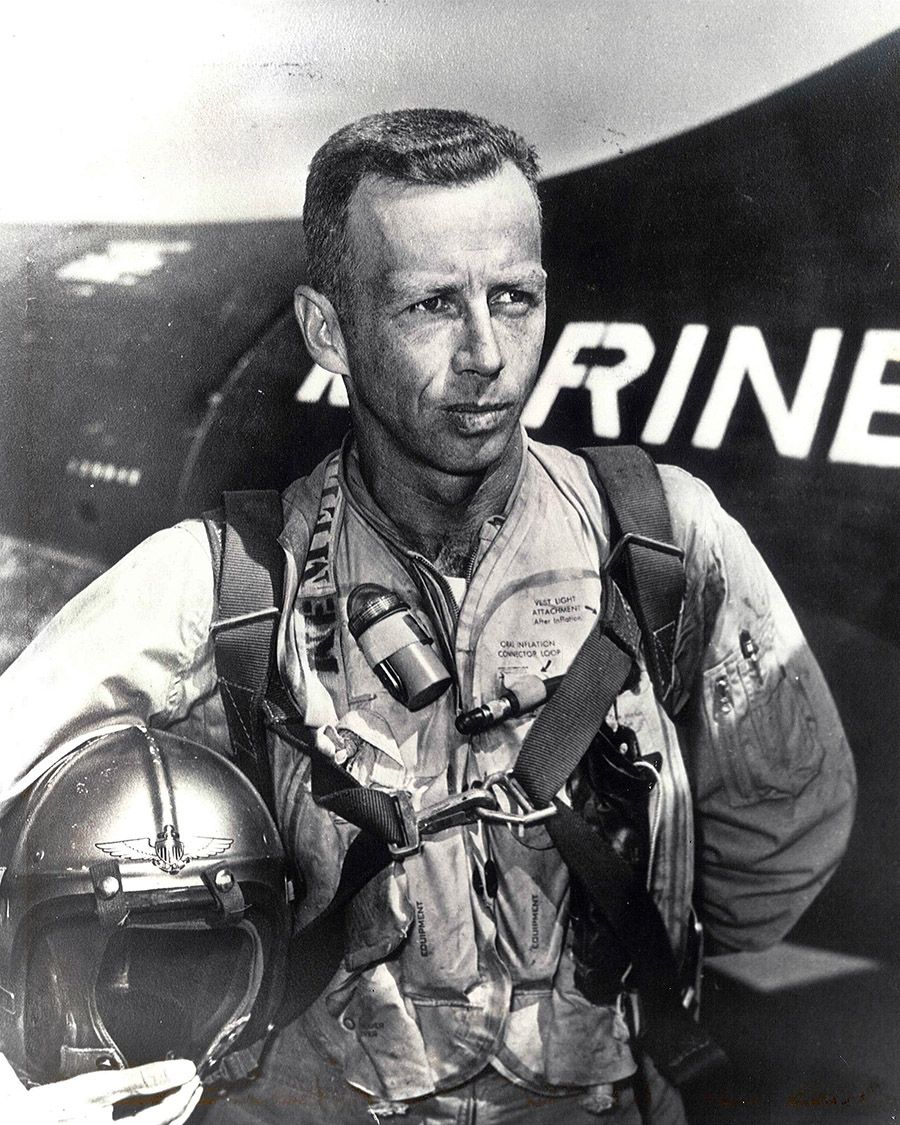
Lieutenant Colonel Ernest Irvine Melin
Lieutenant Colonel Melin was a decorated Marine Corp Aviator, flew combat missions in World War II, the Korean War and Vietnam, fighting for his country. He was commissioned as a second lieutenant in July 1943 and designated a naval aviator and joined VMF-122, which was deployed to the Southwestern Pacific in July 1944. He flew 133 fighter-bomber missions in the Peleliu Island area.
He was assigned to MACG-1 upon returning to the United States. He attended the Amphibious Warfare School in Quantico, Virginia; upon graduation, was assigned to the Air Demonstration Unit at AES-12, MCAS, and Quantico. He joined the Navy Heavy Attack Squadron 5 at Moffet Field, California, which later included duty aboard a Navy carrier in the Mediterranean and at Port Lyautey, French Morocco.
His subsequent assignment included SWDU-1, one of the 1st MAW Gunnery Team, a tour at MCAS in MAG-31 in Miami, Executive Officer of VMF-251 and reconnaissance officer, Royal Air Force in Germany. During the Korean War he was a member of VMF-115 and flew dozens of combat missions. He flew the F4U Corsair; F7F Tiger Cat; F9F Panther; F2H Banshee and the F86 Sabre. He also flew with the baseball great Ted Williams and the former U. S. Astronaut/U. S. Sen. John Glenn in Korea.
Between the Korean War and the Vietnam War, he completed the Armed Forces Staff College and was assigned to the Pentagon as special intelligence briefing officer for the Navy’s 38 admirals during the Cuban missile crisis. He completed a bachelor of arts degree in economics from George Washington University while in Washington. Col. Melin served as the commanding officer of MABS-17 in Iwakuni, Japan during the Vietnam War and flew several missions over Vietnam. His final assignments were as the executive officer of MAG-31, MCAS Beaufort and then as the commanding officer of the entire Marine Corps Air Station at Beaufort, South Carolina.
Lieutenant Colonel Melin’s personal decorations include three Distinguished Flying Crosses, five Air Medals, a Navy Unit Commendation Ribbon, the American Campaign Medal, two Asiatic Pacific Campaign Medals, the World War II Victory Medal, two National Defense Service Medals, two Korean Presidential Unit Citations, the United Nations Service Medal and a Letter of Commendation.
He retired from the Marine Corp and worked for North Carolina Department of Transportation. He also worked as corporate pilot in Hendersonville and taught others how to fly.
He fought for his country, loved his family, his friends and fellow pilots and his God.
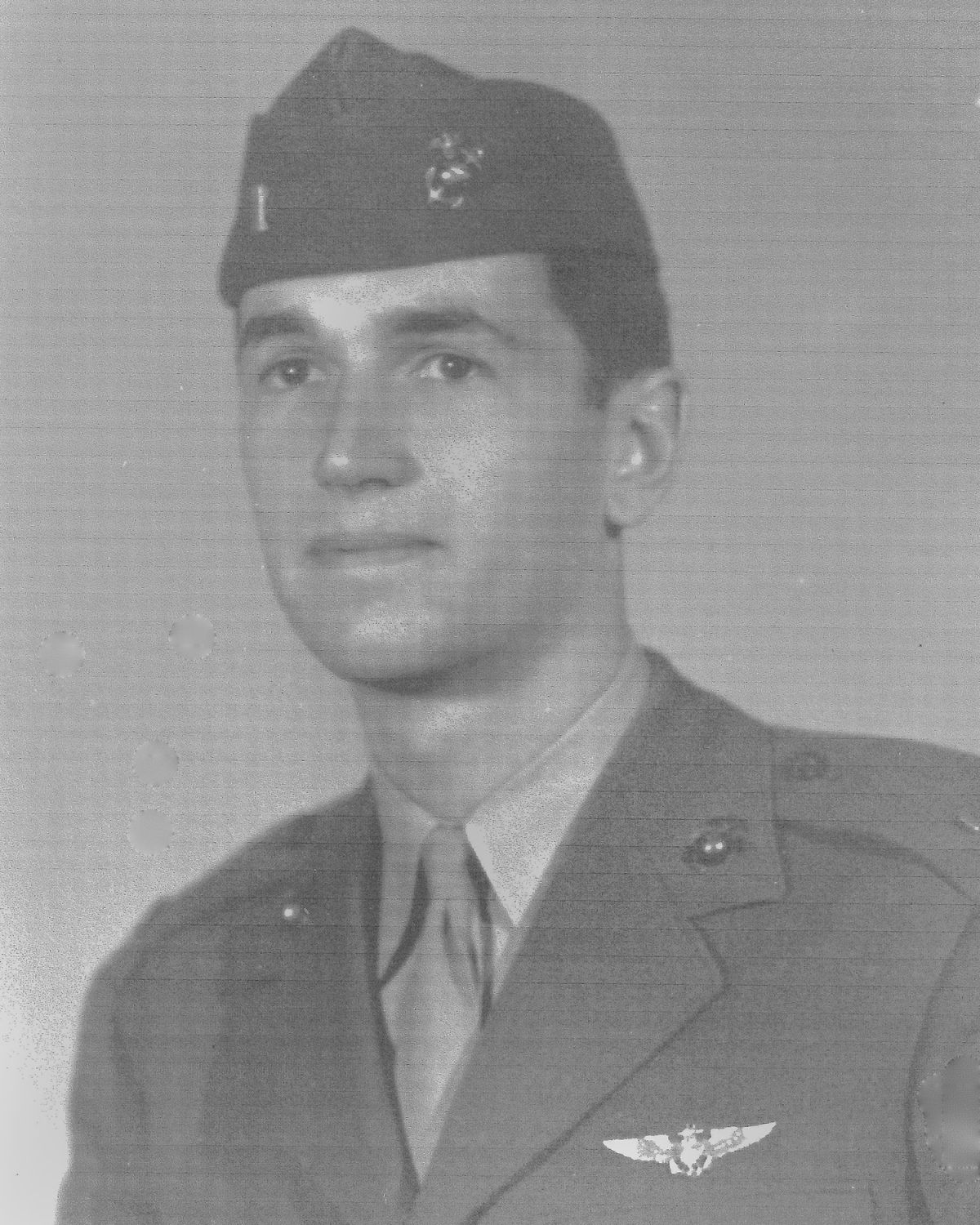
Second Lieutenant Weymouth Symmes
Weymouth Kirkland Symmes was born December 30, 1923 and was raised in Oak Park, Illinois. He was a seventeen year old freshman at Yale University when the Japanese bombed Pearl Harbor.
He was called up for active duty as a Naval Aviation Cadet in March of 1943, as were fifty other Yale men, and began his physical conditioning for flight training at North Carolina Pre-Flight School in Chapel Hill. He honed his basic skills at Olathe, Kansas and Pensacola, Florida. There he was awarded his Naval Aviator’s Wings and was commissioned a Second Lieutenant in the United States Marine Corps.
He was introduced to combat aircraft at Marine Corps Air Station in Edenton, North Carolina where he flew the B-25 bomber which in Navy nomenclature was the PBJ. Following officer operational flight training, he was assigned to Marine Bomber Squadron VMB-621 at Cherry Point, North Carolina where he became exceedingly well trained with a total of 750 hours of flight time before shipping overseas to the South Pacific. A total of fifteen months of Kirk’s two years of training for combat was in the state of North Carolina.
Following a nineteen day troop transport boat trip, he was based on the island of Emirau located one degree south of the equator in the Bismarck Archipelago. He experienced five missions over Rabaul for the Headquarters Squadron of Marine Air Group 61 of the First Marine Air Wing.
Kirk was extremely grateful that President Truman authorized the atomic bomb which brought an end to the war. He was to learn later while flying from a base in the Philippines that his Air Group anticipated eighty per cent losses during the invasion of Japan. He was one of the MAG-61 pilots who flew the PBJ’S back to Hawaii and pilots were home by Christmas.
Lt. Symmes returned to college and graduated in 1948, only to be recalled by the Marine Corps during the Korean conflict. He served fourteen months as a pilot in C119 troop transports in Marine Air Base Squadron 27 in addition to duties as squadron adjutant. The Squadron was based in Cherry Point, North Carolina under the Second Marine Air Wing which was destined to move to the Far Eastern theater should the Korean War accelerate.
He returned to civilian life and spent thirty five years in sales and marketing in the developing computer business. Good fortune gave him the opportunity to end his business career in Asheville, North Carolina. There, retirement was greatly enriched by the Center for Creative Retirement at UNC-Asheville.
Lt. Symmes married Gay Burnett, a graduate of Northwestern University, of Texas. Together they are the proud parents of three children, Sarah, Martha and Will; eight grandchildren.
History of Marine Corps Aviation in World War II by Robert Sherrod notes:
“The most significant innovation in South Pacific aviation in 1944 was the arrival in March of what were, for the Marines, big planes with six-man crews…there seems to have been no special reason for the Marines to have PBJ’s (B-25’s) except that the Army was overstocked by several hundred planes and the Marines would try anything. They were used to being given whatever tools the Army or Navy were tired of or had in surplus.”
United States Navy
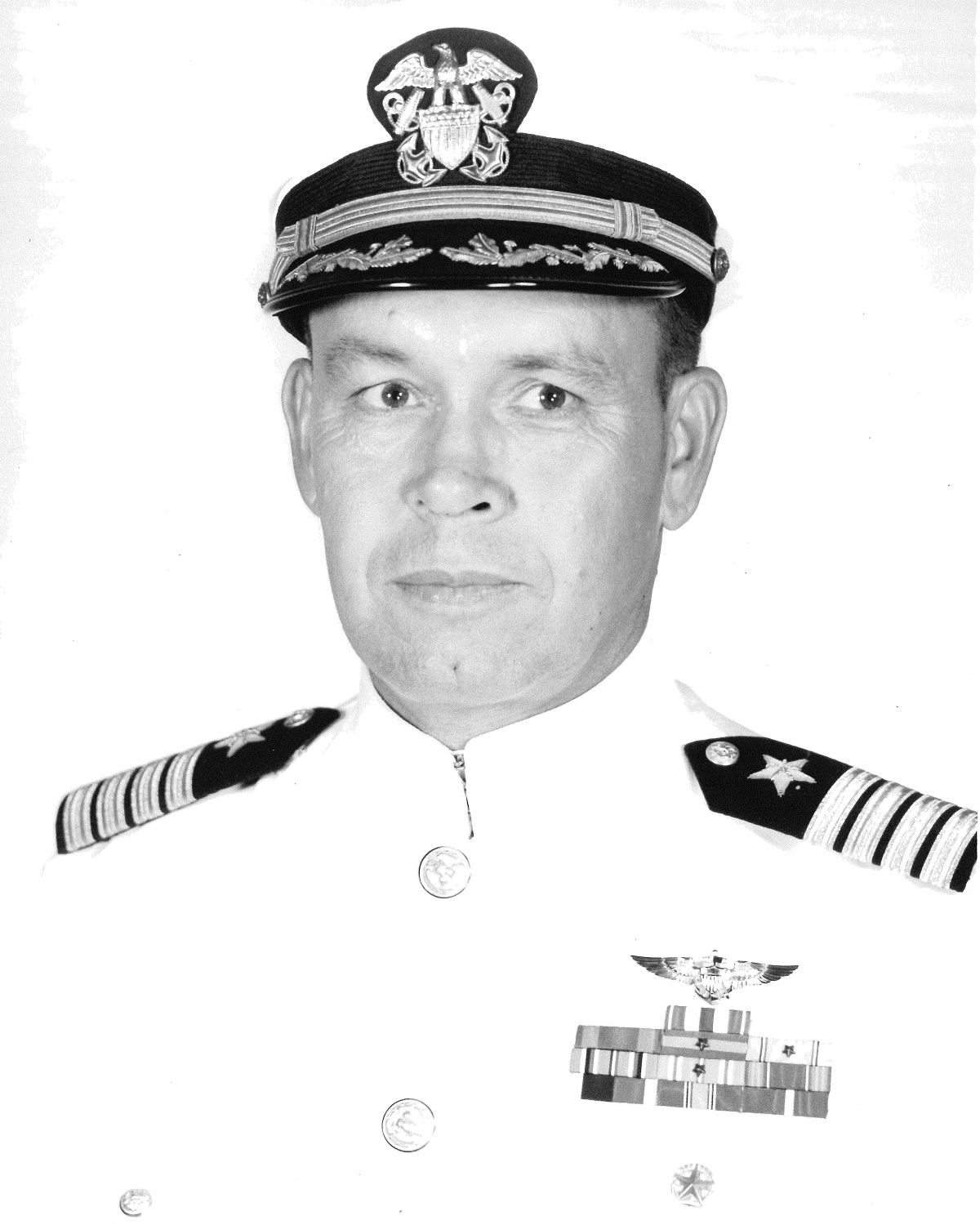
Captain Forrester C. Auman
Captain Forrester C. Auman was born April 26, 1918 in Stargrove, North Carolina. He graduated from High Point College and completed his civilian pilot training in 1940. After receiving commission and Navy wings in July 1941 he was assigned to USS Homer Flying Curtis “Helldivers” by wing dive bombers based in Norfolk, Virginia.
He was sent to the Pacific in March 1942, shifted to SOD Dauntless dive bomber, picked and launched Doolittle raid against Tokyo. Captain Auman and two other members of the Hornet’s torpedo squadron ran out of fuel and was shot down in June of 1942 in the Midway Battle, ditched in the Pacific Ocean and was rescued by a PT boat.
Guadalcanal carrier battles began in August 1942, Wasp sunk in September; he and four others from his squadron were hit by a Japanese carrier and he landed on the Enterprise but his plane was pushed over the side because it was badly damaged. He was awarded the Silver Star and still has the original helmet from zero 20 mm shrapnel.
He returned to regular Navy serving as a landing signal officer (1943-1944) on several air stations and carriers, including a training carrier based in Chicago. In 1945, was assigned to USS Suwannee as LSO in Okinawa after the nuclear weapons were discharged. We were detailed to take a jeep and drive through Nagasaki to try to get the POW’S out to the harbor. He served as Officer of the Deck on the fridge when they didn’t have air operations.
Captain Auman and squadron, Christmas day 1945, put 2000 bunks in the hanger deck and arrived back in Buckner Bay to pick-up Army troops. In 1946, he was promoted to LT. CDR and 2nd in command, arrived in Boston, via Seattle to decommission the ship and in 1947 was negotiator of contracts in the Navy BUAIR in Washington, DC. He attended Navy’s Line school, PG school, Monterrey, California in 1948. He was assigned, in Jacksonville, Florida in 1949 to FXFC of attack squadron to USS Midway. In 1950-1952, Mtd. Cruise, became CO and ground approach control officer of 18 ad Skyraiders-24 pilots and 160 enlisted men.
He flew as CO attack squadron in 1953-1955, assigned to USS Tarawa Med Cruise and operating officer I, F-24-4 Banshee in Atlantic City-night and all-weather squadron. Supplied trained pilots to carriers they were deploying.
In 1955-1957, he was at the Pentagon, Safety Division; 1957-1958-USS Tarawa navigator (Caribbean, South Atlantic and Europe); 1959-1960-Nuclear warfare plans officer—NATO staff Naples, Italy; 1960-1961-Naval War College – Newport, RI.; 1961-1963-Pentagon/Navy nuclear warfare plans. Achieved Master’s Degree from George Washington University. He worked in nuclear warfare plans in 1963-1966; 1966-1968 he was CO NAS in Corpus Christi, Texas 1968-1972 – CO NROTL, Georgia Tech; 1972 retired United States Navy. He became director of campus safety at Georgia Tech 1972-1974; 1979-1997 charter pilot, air ambulance, instructor 11,000hrs. Ramp 66 N. Myrtle Beach, SC. 1997-present, flight instructor Asheville Jet Center, Asheville, North Carolina.
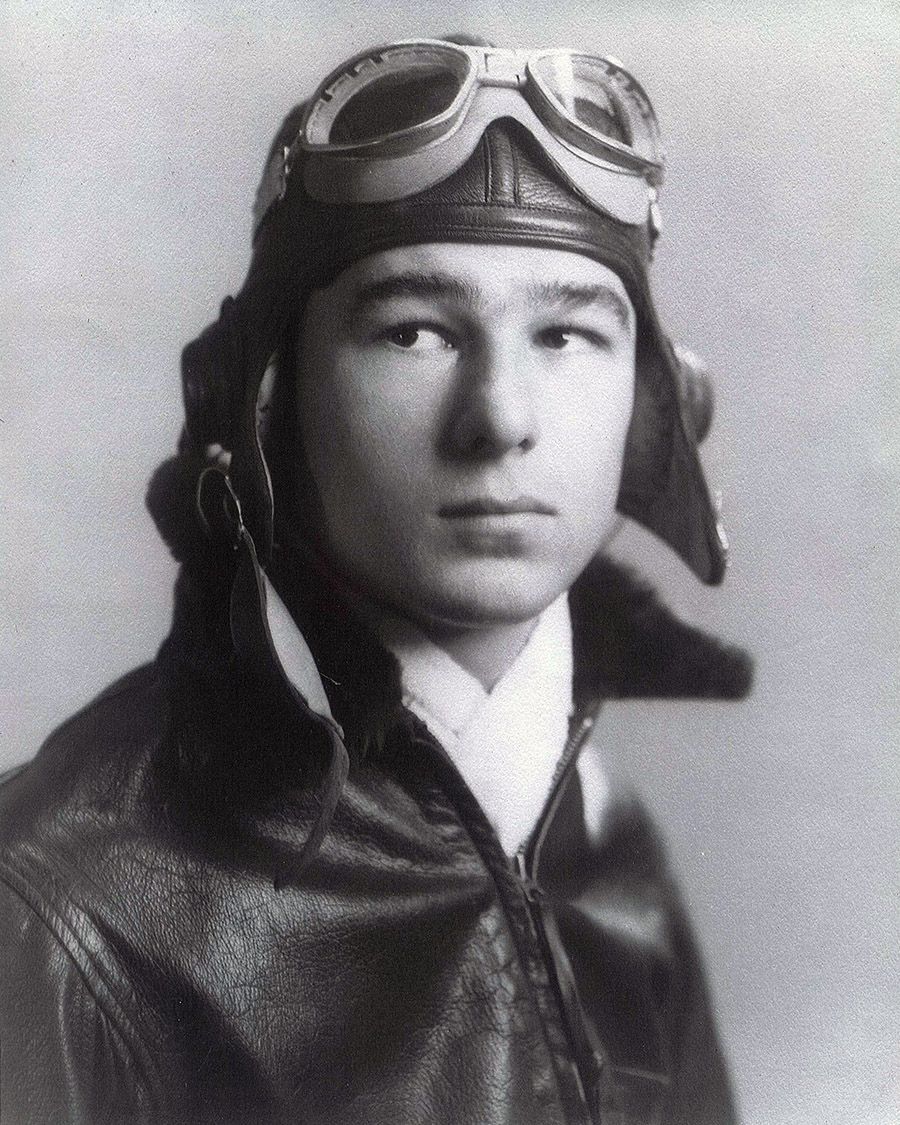
Lieutenant JG Henry L. Ausband
Henry L. Ausband from Asheville, North Carolina had a strong interest in Aviation. At the age of 19, he enlisted in the Navy and was assigned to Tennessee State College and Austin Peay College in Clarksville, Tennessee where he took numerous aviation courses and learned to fly 65 horsepower single-engine Aeroncas.
After completion of his training in Clarksville, he was assigned to Pensacola Naval Air Station where he received his primary flight training, took higher-level aviation courses, and piloted various types of aircraft. Following graduation in Pensacola, Ausband was awarded the “Navy Wings of Gold.” From Pensacola, he was sent to Bomber School in DeLand, Florida where he specialized in Dive Bombing and Torpedo Bombing.
In DeLand, he was approached by an admiral whom introduced him to a new concept of aerial bombing by using the Corsair (F4U). This new concept would eventually create a new Naval air group called “Air Group Baker” that called 100 pilots, Ausband included, to participate. However, due to lack of a ship to accommodate the air group and a turnaround that would soon lead to victory, the air group was cancelled and all pilots, Ausband included, were reassigned.
Ausband returned home to Asheville where he reunited with his wife in December 1945. From there he went to Guilford College where he completed his education.
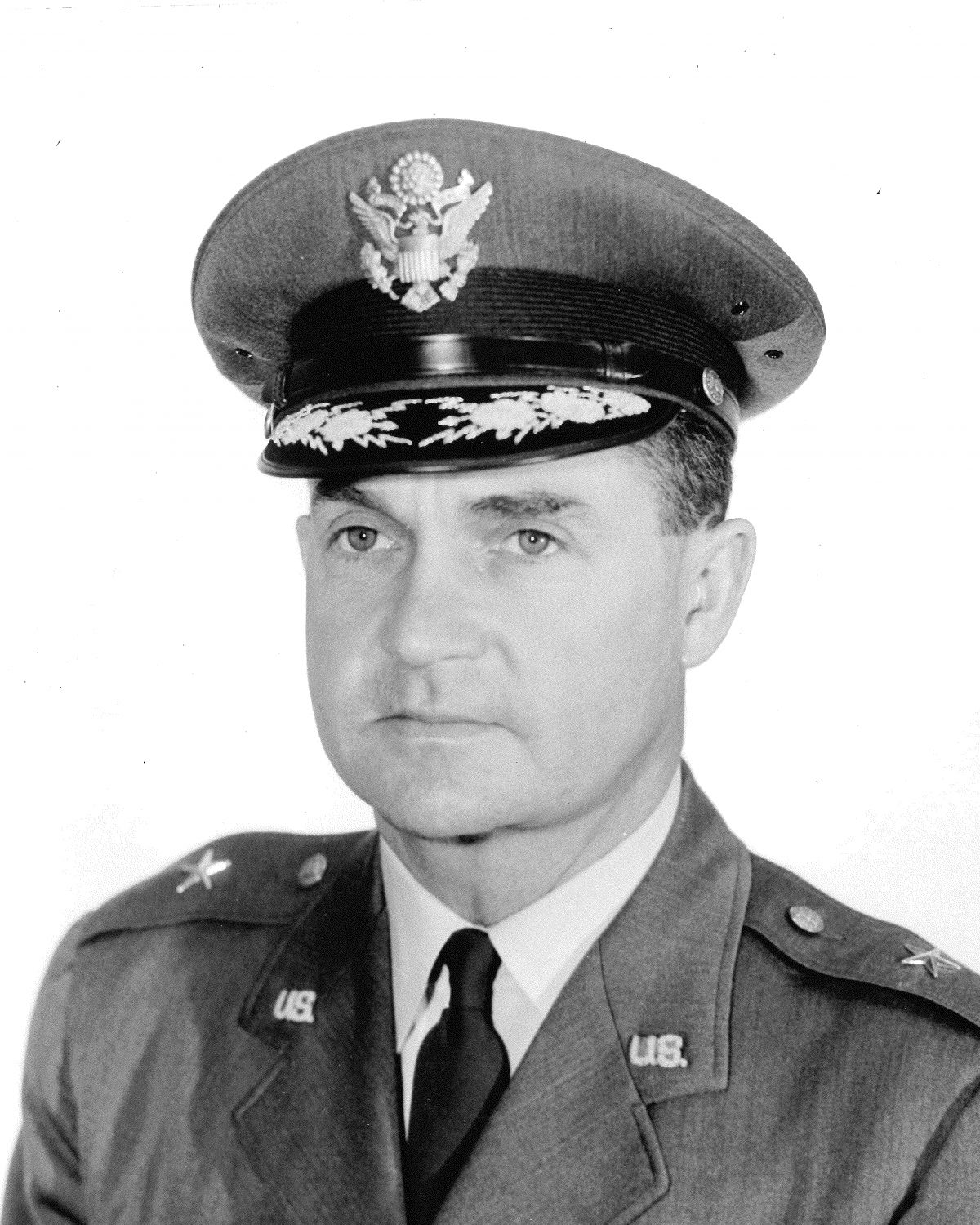
General Ernest H. Beverly
General Beverly is a native of Laurinburg, North Carolina and a graduate of NC State with a degree in Forestry.
He graduated from the Army Air Corps flying school in February 1938 and was quickly assigned to command positions. General Beverly was active in World War II, Korea and Vietnam, specializing in “Pursuit Aviation” flying Boeing P-12’s.
Prior to and during these conflicts he commanded two pursuit squadrons (Puerto Rico & Panama), five fighter groups (Panama, Italy and US), three fighter wings (US & Korea), one Air Defense Sector (Washington, DC) and three fighter divisions (Japan). He was also Director of Operations, Pacific Air Forces for two years during the Vietnam War. From early prop fighter aircraft through recent jet fighters, he has flown over twenty different types of aircraft. General Beverly has also flown many heavy cargo aircraft and bombers including B-17’s, B-25’s, B-26’s and B-29’s.
General Beverly went to Tokyo following his retirement where he worked for fifteen years as Vice President for Hughes Aircraft Company International – Far East. He retired from Hughes in 1980 and moved to Asheville, North Carolina.
General Beverly is a younger brother of the late George Beverly, Sr.
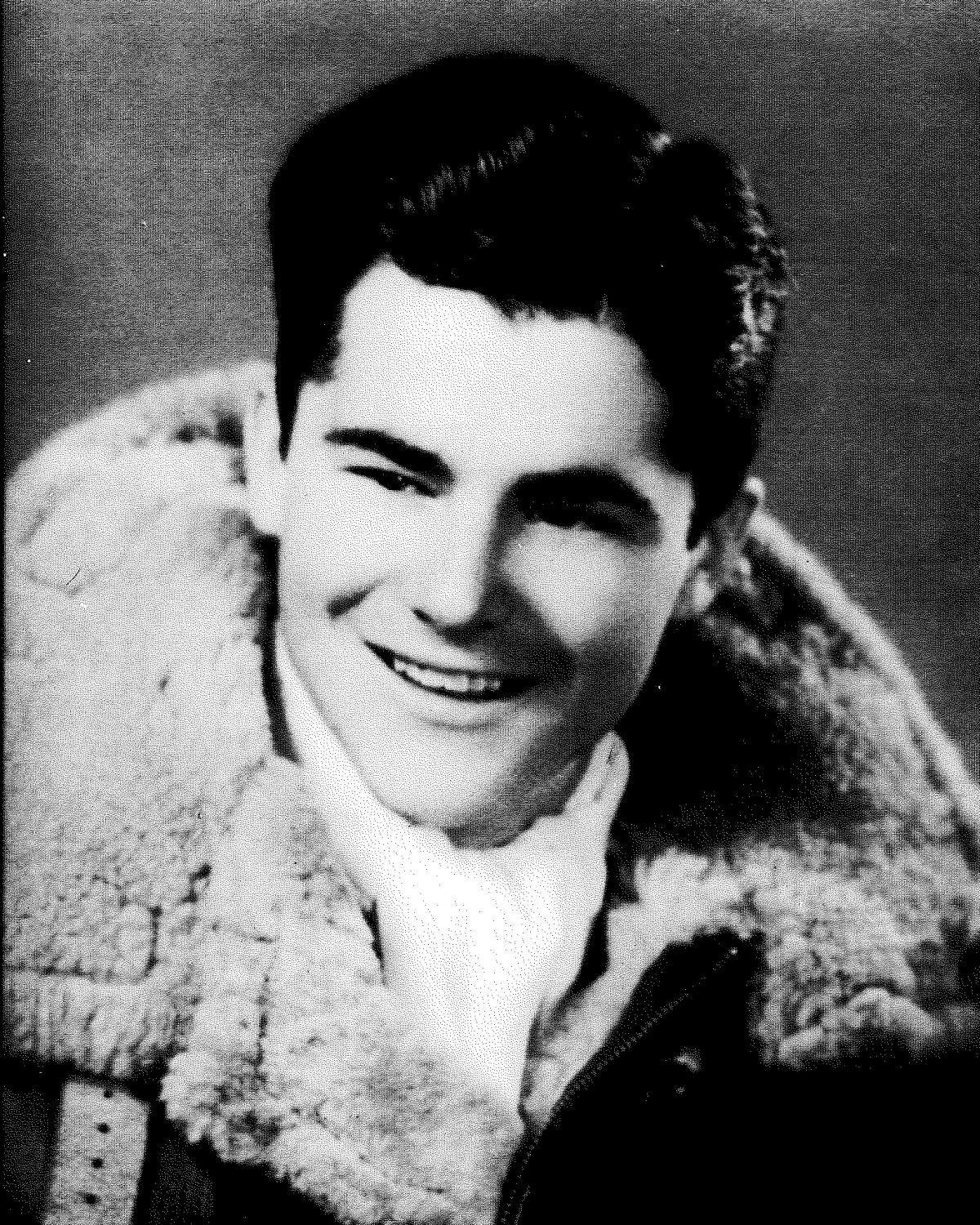
Lieutenant Colonel Edward Blount, Jr.
Lieutenant Colonel Edward Buck Blount, Jr. was born in Asheville, North Carolina.
He was a B-24 bomber pilot in World War II and was stationed in the South Pacific. He later served in the Korean War and Vietnam.
He retired young, in 1966 and is now 87 years young. His family is long-time residents of Asheville, going back quite a few generations. He currently lives in Chunns Cove.
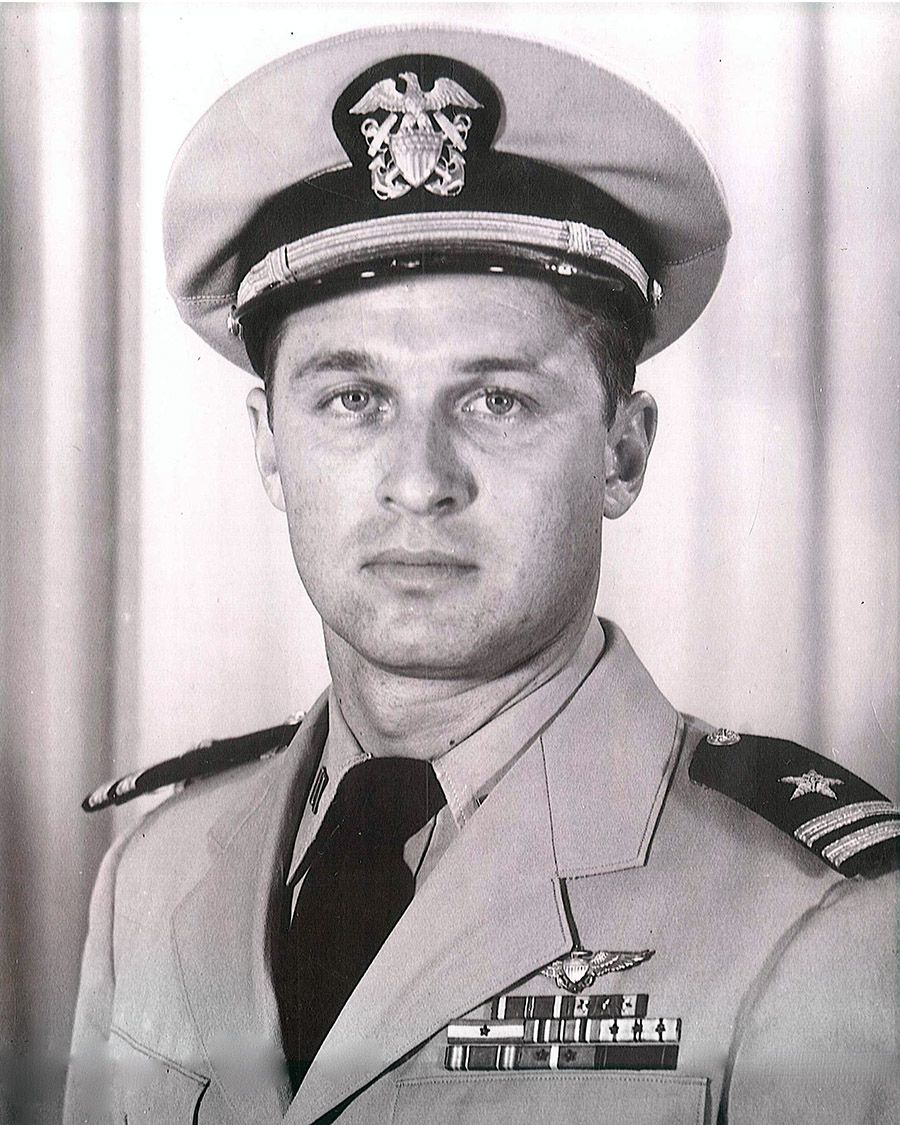
LCDR Walton H. Boring
LCDR Walton H. Boring was born September 27, 1922 in Crouse, NC and learned to fly in the Civil Pilot Training Program in 1941-1942.
He chose to join the Navy and received training at Olathe, KS and Corpus Christi, TX and was designated a Naval Aviator.
He flew 48 missions while serving his Hornet tour and was assigned to Fighting Squadron II “The Sundowners”. They served the USS Hornet from October 1, 1944 to January 25, 1945, during which he was awarded three Air Medals. Boring was awarded the Navy Distinguished Flying Cross after taking two direct hits; while attempting to escape he beached a Japanese tender. He was awarded a Gold Star for obtaining outstanding photographic coverage of the Pescadores.
LCDR Boring returned to Alameda in 1945 and was assigned to NAS teaching combat flying and tactics. He was called to active duty in 1952 and assigned to Fighting Squadron 171 in Jacksonville, Florida flying the twin jet Fh-3 Banshee. The Korean War ended, he was released from active duty September 5, 1953 and returned to North Carolina with his wife and two sons, Tony and Jeff.
He retired and lives in Asheville, North Carolina.
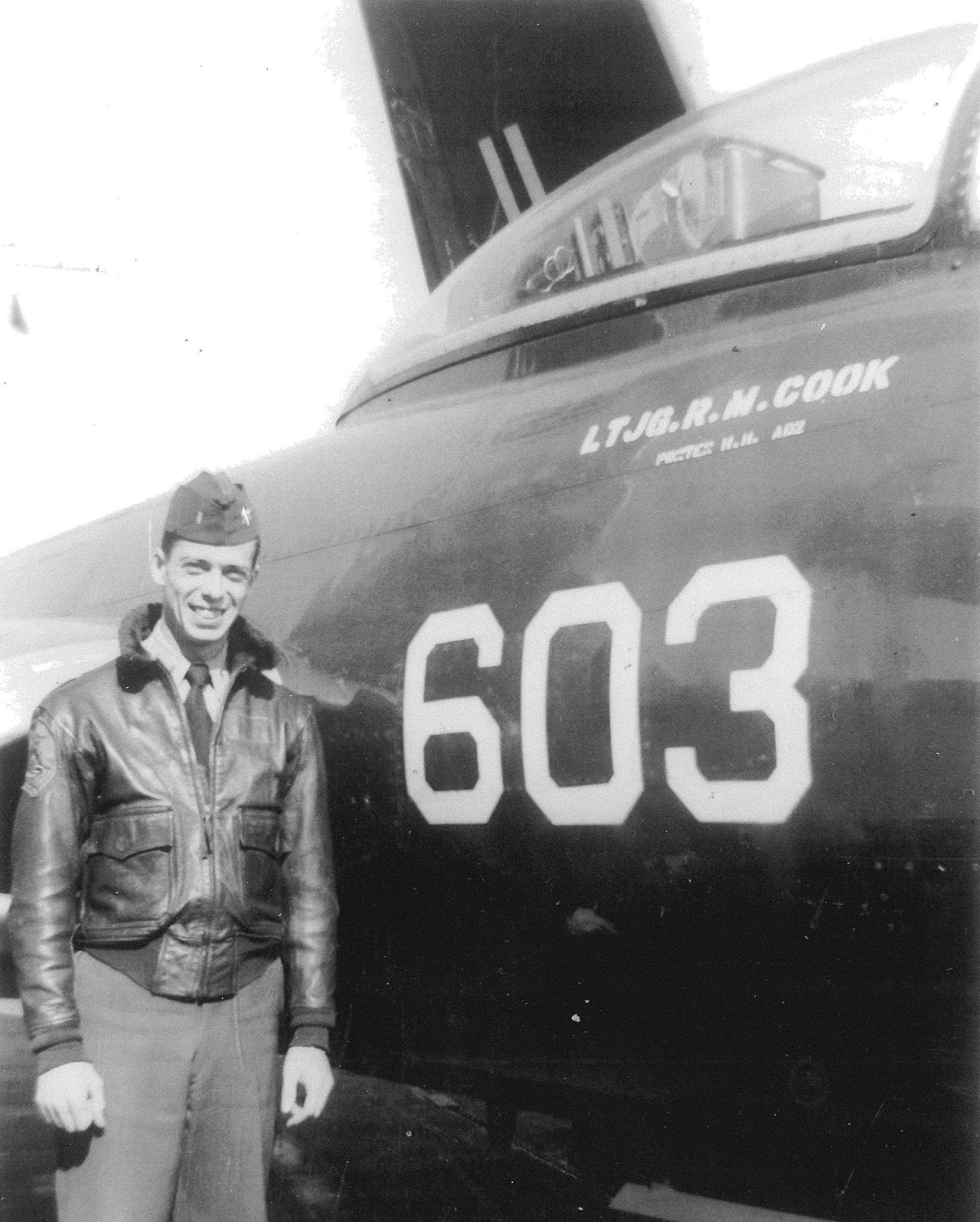
CDR Richard Michael Cook
Michael was born in New York City, New York. He joined the United States Navy June 13th, 1948. He served as a flight instructor, ship’s company aboard a carrier, tours in the Pentagon, executive officer and commanding officer of Fight Squadron VF 111.
He attended St. Joseph’s College in Philadelphia, Pennsylvania; University of Pennsylvania; US Navel Postgraduate School in Monterey, California.
Vietnam Service, Republic of Vietnam Campaign; World War II Victory; European Occupation; National Defense Armed Forces Expeditionary; Air Medal with Twelve Stars; Navy Commendation Medal with Stars; NOC with Stars.
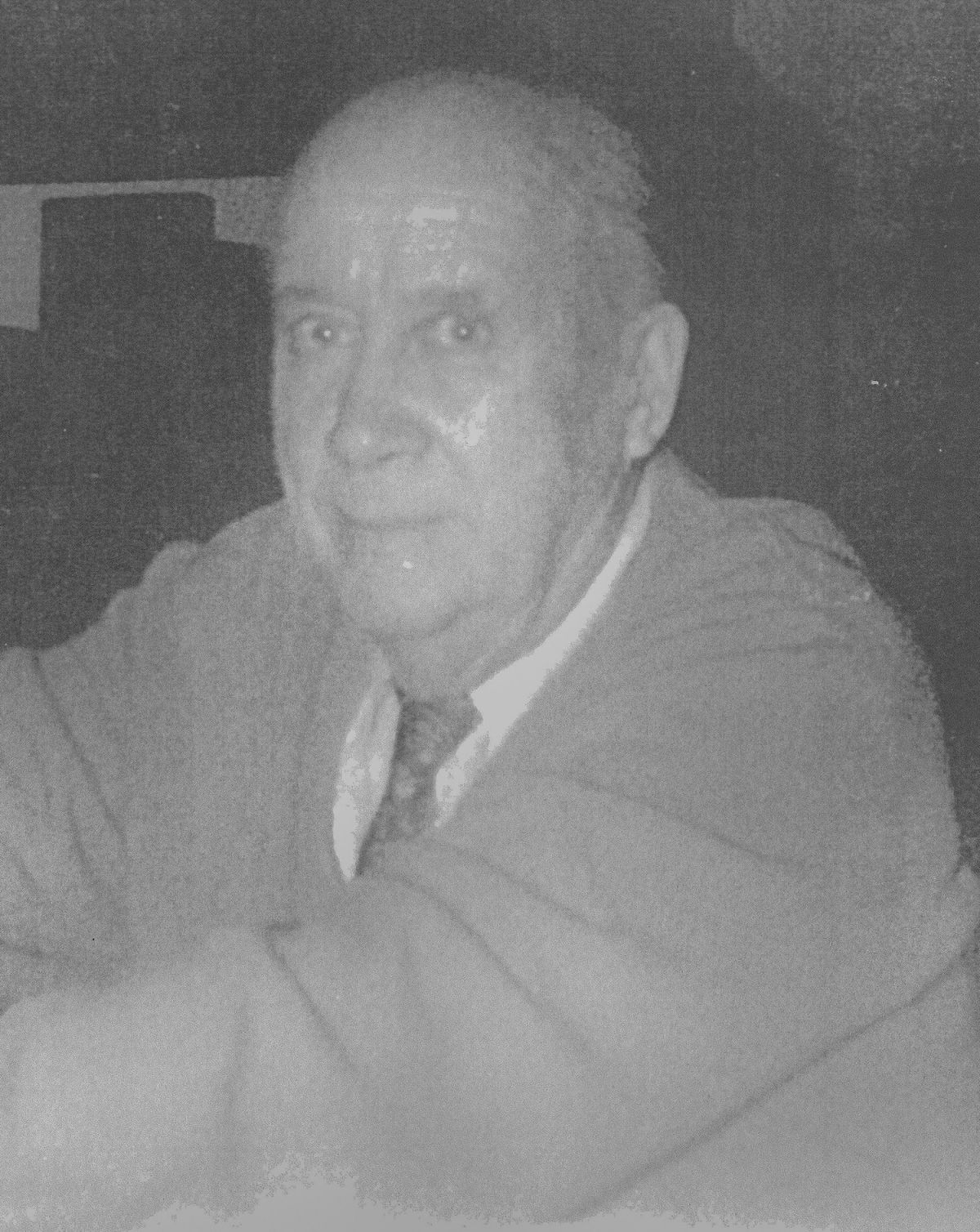
Hillis W. Cunliffe
Born July 17, 1911 in Cary, Maine. Mr. Cunliffe became interested in flying at an early age and became more fascinated when he heard about Charles A. Lindberg.
During high school he trapped and hunted otter, mink and other small animals, selling furs and skins while working in a garage. He earned his flying instructions, studying and practicing while doing local parachute jumping, later joining the “Good Will” flyers as mechanic and parachute jumper. He made his last parachute jump in Gastonia, NC, December 7, 1941 and got his instructor’s rating at that airport.
Hillis and two other instructors moved to Hendersonville and began teaching at the Oscar Myer Airport in 1942. He entered the Navy and was sent to Columbia, South Carolina, at the end of the C.P.T., to train Navy cadets. The flight training program concluded in Columbia and he moved to Rocky Mount, North Carolina, for a position as trainer at “Bevo” Howard, until 1948 when he came back to Henderson County to work as mechanic and pilot at the old A & H Airport.
He went to work at the Black Mountain Airport in 1949 and met Fred Stencil, who was working to develop fast opening parachutes for the military. Stencil Aero Research and Development outgrew Black Mountain airport and the company moved to Arden where Hillis worked until he retired in 1982. The company was sold to Talley Industries of Phoenix, AZ and was moved west. He worked with research and development projects and went west to conduct test.
Hillis was one of the original members of the Skyland Volunteer Fire Department, the WNC Pilot Association and WNC Beekeepers Association. He continued working on airplanes and as flying instructor. He was one of the founders of the Skyland Village Library that later became the South Buncombe Branch of the Pack Memorial Library in Asheville.
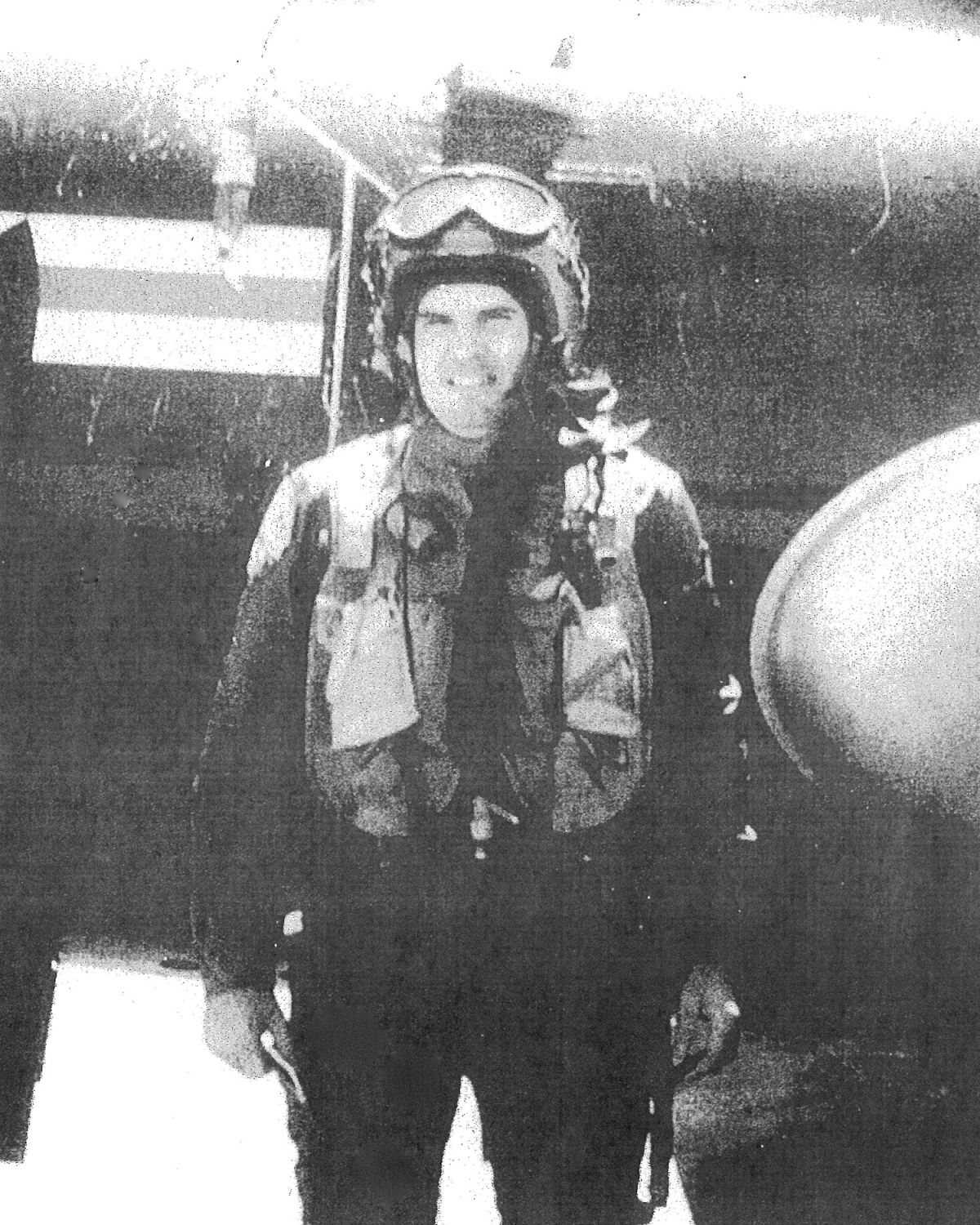
LT Commander William A. Finlay, Jr.
William A. Finlay, Jr. was born January 4, 1925, son of William A., (step-son of) Mary R. Finaly of Asheville. He entered the United States Naval Academy in 1945, graduated in June 1949, acquired a new baby sister about that same time and married Betty Jean Marshburn from Wilmington, NC in December of 1949.
He was officially designated “Naval Aviator” and presented his wings in 1950. In March 1951 he became carrier qualified and stationed on the USS Valley Forge, his squadron was known as the “Sundowners”. The carrier was stationed off the coast of North Korea for the next six months. He flew daily missions during those months as a protective umbrella over the USS Valley Forge.
In 1953, he volunteered for his second cruise aboard the carrier, USS Boxer. He flew 25 missions before the Boxer withdrew to Sasebo, Japan in June of that same year. While the Boxer was being refitted, LT Finaly and his squadron were sent to the USS Champlain off the Korean coast. In July of 1953 he flew 16 missions; July 27, 1953, he flew over Yonpo Airfield and completed the task force final mission in the Korean Conflict. LT Finlay was recognized for this mission and recorded in history as the “Sundowner” who dropped the last Navy bomb in the Korean Conflict.
The squadron was awarded the Presidential Unit Citation, the Secretary of the Navy Commendation and the Korean Presidential Citation.
LT Finlay flew 125 combat missions over two tours. He was awarded six Air medals; an Individual Strike Flight award and a Letter of Commendation with Combat V.
He was a good pilot with an excellent combat record and a fine example of an American Military Officer.
He retired in 1969 as LCDR, as you can probably tell. I am that “little sister” and he was my hero!
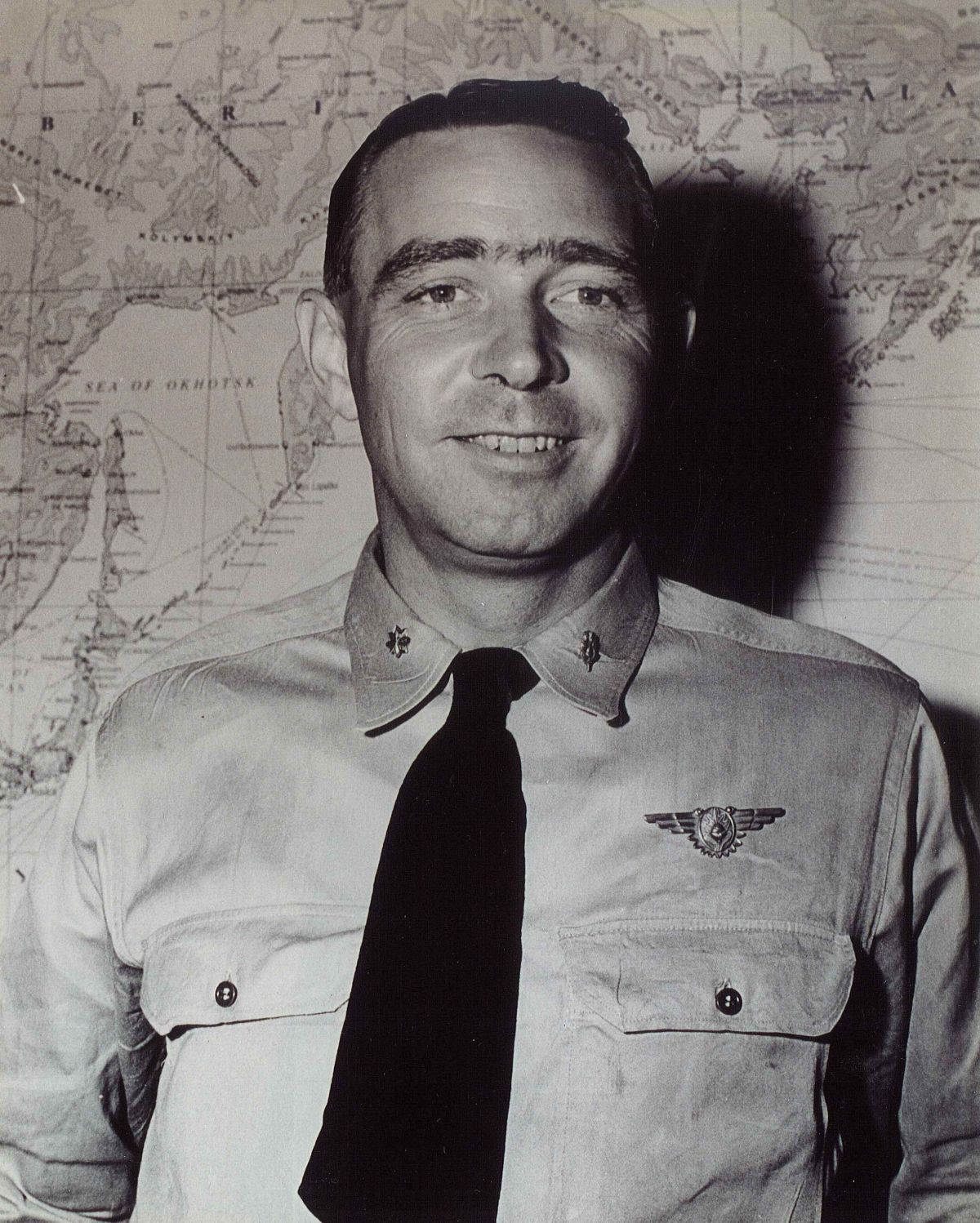
Captain H.E. Hinman, M.D.
Captain Hinman was born in North Stratford, NH. He was a 1929 graduate of Norwich University and received his medical degree from the University of Vermont School of Medicine in 1936.
He moved to Asheville, NC in 1948 and became a specialist in obstetrics delivering about 10,000 infants.
In addition to his medical career, he also served in the military. Following his graduation from Norwich, he was commissioned a 2nd Lieutenant in the Cavalry in1940; he joined the Navy Medical Corps as a lieutenant junior grade attending flight surgeon training in Pensacola, FL.
He was assigned to the Pacific theater where he pioneered a revolutionary method of air/sea rescue and evacuation which saved thousands of wounded Americans. He was one of the first Naval flight surgeons to jump with USMC paratroopers. He maintained his role in the military by serving the National Reserve.
Captain Hinman was recalled to active duty during the Korean conflict and retired in 1968. His military career was recognized by his receiving numerous military awards and citations including the Bronze Star.
He was also a hero in the medical field before his retirement in 1975. Following his retirement, he served as Buncombe County medical examiner, county jail physician and as ring physician at wrestling matches in the City Auditorium. He was widely respected by his contemporaries and well-loved by his patients. He never turned patients away regardless of their means, often providing medical care to those who otherwise would not have been able to afford treatment.
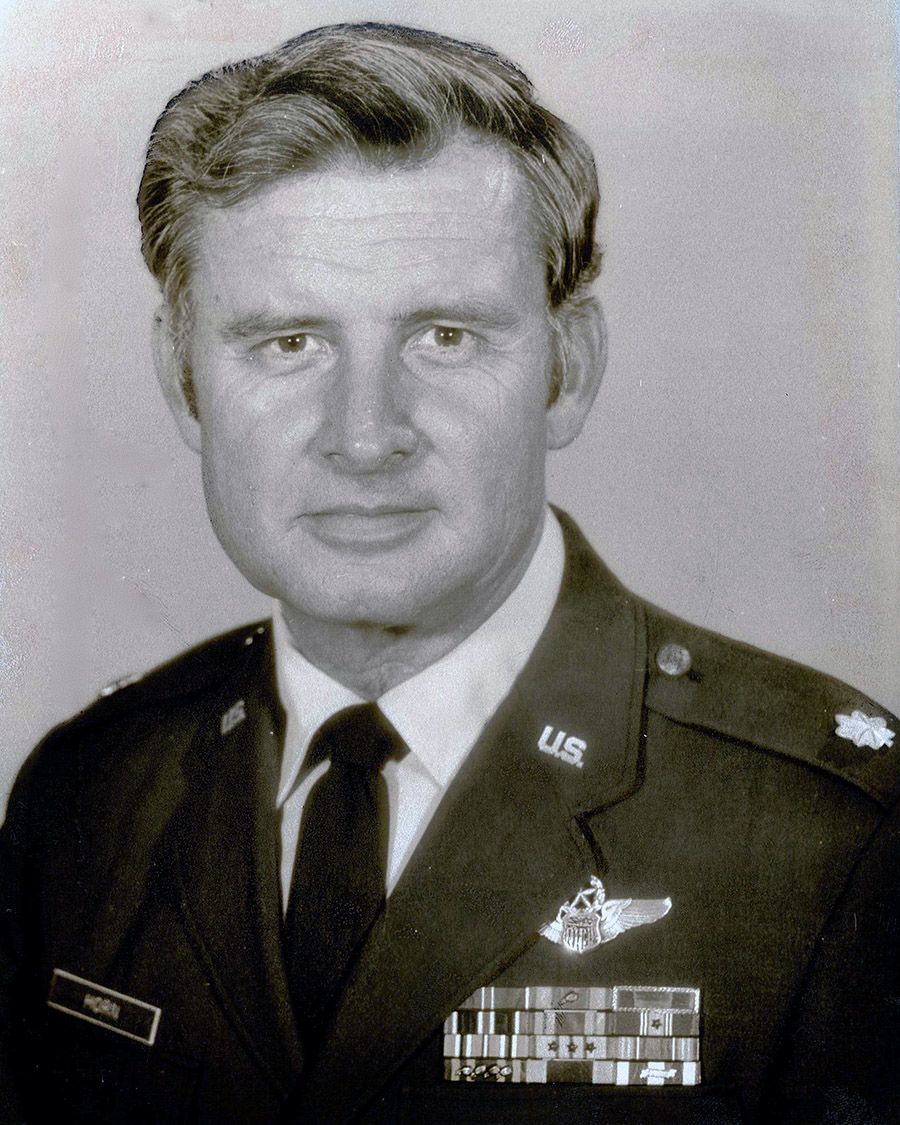
Lieutenant Colonel Steve Horn
Lieutenant Colonel Horn was born in Forest City, North Carolina June 26, 1927. He attended Mars Hill College, University of North Carolina (Chapel Hill), University of Nebraska and UNC-A.
He joined the Navy in June 1945 to August 1946 and was honorably discharged as Seaman, First Class.
He worked as an announcer at WBBO, Forest City, NC in 1950; KTLW, Texas City, Texas as and announcer and Program Director in 1951 and WWNC, Asheville, NC 1952.
He joined the Air Force, commissioned June 1950; active duty August 1952 as Public Information Officer; entered Flight Training 1953 at Goodfellow AFB, Texas. Wings in 1954. He retired July 1973 as Lieutenant Colonel.
USAF Aircraft flown: Aeronca L-16, North American T-6, T-39 and TB-25J; Boeing WB-29, WB-50D, B-47E, B-52G and D and KC-135; Lockheed T-33; Douglas C-47, C-118A,C-124C; Convair T-29; Cessna U-3B and Sikorsky H-19D.
Civilian Aircraft flown: Cessna 120 to Pressurized Turbo 210, Cessna 310, Cessna 414; Piper J-3 Cub, Piper Cherokee 140, 180, 300-Six; Comanche 260, Arrow, Dakota, Beechcraft S35 Bonanza, Sierra, Sport, Debonair, Citabria, Aerospatial Rallye 235, Bellance Super Viking and Gunman Tiger.
Total Flight Time: 8,000 hours.
After retirement, Lieutenant Colonel Horn managed Fixed Base Operation and Acting Airport Manager at Nut Tree Airport in Vacaville, California in 1974-1981. Technical Writer, then Chief of Publications for Lear, Inc at Reno, Nevada. He wrote Pilots’ Operating Handbook for LearFan 2100. He is also a member of American Aviation Historical Society, Air Force Association, Retired Officers Association and a Charter Member of WNC Air Museum.
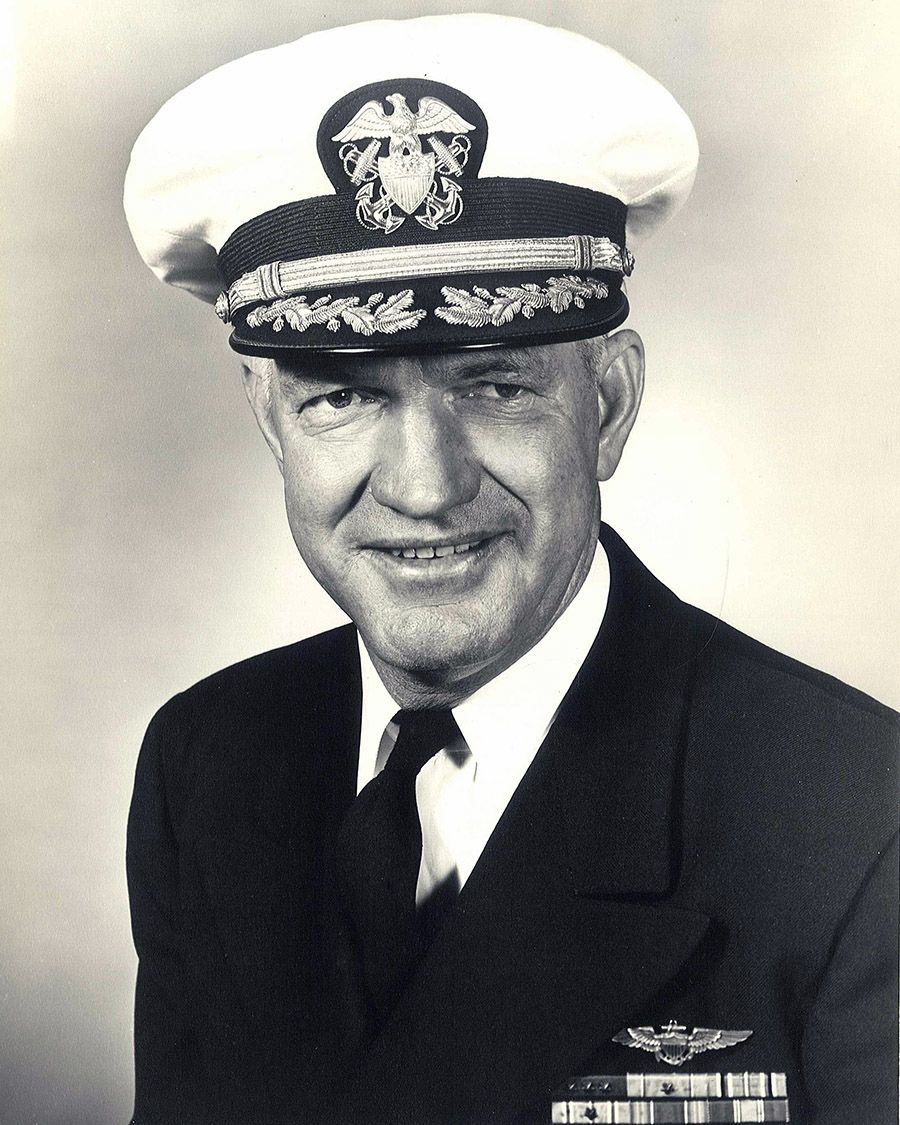
Commander Robert M. Israel
Colonel John W. Thomas was born September 11, 1930 in Walhalla, South Carolina.
Robert M. Israel was born in Asheville, North Carolina March 23, 1911. Enlisted in the Navy October 4, 1929 in Raleigh, North Carolina.
He married Lela J. Nanney on October 10, 1932 and is now in 61 plus years. She joined him in Kaneohe, HI three days before the Japanese attacked Pearl Harbor. About two weeks later while towing a target for gunnery practice, his plane was hit three times by a burst of fire from a mesmerized Boatswain Mate.
Commander Israel enjoyed playing basketball until he was 37 years old and numerous fishing trips throughout the 28 years on active duty including a 98 pound “ulua”. He retired to Key West, Florida on May 1, 1957 in the permanent rank of Commander, Limited Duty Officer, Aviation Operations having accumulated 12,598.8 flight hours.
His enlisted ratings were: AMM3C, AMM2C, AMM1C and ACMM; designated NAP on December 13, 1937, NAP Number 10-38, in Flight Class 99E. Discharged and Commissioned on March 21, 1942 and designated Navel Aviator on May 30 1942, Number 13455.
Commander Israel’s medals: World War II – Asiatic Pacific Campaign – Bronze Star; American Campaign; American Defense – Bronze Star; US Navy Good Conduct Medal – 3 Bronze Stars; Earl Harbor Commemorative Medal - “50th Anniversary.”
He retired to his 700 acre farm in Old Fort, North Carolina, with Rainbow Trout Lake and raised Black Angus cattle from 1957 to 1968; personally built a second home on the Florida Keys and enjoyed fishing there.
In 1978, he moved making his second home to Biloxi, Mississippi and then returned to the farm in Old Fort in 1983.
The Israel’s’ moved to New Bern, North Carolina in 1986 to be near family.
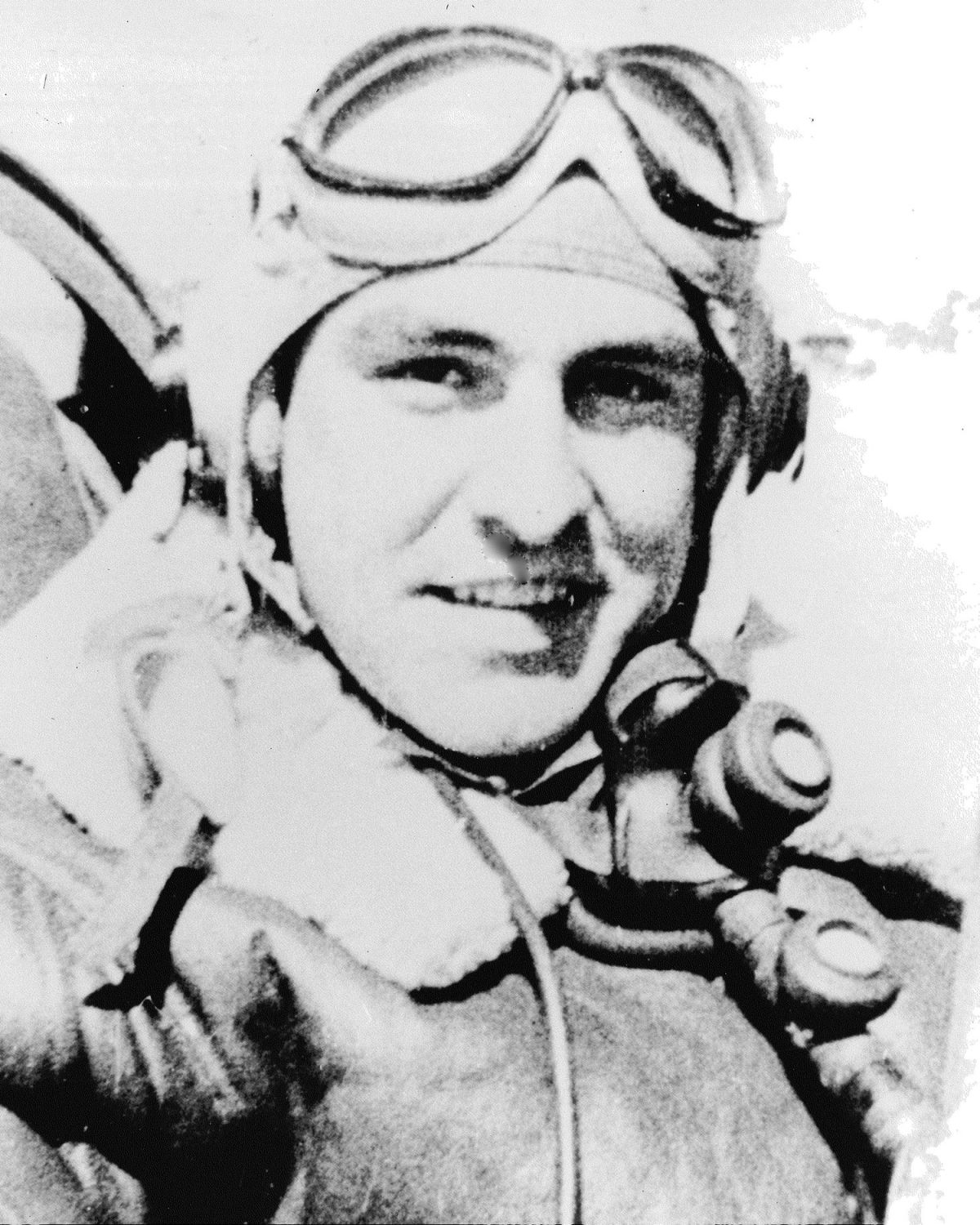
Flight Leader C. Joseph Rosbert
Flying Tiger ace Joe Rosbert was born in Philadelphia, Pennsylvania on January 19, 1917. He earned a scholarship to Villanova College and graduated summa cum laude in 1938 with a bachelor of science degree in chemical engineering. A year later he entered the United States Navy for Naval Aviation Cadet Training; received his wings and commission as Ensign at Pensacola in April of 1940. He was assigned to patrol bomber duties and served at Sand Point in Seattle, Washington and later North Island near San Diego.
Naval Aviation grew rapidly in the military expansion before World War II; Ensign Rosbert became a PBY aircraft commander, a rare achievement for a young pilot. However, when a recruiter for the American Volunteer Group came through in the summer of 1941, he opted for the adventure of becoming a fighter pilot for the Chinese. He was released from his reserve commission and arrived in Rangoon, Burma in late summer and began transitioning into the Curtiss P-40.
He was assigned to the AVG’s First Pursuit Squadron (“Adam & Eves”). He was in the first AVG combat on December 20, 1941 against ten Japanese bombers over Kunming during which four were confirmed destroyed, shared by twelve AVG pilots. He then deployed to Rangoon in January 1942 to help defend the Burmese capital.
He scored his first aerial victory on February 15, downing a Ki-27 “Nate”, and claimed another probable at 1700 over Rangoon. The following day he shared in destruction of two aircraft on the ground in a raid on a Japanese-held airfield and shot down three more “Nates”. Rosbert became an ace on June 12 when he destroyed two Japanese light bombers in the Kweilin area. On July 4, when the USAAF’s 23rd Fighter Group was scheduled to take over from the AVG, Rosbert stayed on for an additional two weeks at Chennault’s request, after which he joined the China National Aviation Corporation to fly supplies over the Hump. During the last of his 150 trips over the Himalayas, Rosbert crashed at 14,000 feet and was missing for two months.
Leaving the CNAC, he joined Bob Prescott and eight other Flying Tigers to form the Flying Tiger Air Line, in 1945. Shortly after, he rejoined Chennault at his request to fly for Chennault’s newly established Civil Air Transport. He remained with CAT for thirteen years, becoming vice-president of the diversified airline which became part of the CIA covert operation in the Far east and many other parts of the world including Bay of Pigs. His Tally Record: six (6) confirmed and one (1) probable.
In 1960, Rosbert and his wife, Lydia opened a hotel and restaurant on the Spanish island of Majorca. They returned to the United States in 1972 and settled down in North Carolina to become a writer, publishing “Flying Tiger Joe’s Adventure Story Cookbook” 1985 and “The Pictorial History of Civil Air Transport”, in 1990.
Surviving members of the American Volunteer Group, better known as the “Flying Tigers”, gathered in the Dallas suburb of Addison, Texas on December 5-9, 1996, to share memories with old comrades and to receive, finally, medals from the United States government, until the event, the American Volunteer Group was never recognized or acknowledged as an entity by any branch of the United States Government.
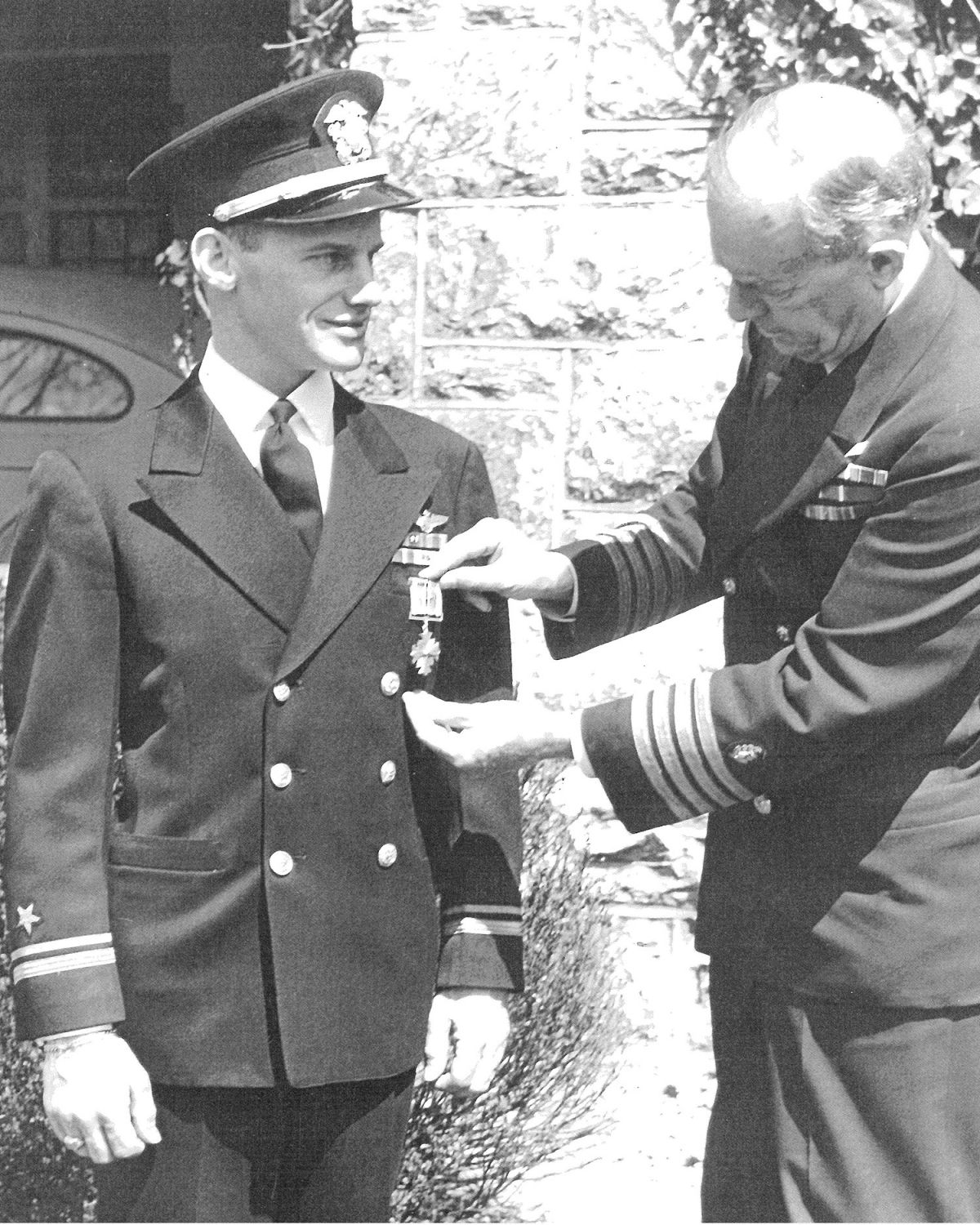
Lieutenant John Q. Schell, Jr.
Lieutenant John Schell is a native of Asheville, North Carolina.
He entered the Navy at the beginning of World War II through the V-5 Officer Training Program. He received his flight training at Pensacola, Florida and in California.
Following a period of duty in San Diego, California, he was assigned to the Photo Reconnaissance Group based in Guam, where he flew PB4Y-1’s in information gathering missions over all of the Pacific Islands marked for recapture from the Japanese. He was flying over IWO JIMA on D-Day. He was awarded the Distinguished Flying Cross and the Air Medal with two stars.
In 1946, Lt. Schell completed his war time duties and resumed his association with the Asheville Citizens Times Publishing Company where he successively became treasurer, general manager and then vice president of the organization until his retirement in 1987.
Lt. Schell has thoroughly invested himself in public service. He served on the Asheville City School Board for eleven years; served as a trustee on the board at Western Carolina University for twelve years and was Choir Director in his local church.
His hobby was golf!
French Foreign Legion Infantry
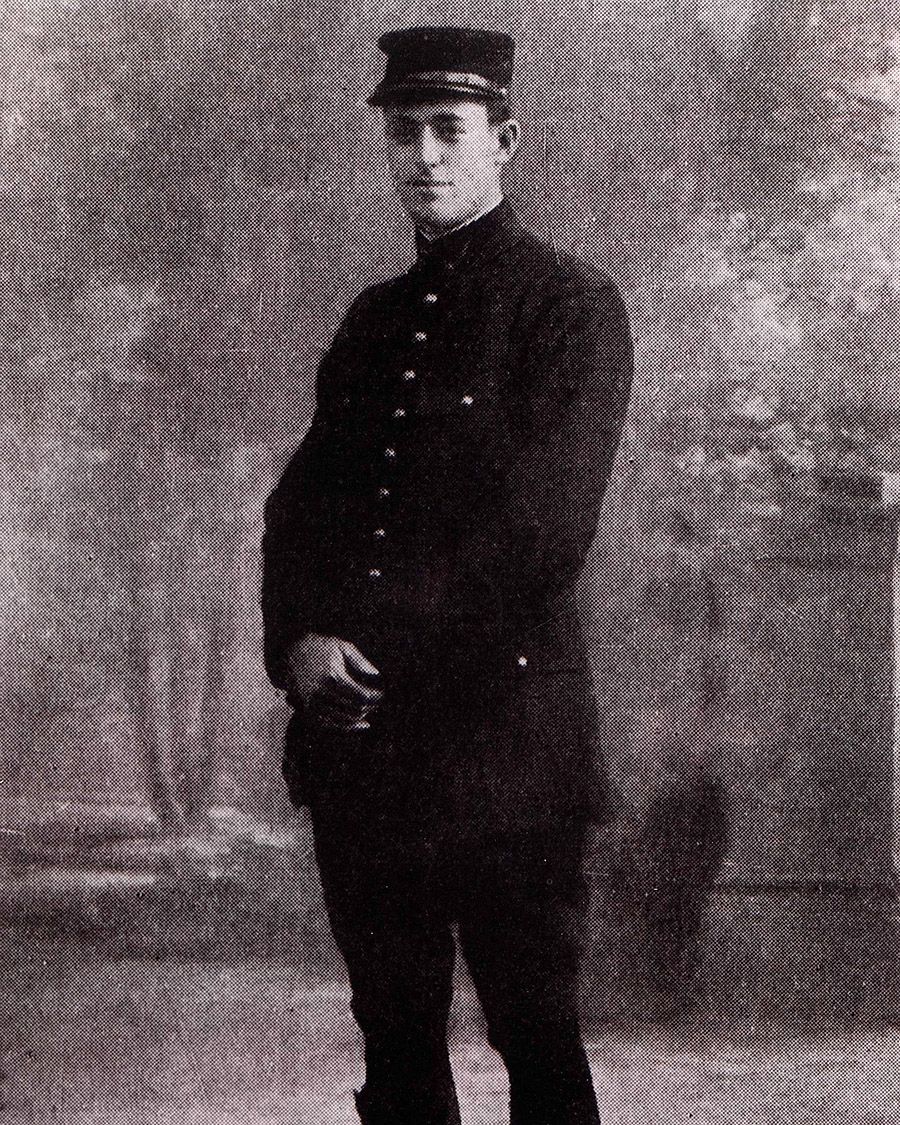
Sergeant Kiffin Yates Rockwell
Sergeant Kiffin Yates Rockwell was a native of Asheville, North Carolina and was probably the first American to offer his services to France against the Germany aggressors. He was a born soldier, both his grandfathers, Captain Henry Rockwell of North Carolina and Major Enoch Shaw Ayres of South Carolina were officers of the Confederate Army and a more remote ancestor was a captain on General Washington’s staff during the Revolution.
His nature was made up of the simple virtues of a mediaeval warrior; pride amounting almost to sensitiveness, energy, determination, dauntless courage and unbounded faith in the justice of his cause. . His reasoning which led him to enlist, a great war was about overwhelm Europe; France was preparing to defend her frontiers and republican ideals against an aggression which menaced all human liberty; one’s course was clear—one must enlist to fight for France. The flame of his idealism never for an instant flickered. When he had come to know all the squalor and disillusion of war, he wrote his mother: “If I die, you will know that I died as every man should…in fighting for the right. I do not consider that I am fighting for France alone, but for the cause of humanity, the most noble of causes.”
On August 3, 1914 he wrote to the France Consul at New Orleans: “I desire to offer my services to the French Government in case of actual warfare between France and Germany, and wish to know whether I can report to you at New Orleans and go over with the French reservists … or must go to France before enlisting. I am twenty-one years old and have had military training at the Virginia Military Institute. I am very anxious to see military service, and had rather fight under the French Flag than any other, as I greatly admire your nation. If my services can be used by your country, I will bring my brother, who also desires to fight under the French Flag.”
In August, 1914, accompanied by his brother, Paul, Rockwell crossed to France and enlisted in the Foreign Legion. From the beginning, his record of service was a splendid one -months of dreary trench life with the infantry did nothing to diminish his enthusiasm or fighting spirit. On May 9, 1915, when the Legion stormed La Targette, he was severely wounded in the thigh, and transferred to the Aviation after a long period of convalescence. Following his flight training in France, he is credited with downing the first enemy plane. Rockwell himself was the first American causality in the air war over Germany in 1916.
Rockwell’s brief and splendid life was ended by the most glorious of deaths-struck down in the heat of combat. His loss was an irreparable one to the Escadrille Lafayette for he was a rare combat pilot and his chivalrous and romantic example brought out the finest qualities in his companions. His funeral was worthy of his life and death; in attendance were fifty English pilots and eight hundred R.F.C. mechanics, a regiment of French Territorial’s, a battalion of Colonials and hundreds of French pilots and mechanics marched behind his bier. At the grave, Captain Thenault said: “When Rockwell was in the air, no German passed….and he was in the air most of the time….The best and bravest of us all…is no more”.



